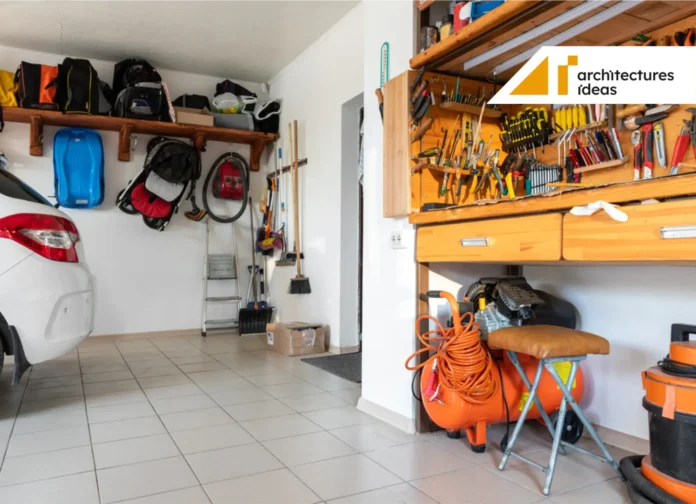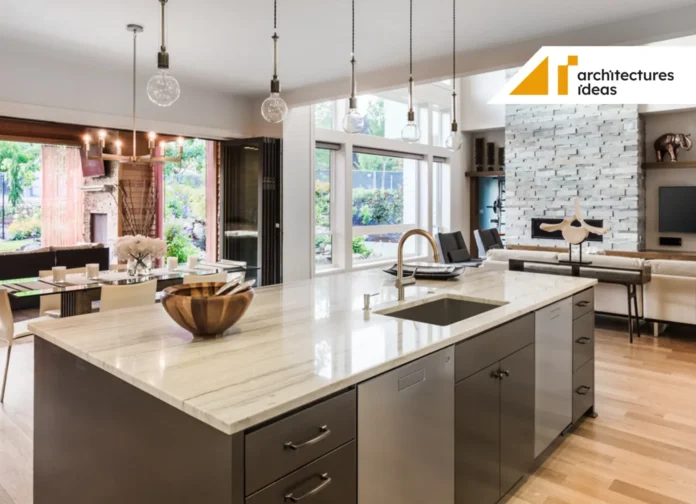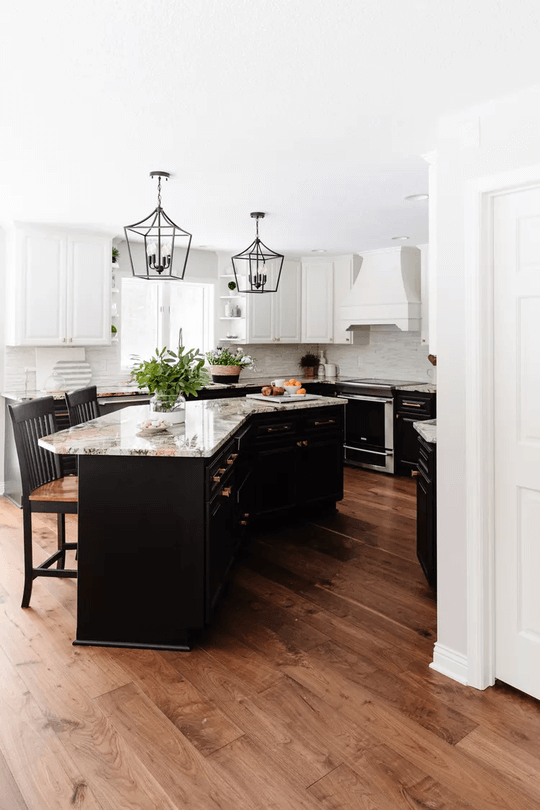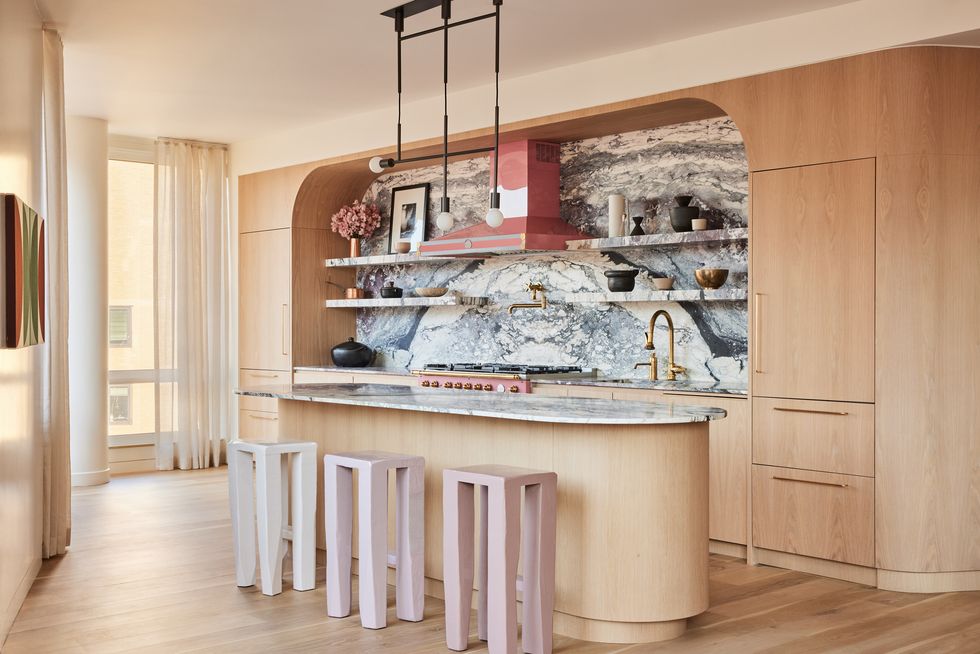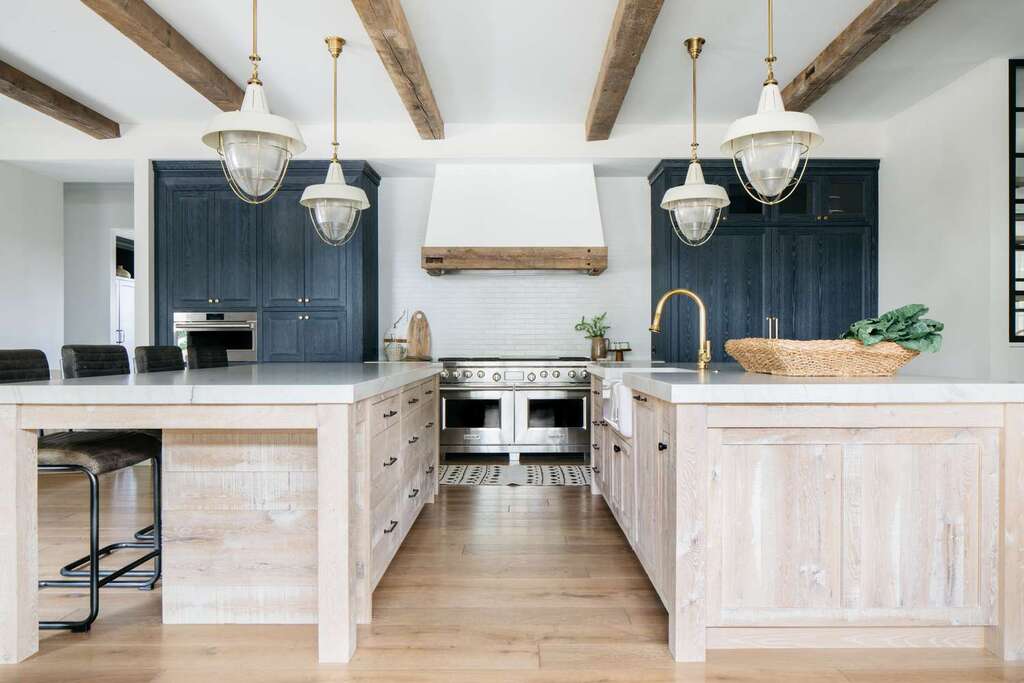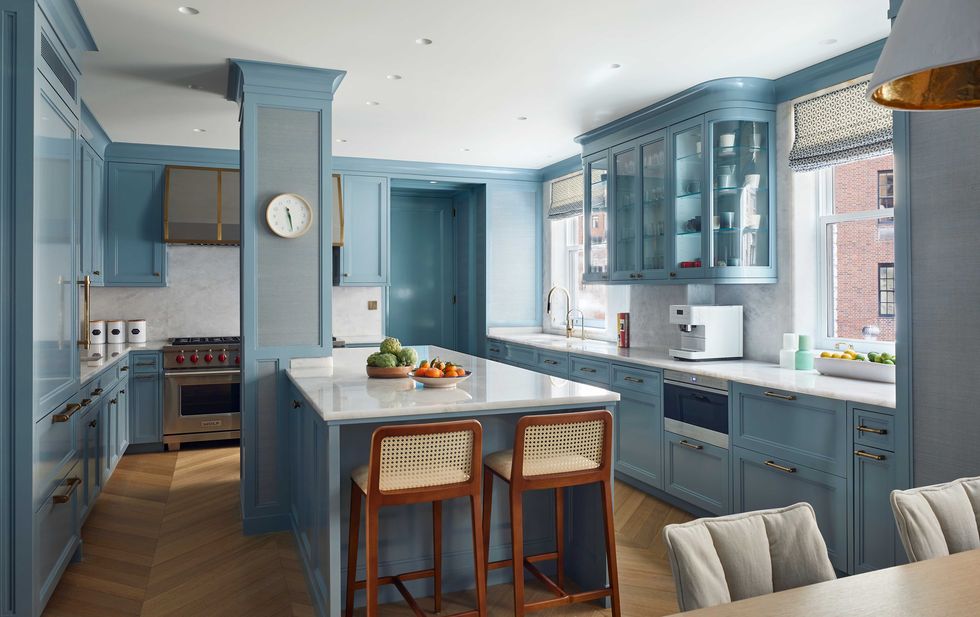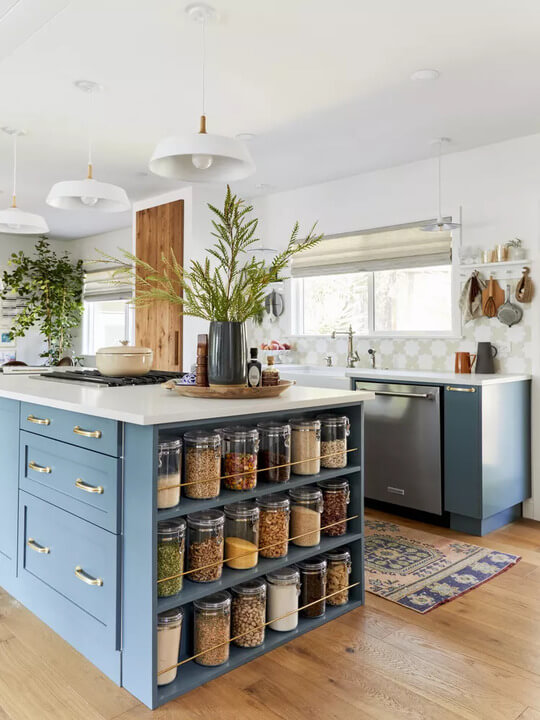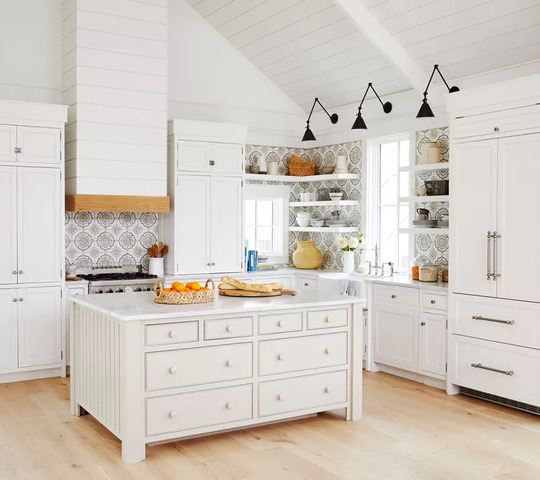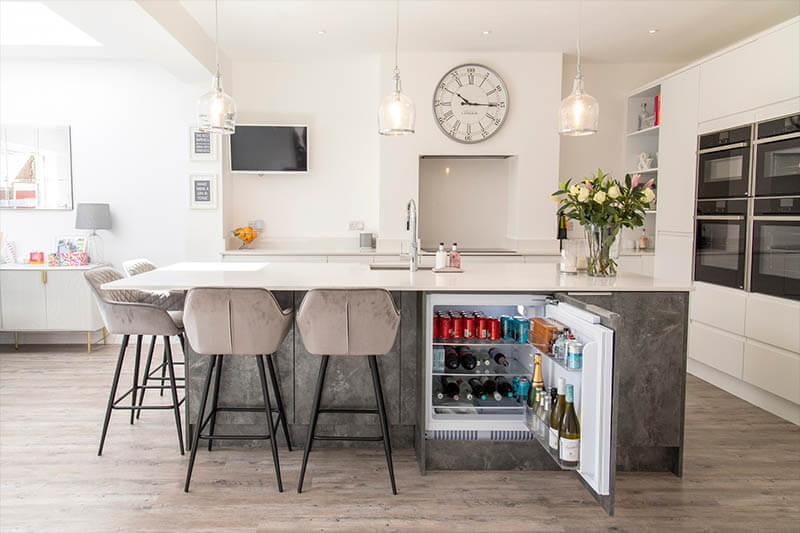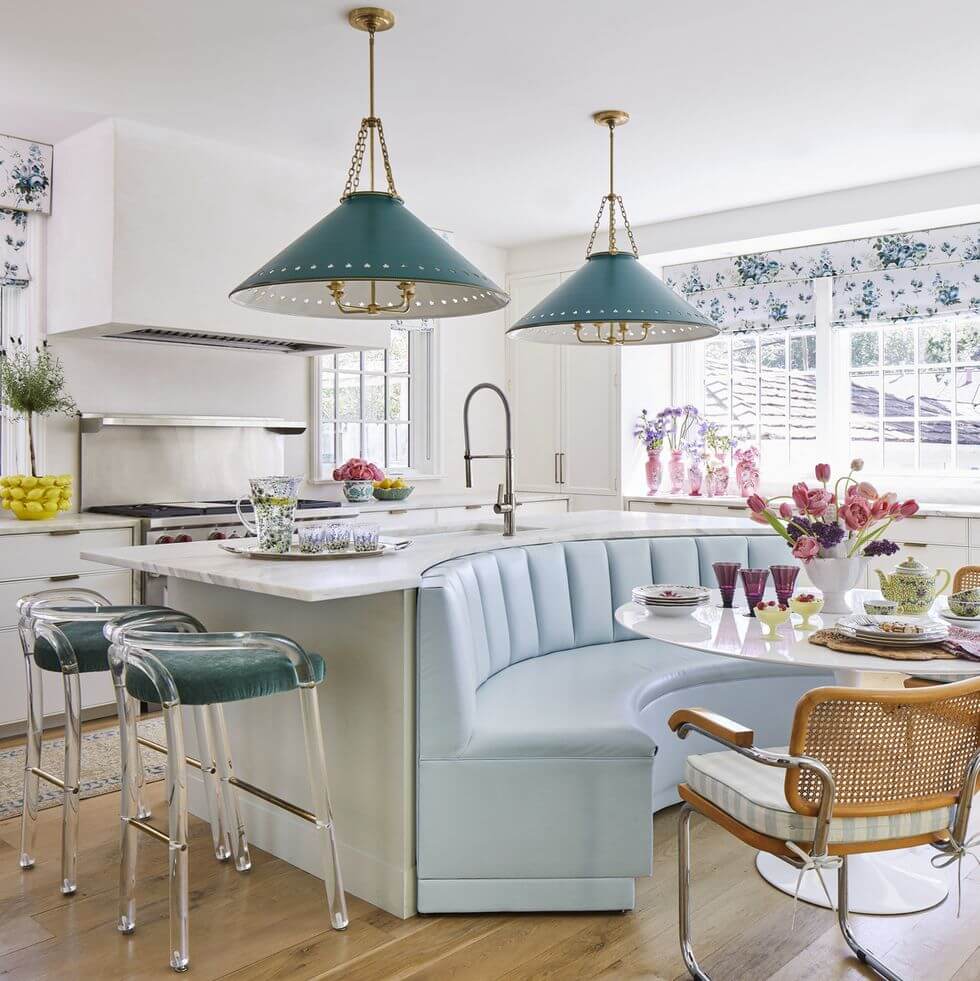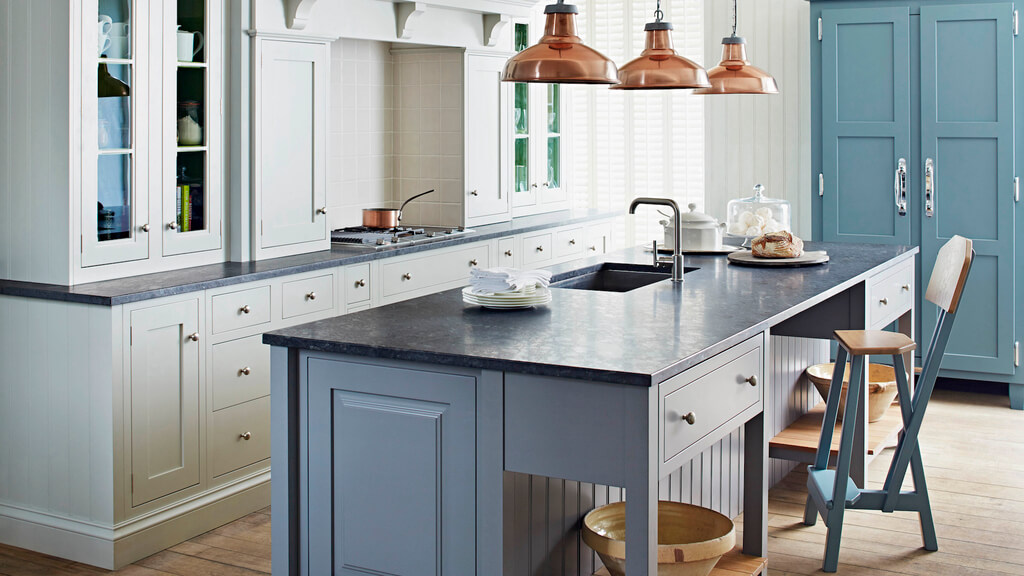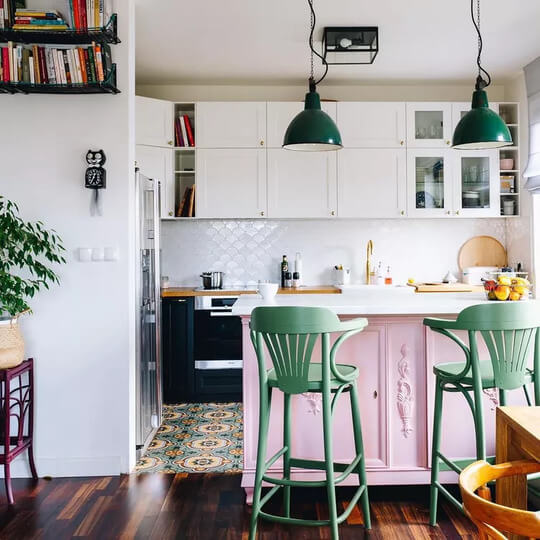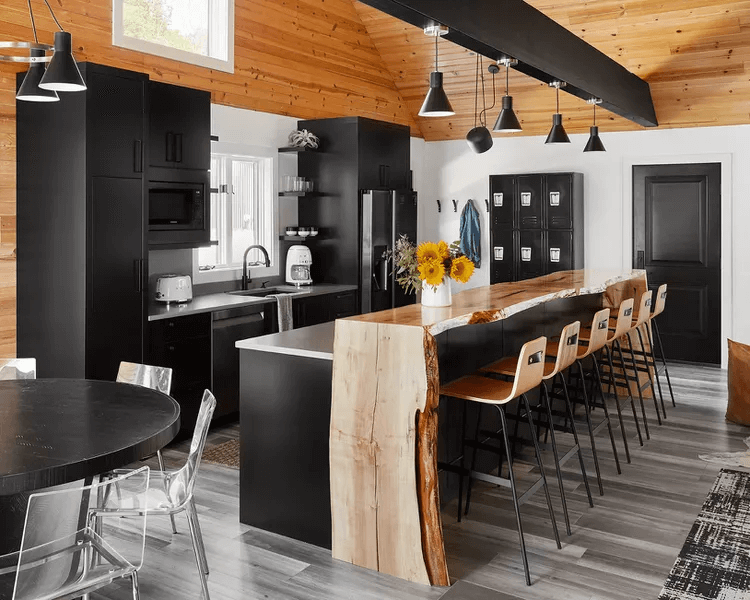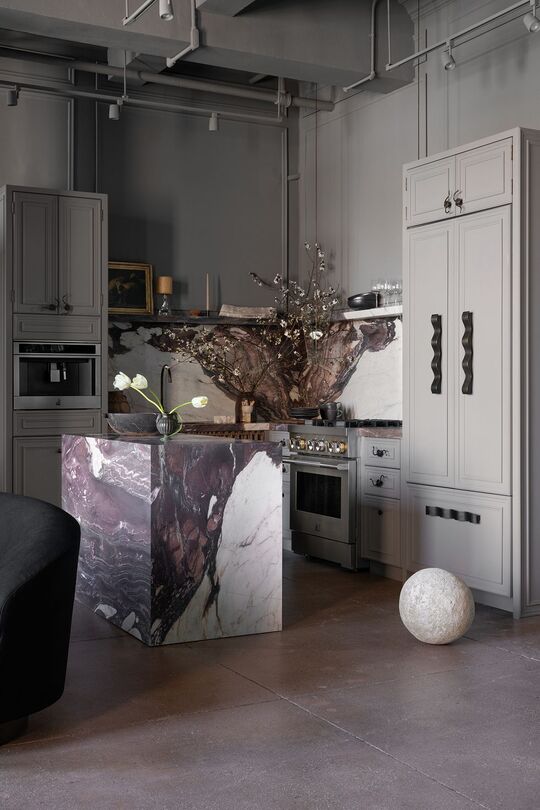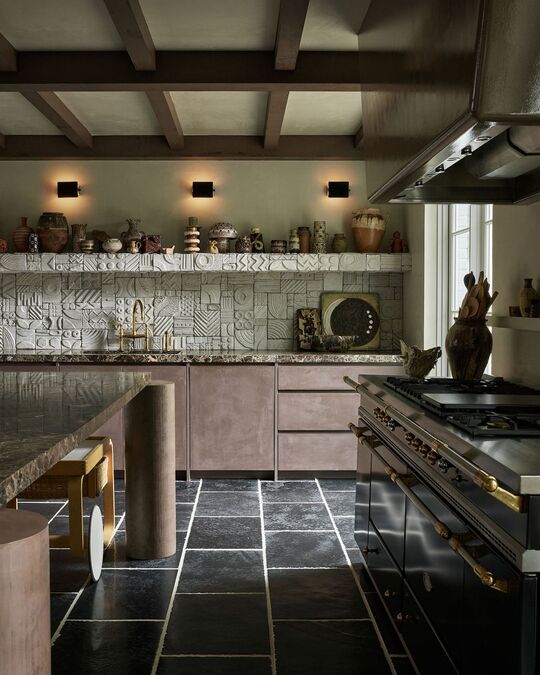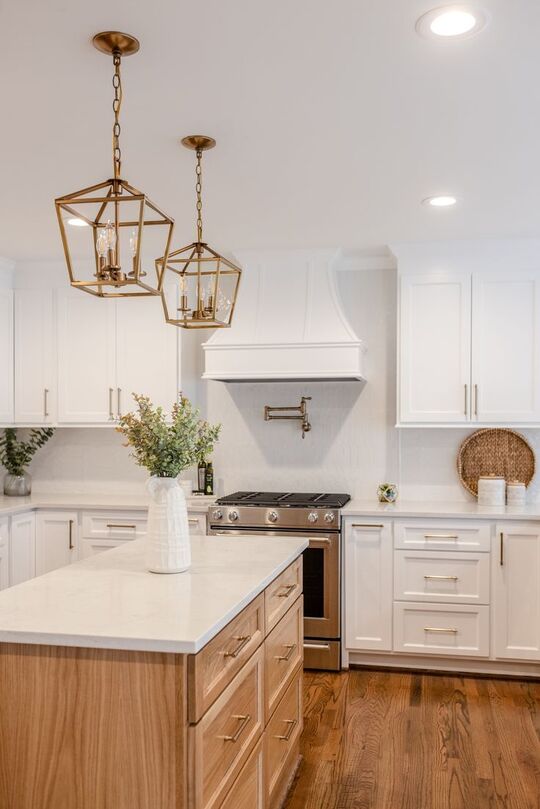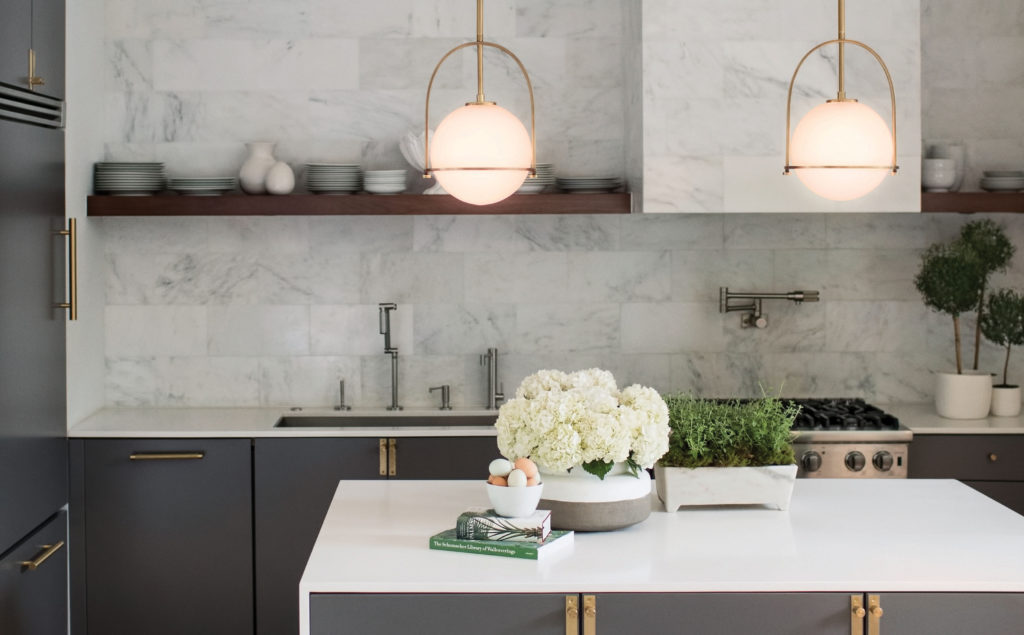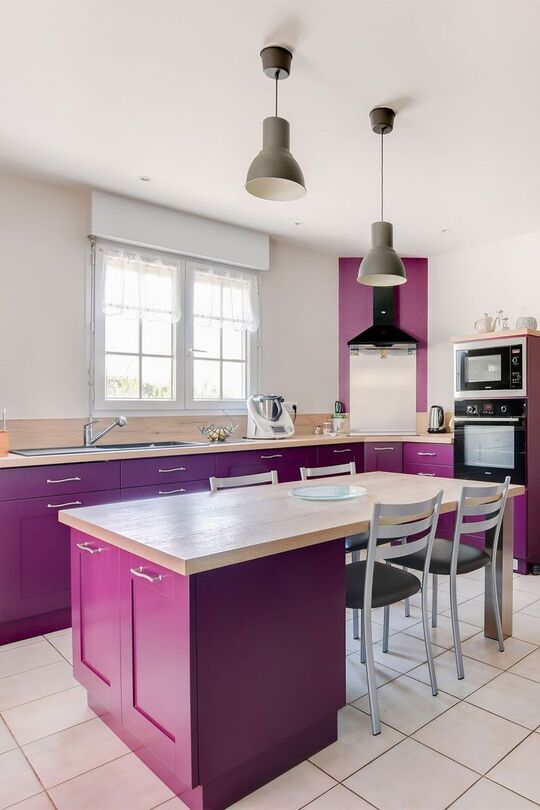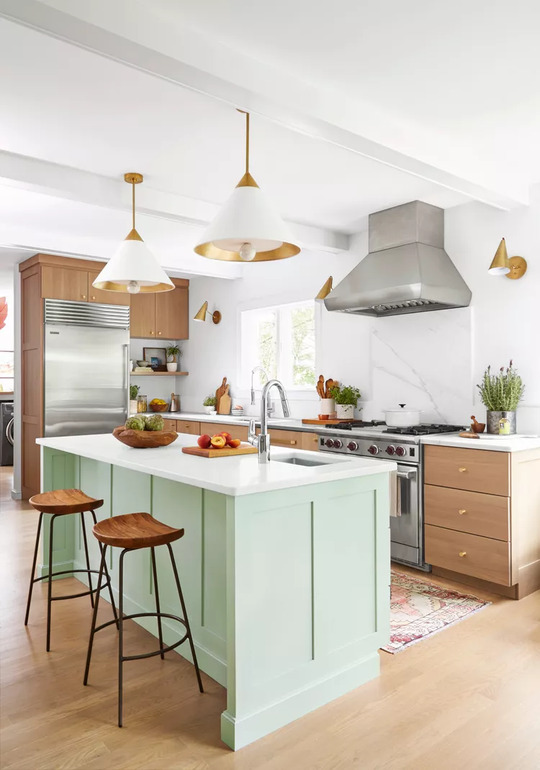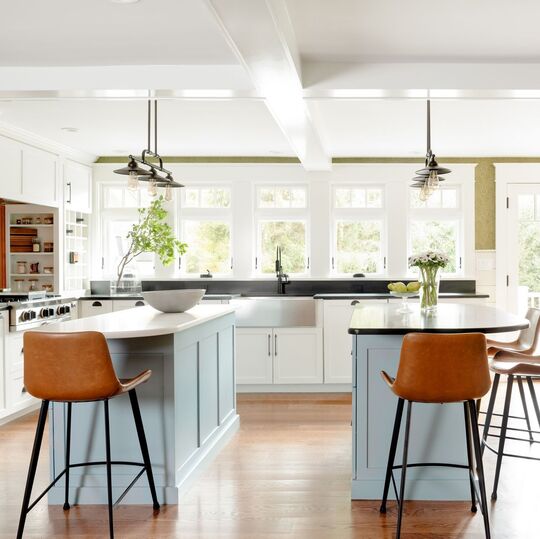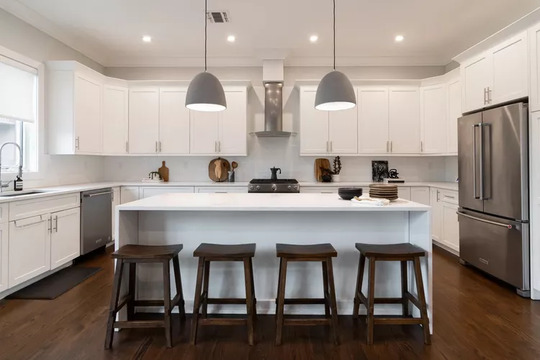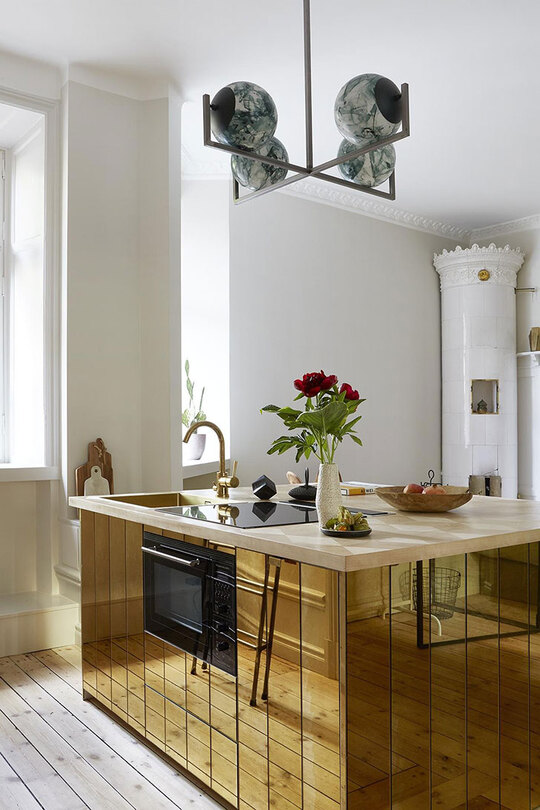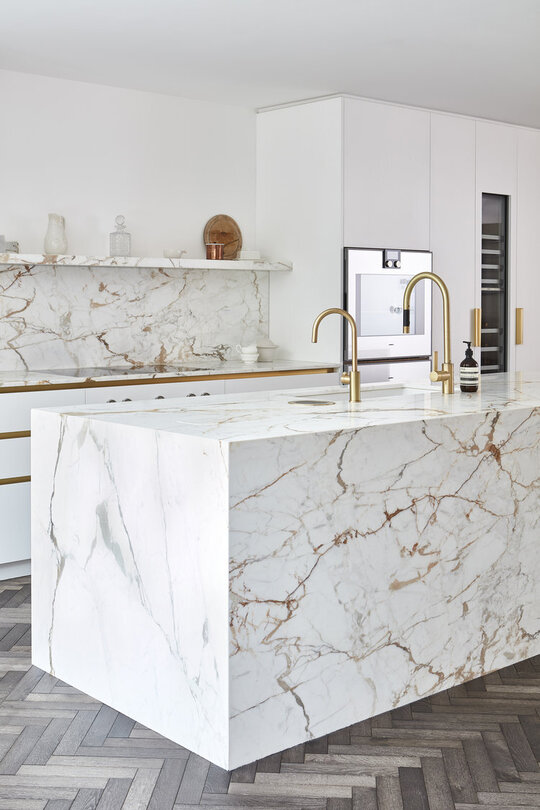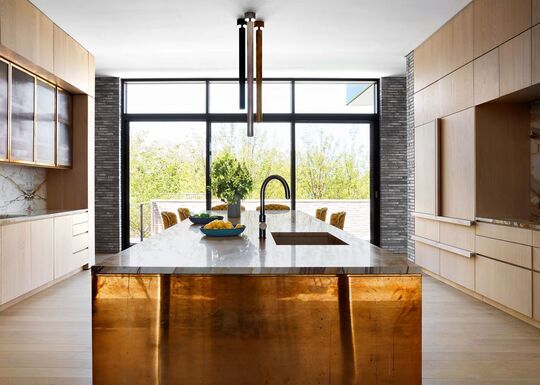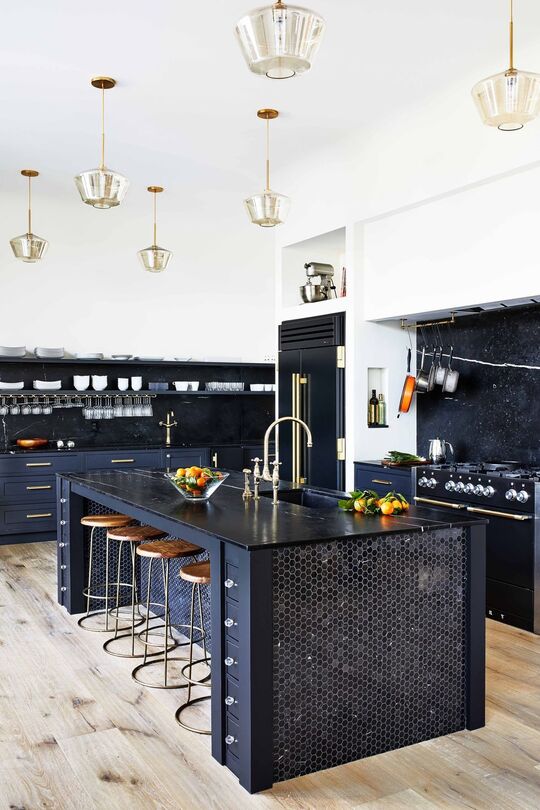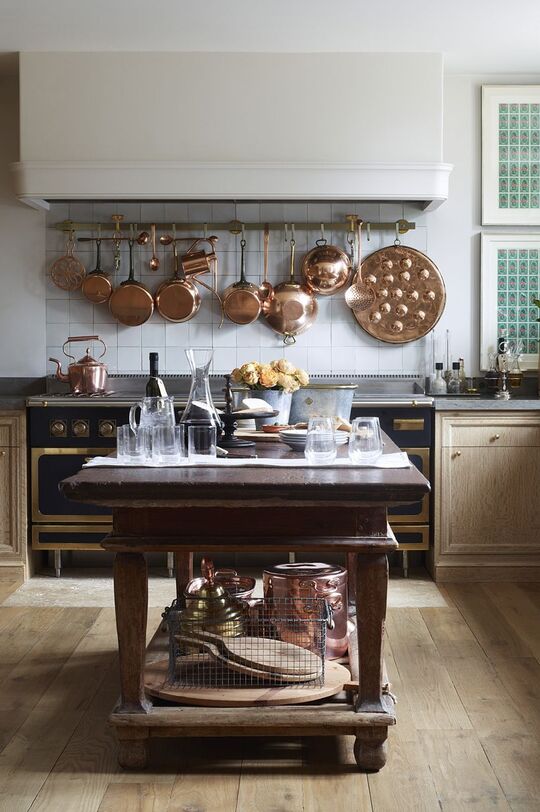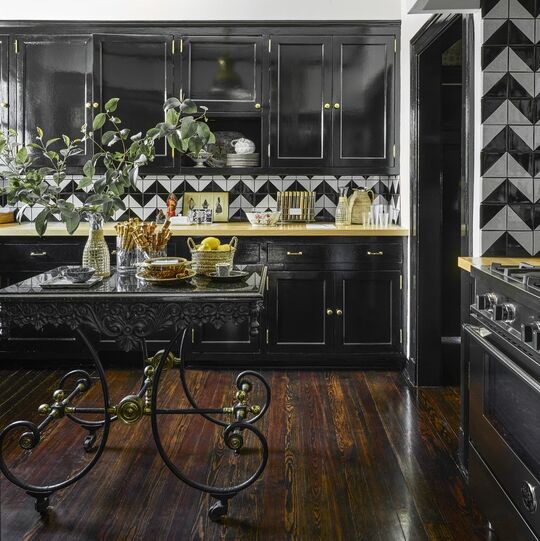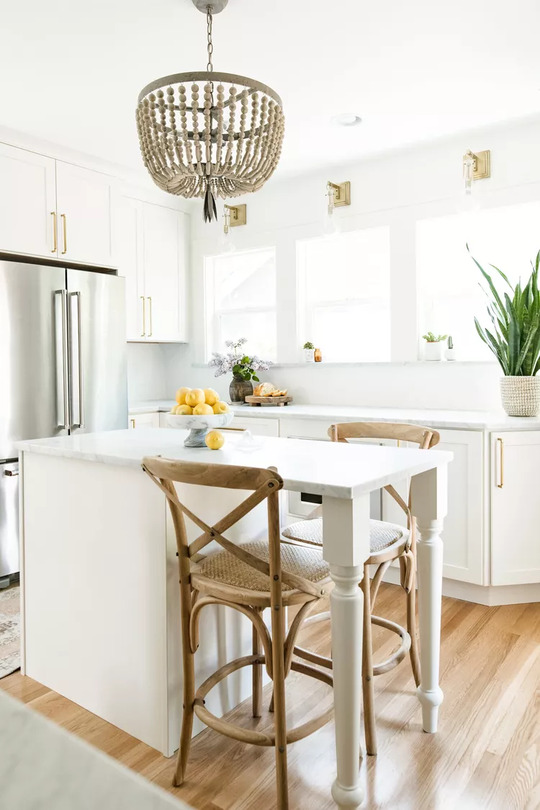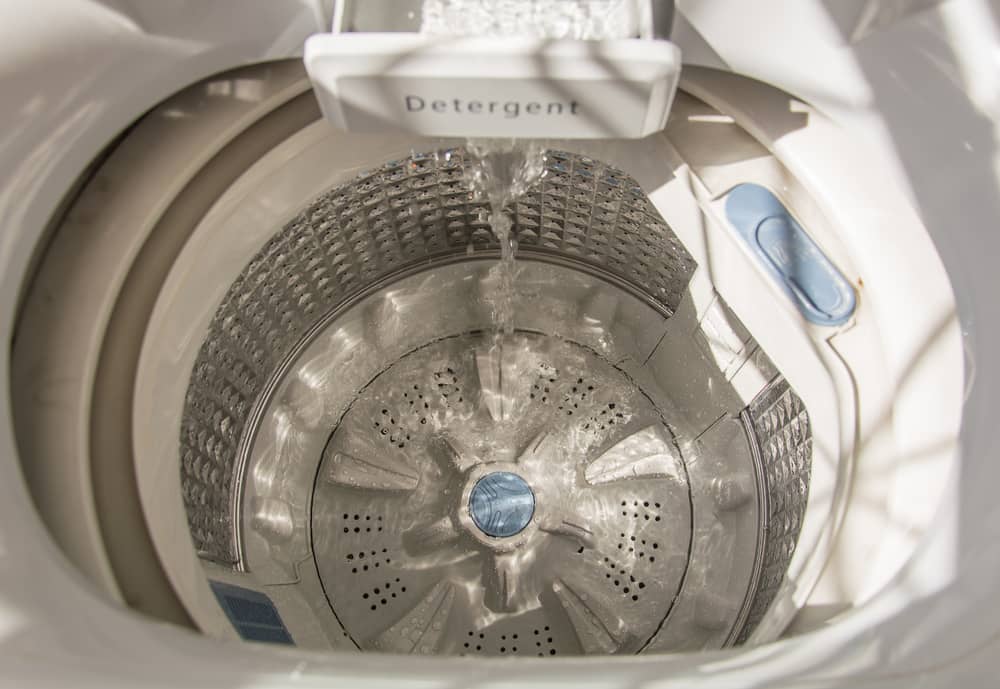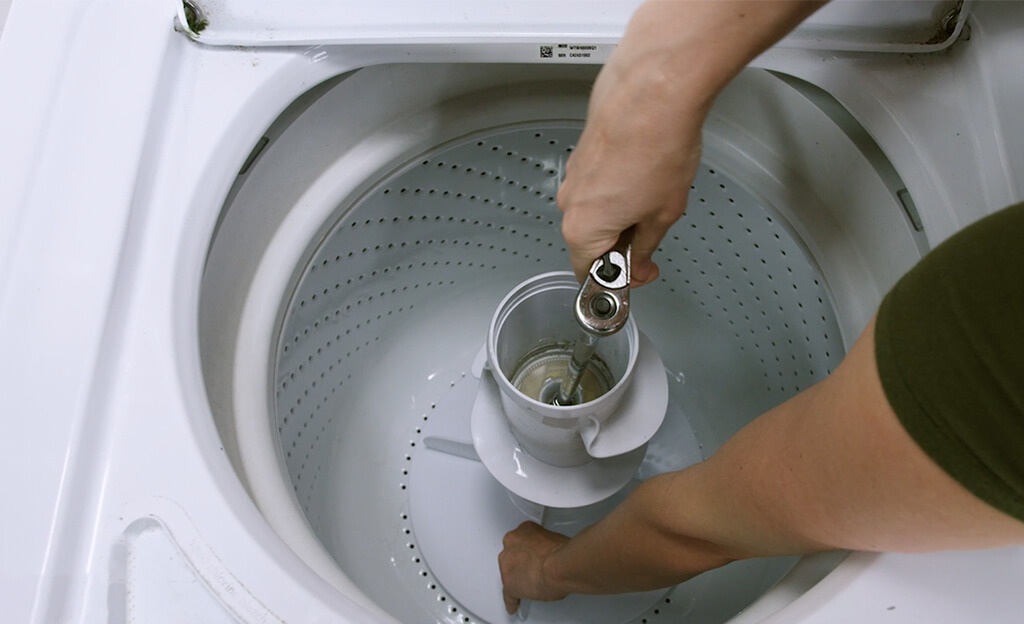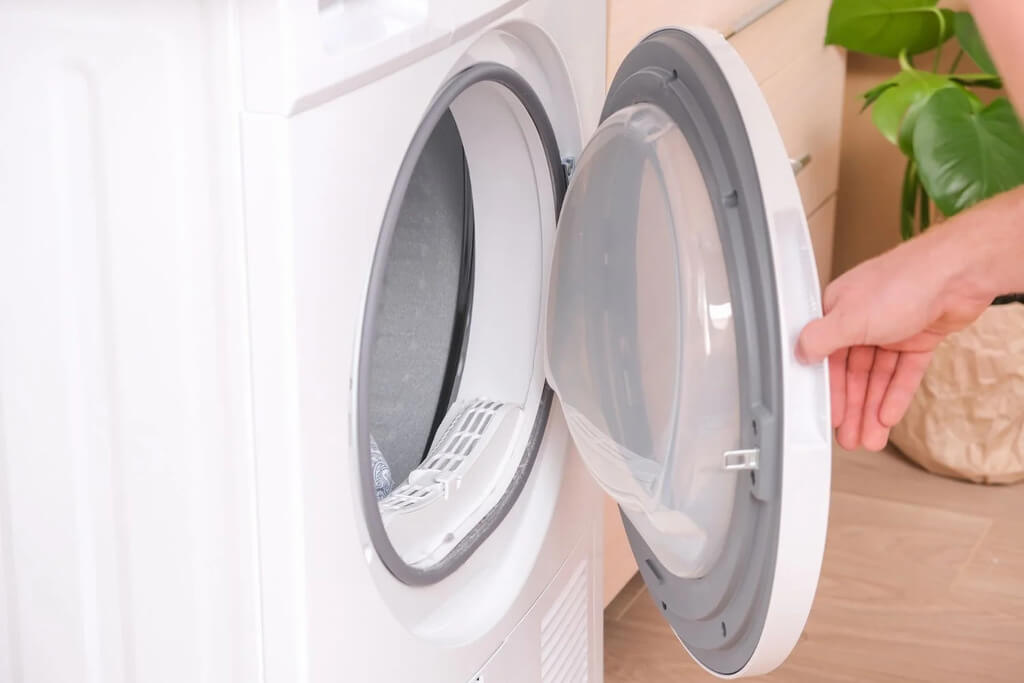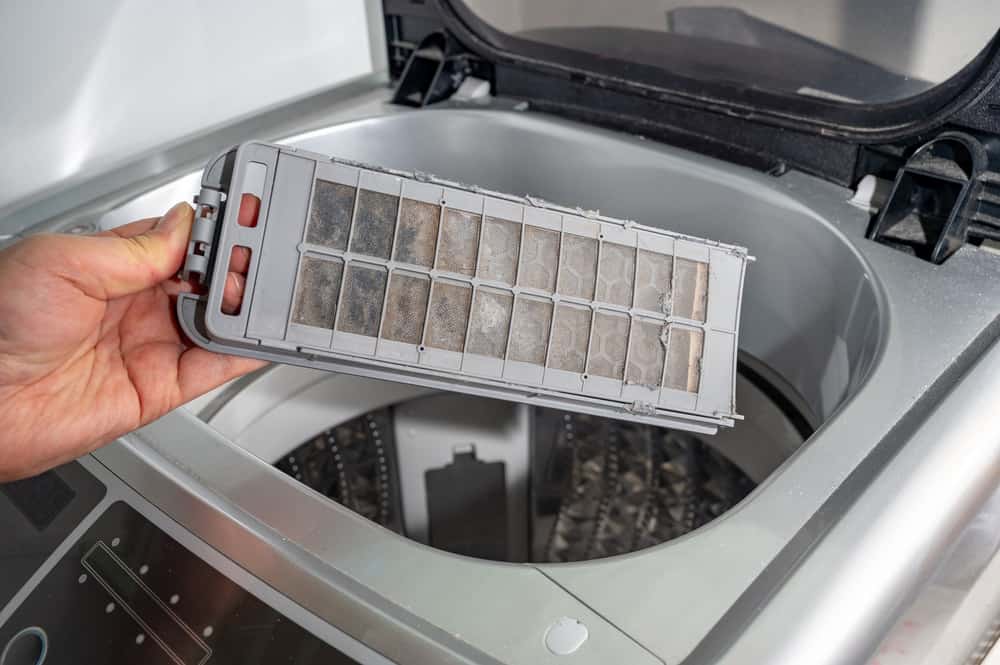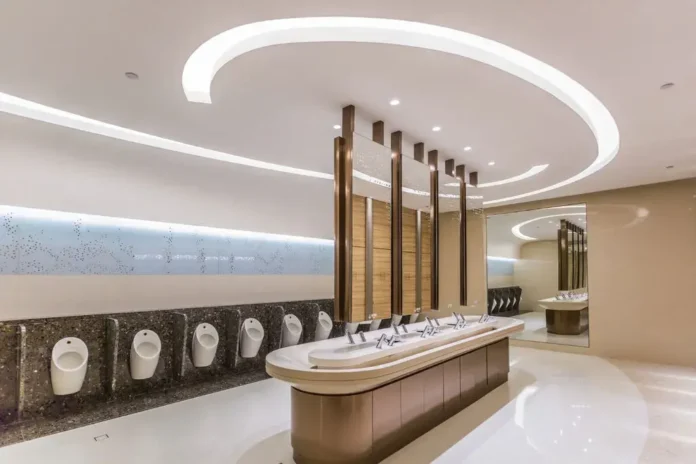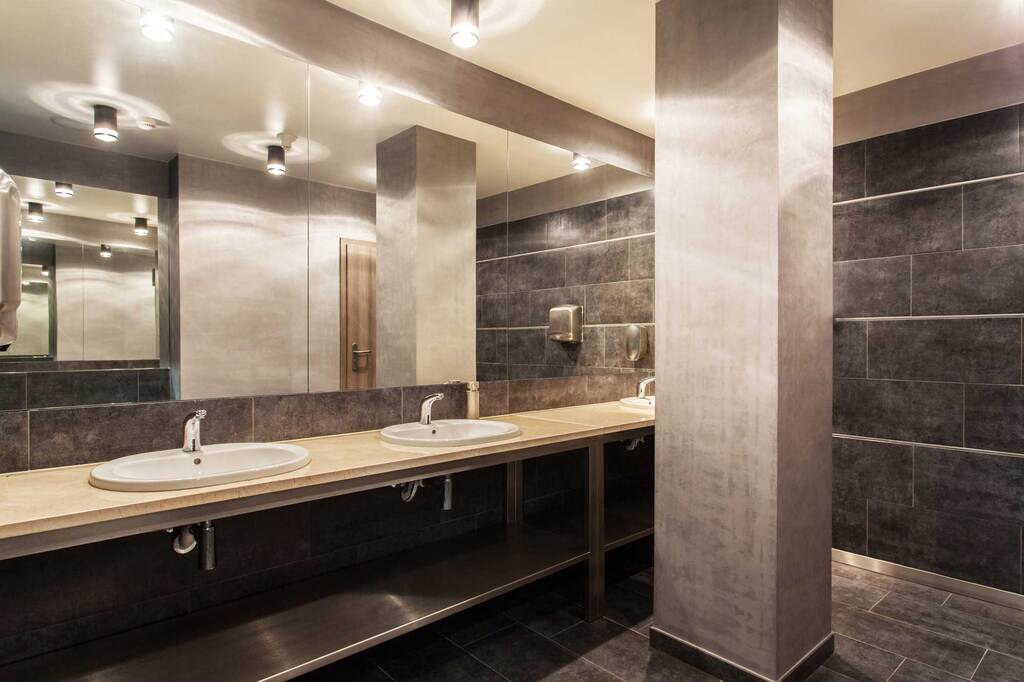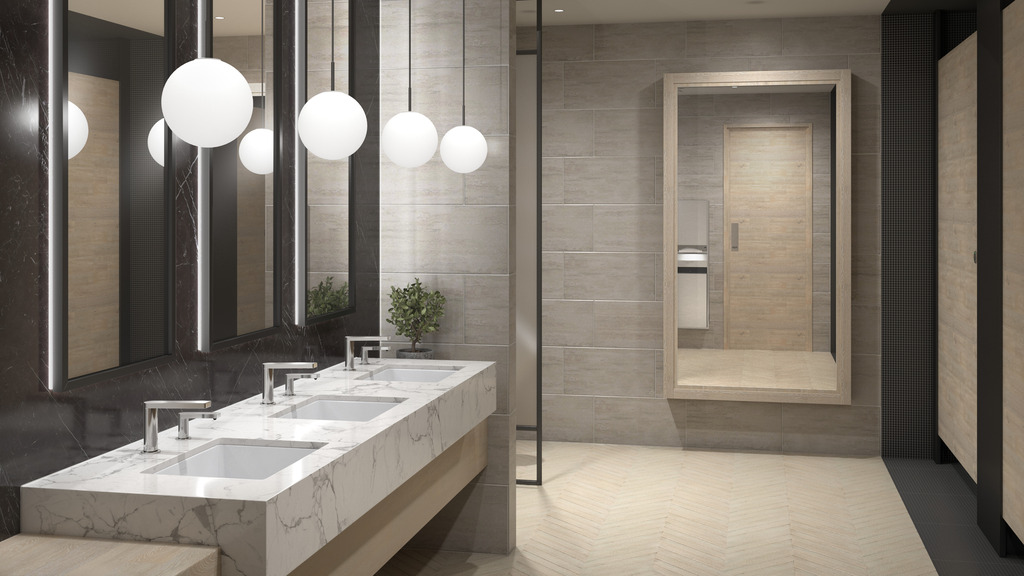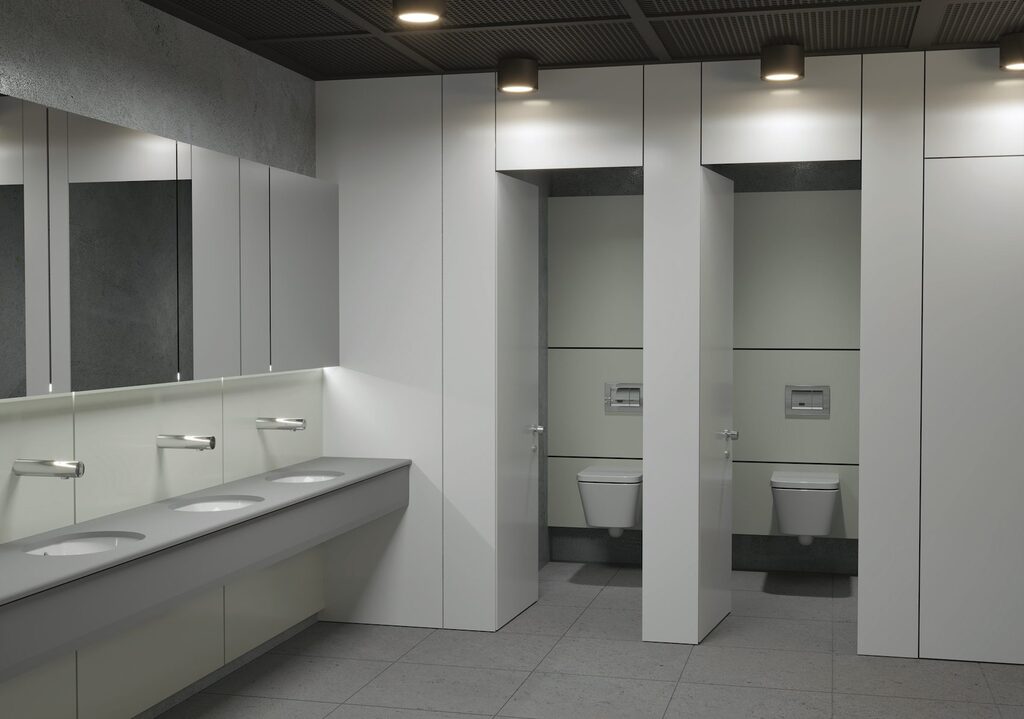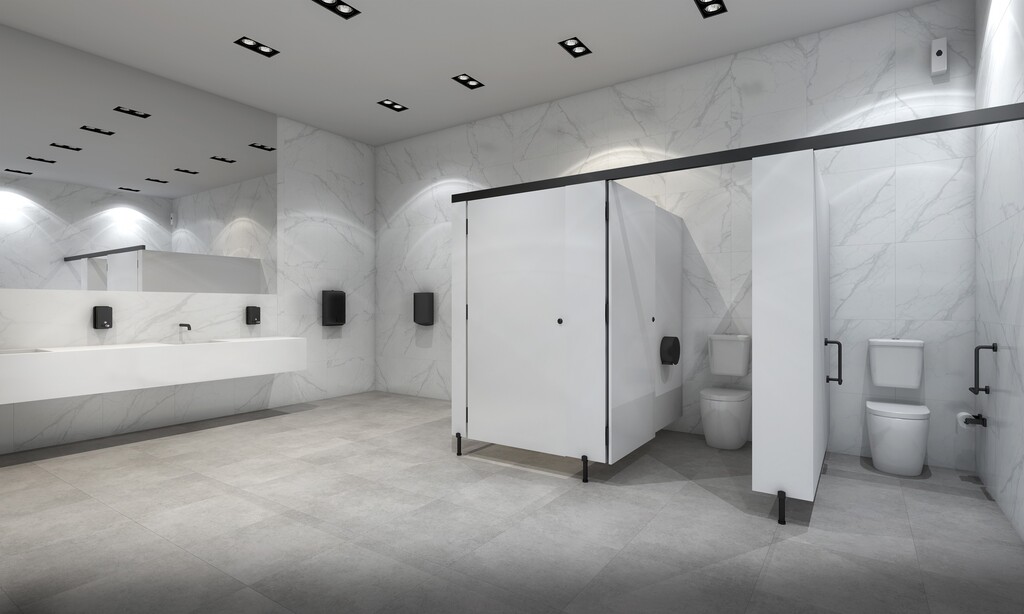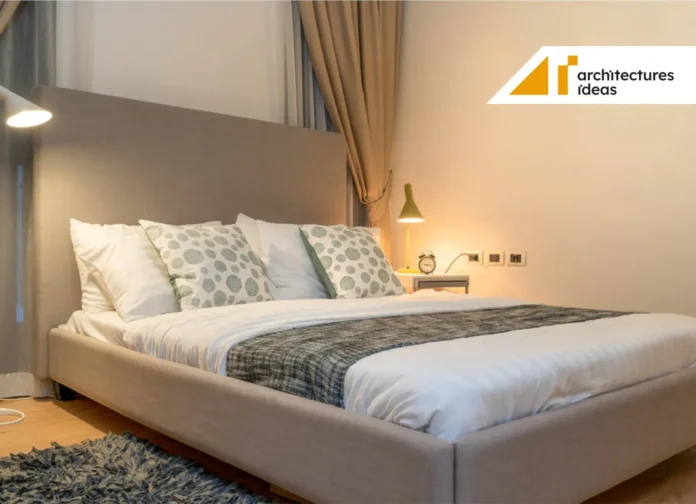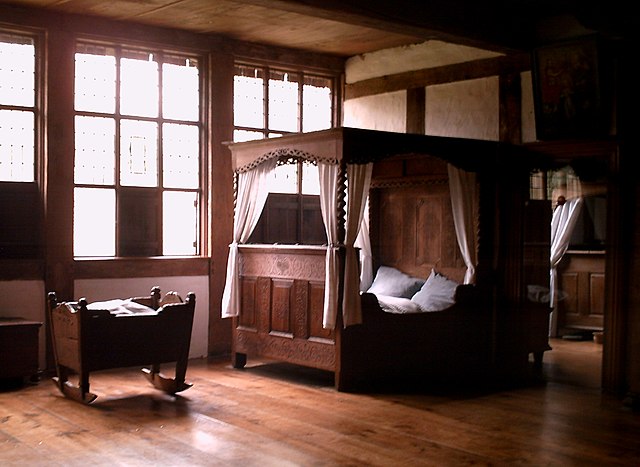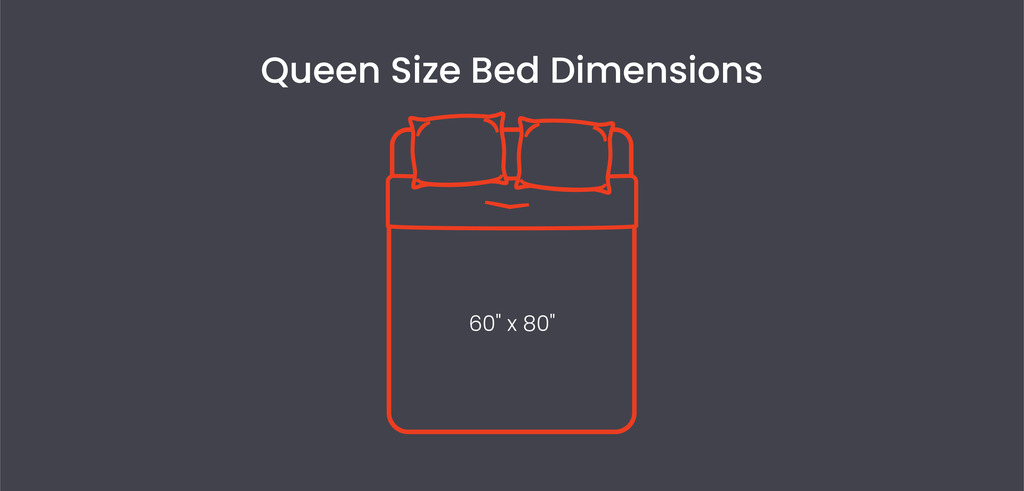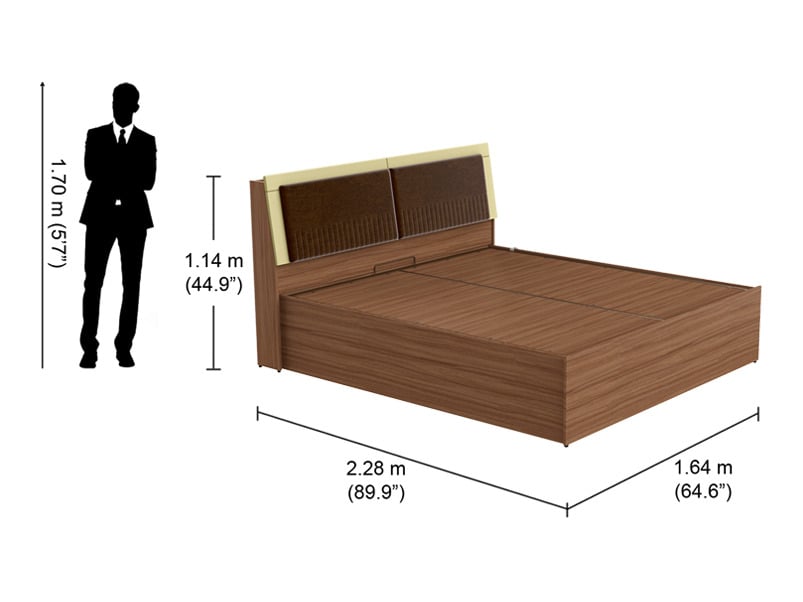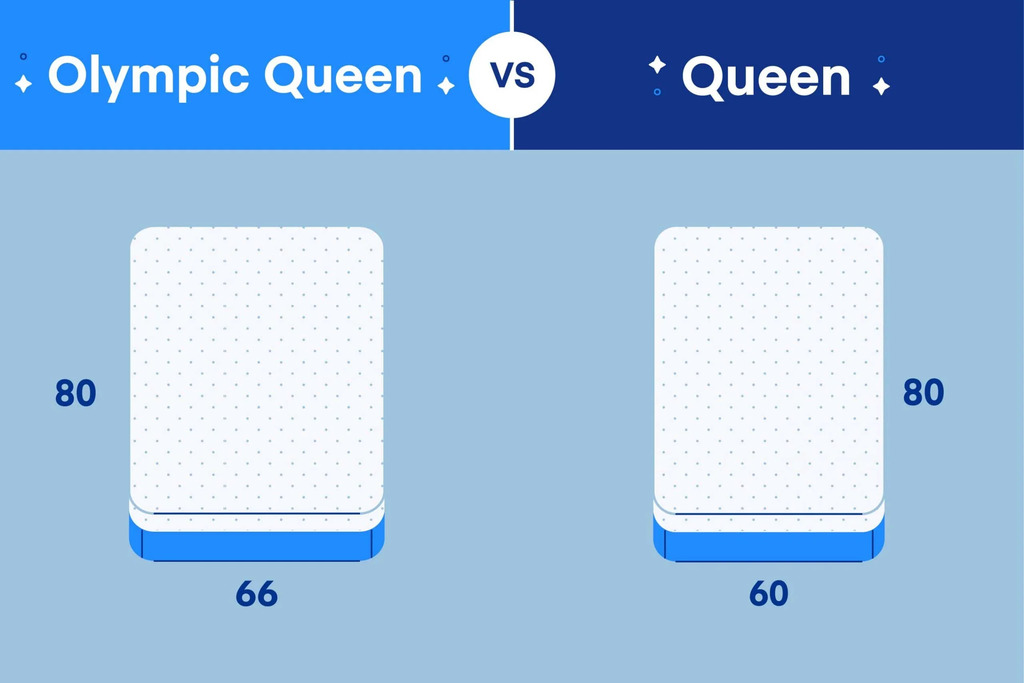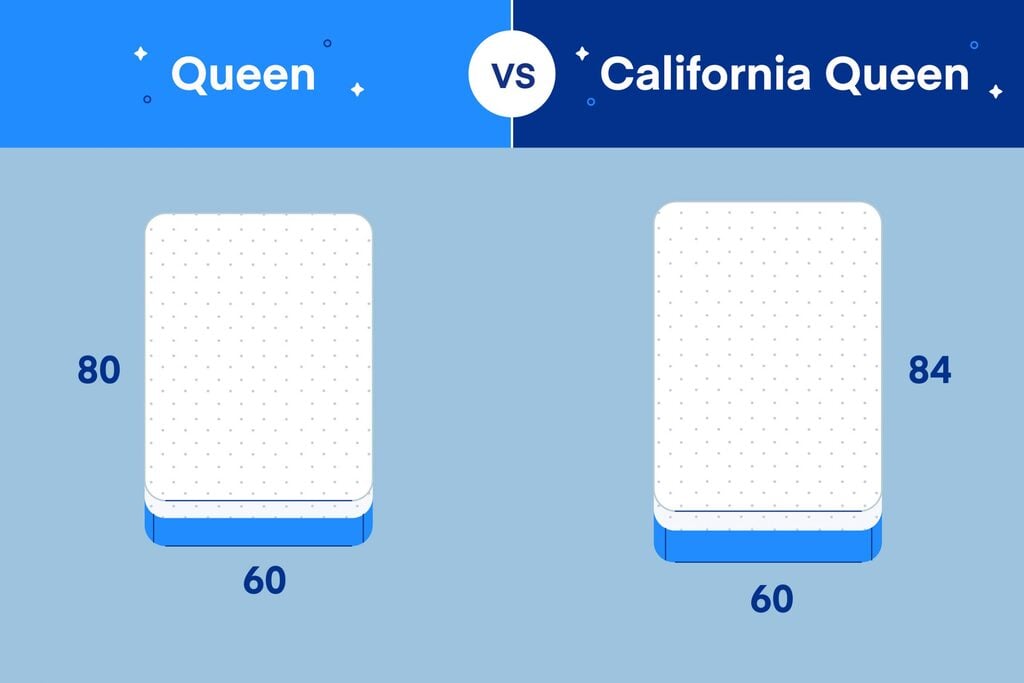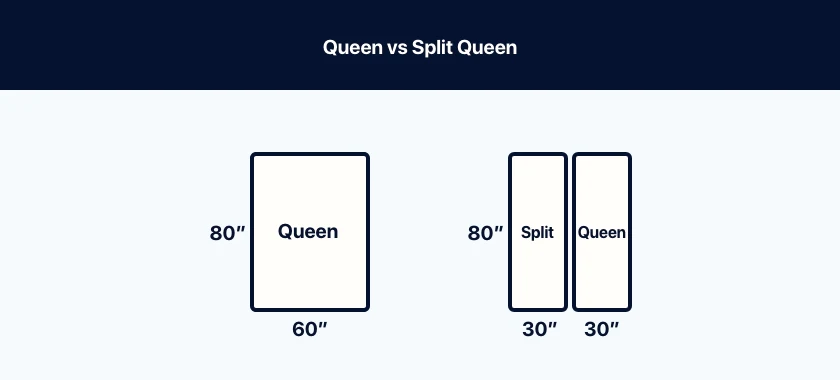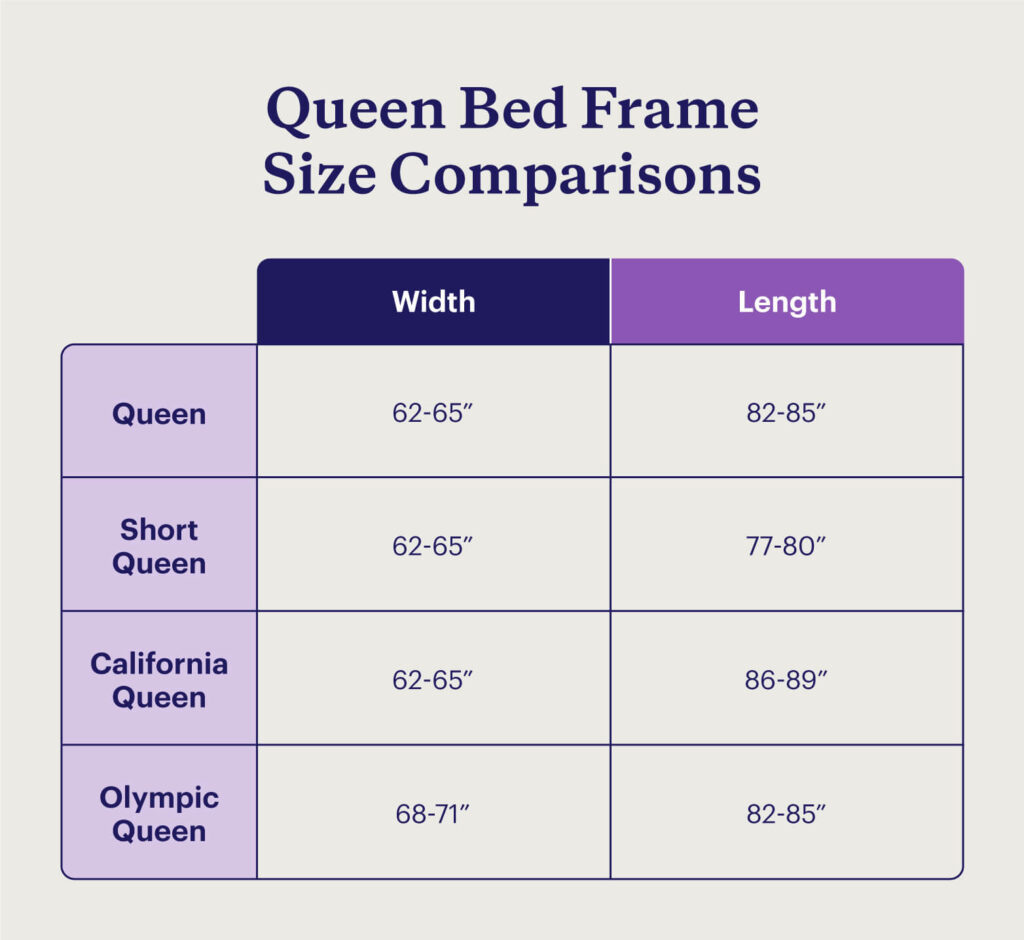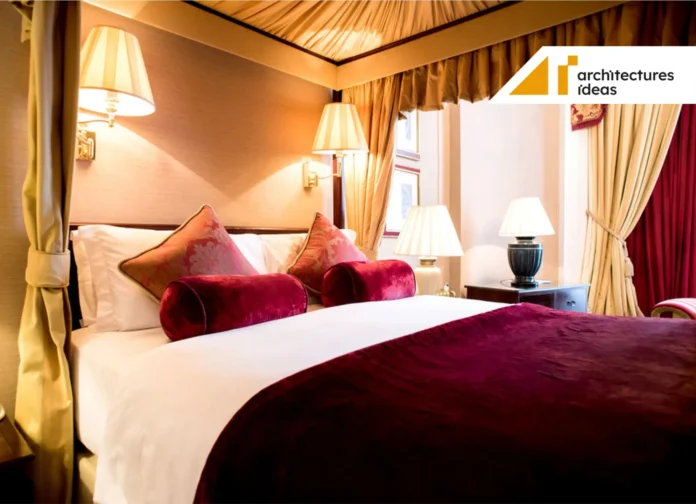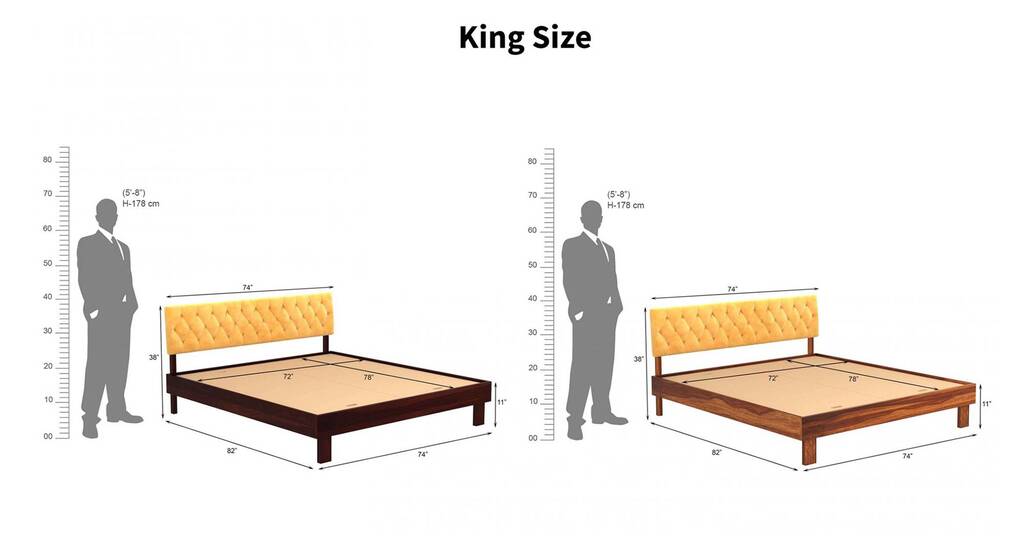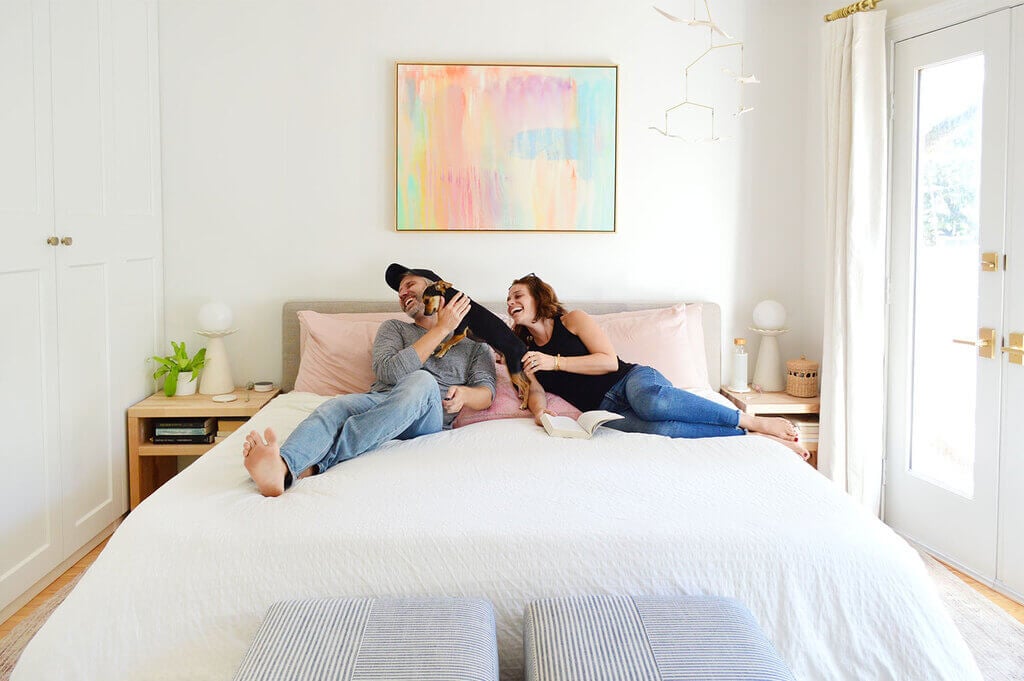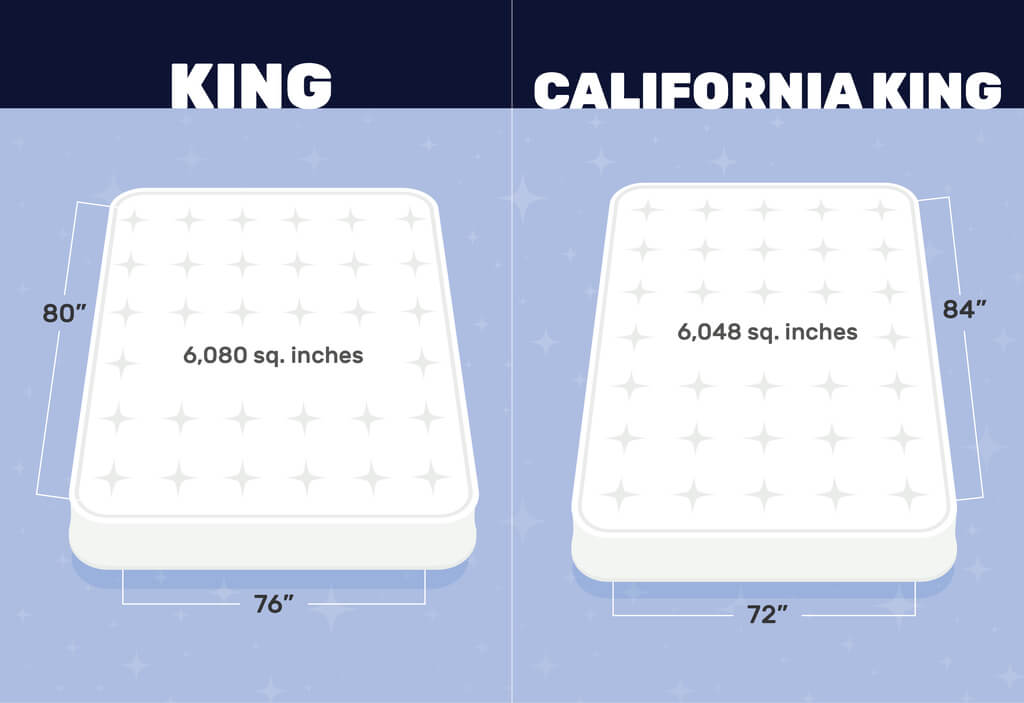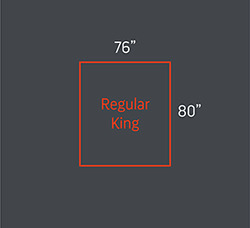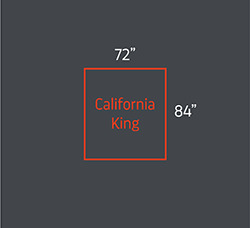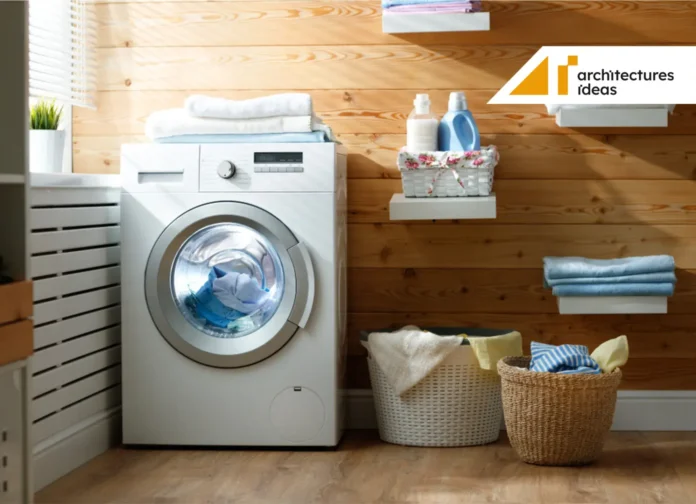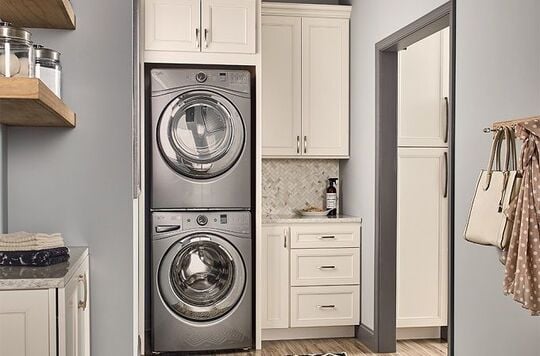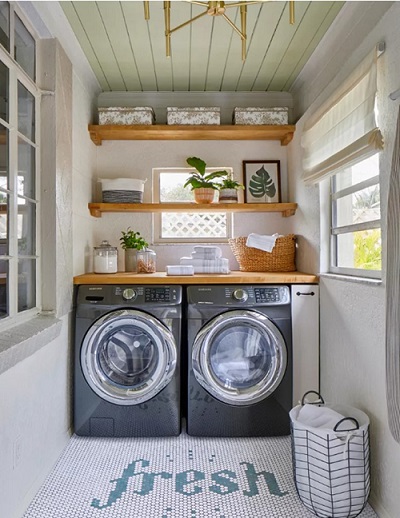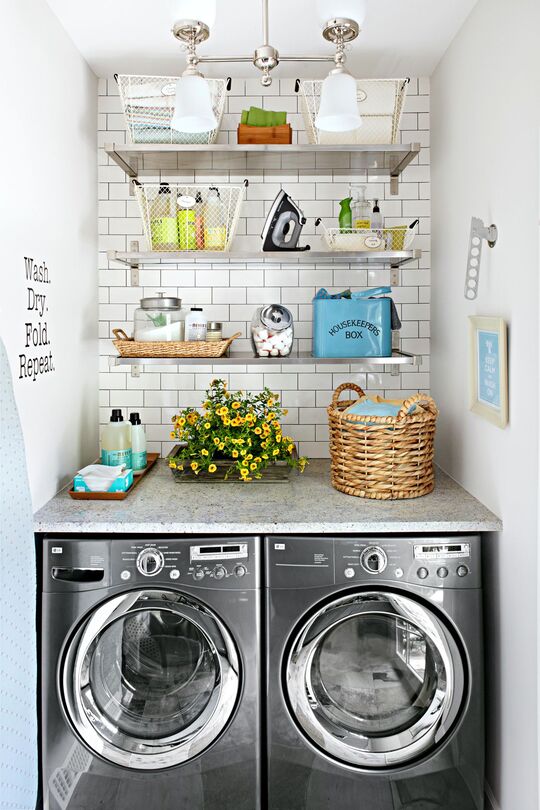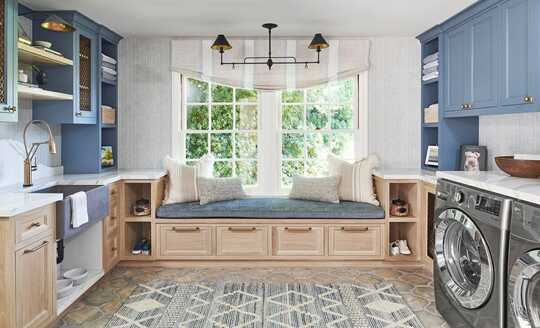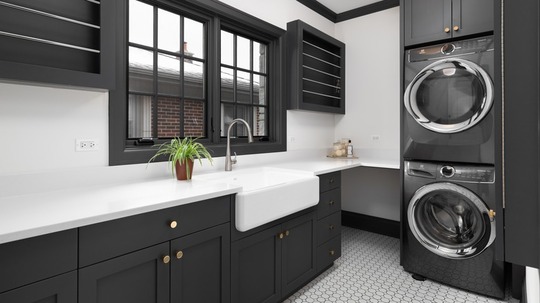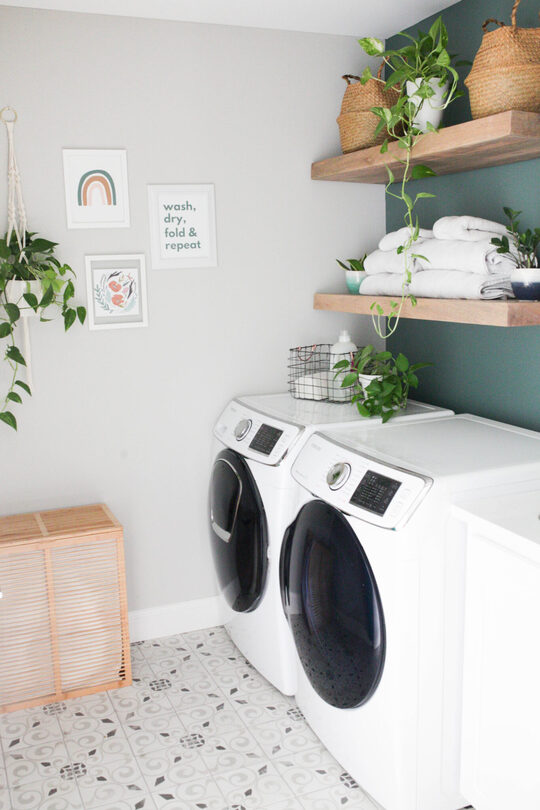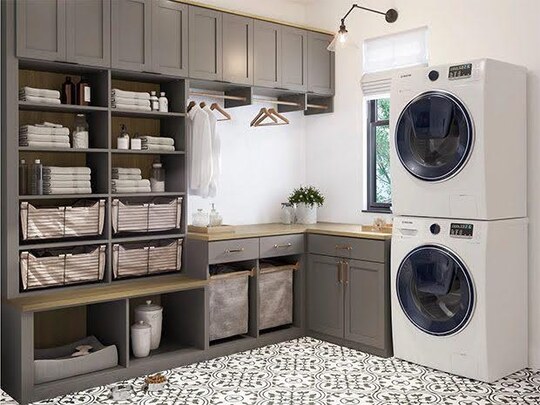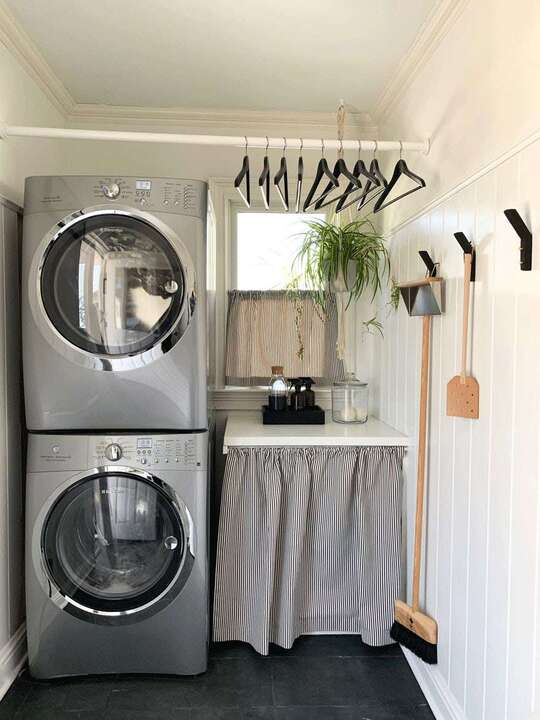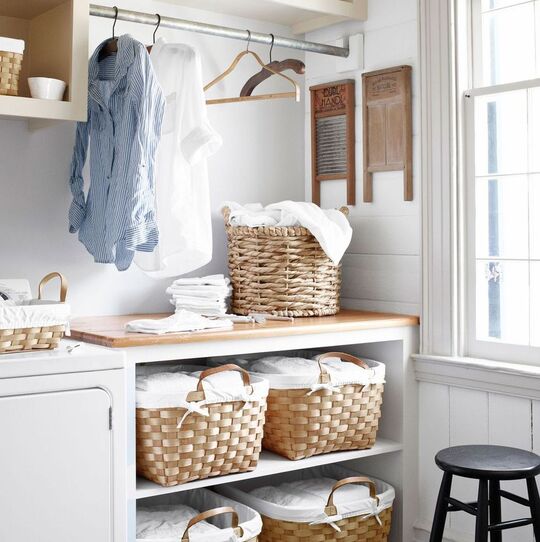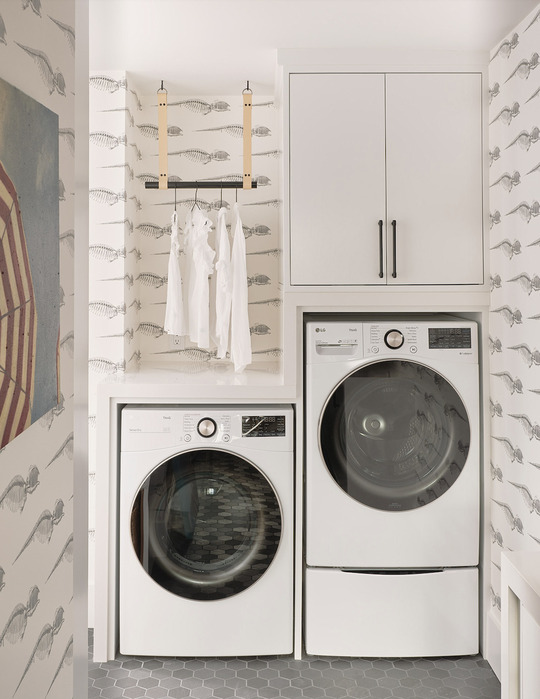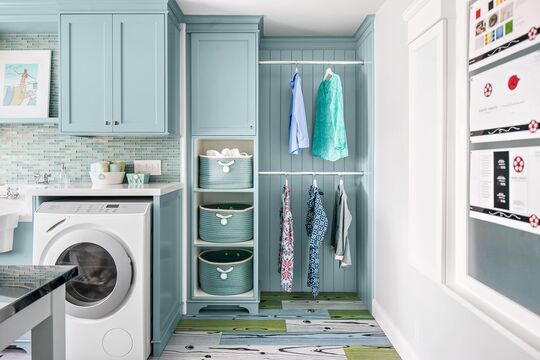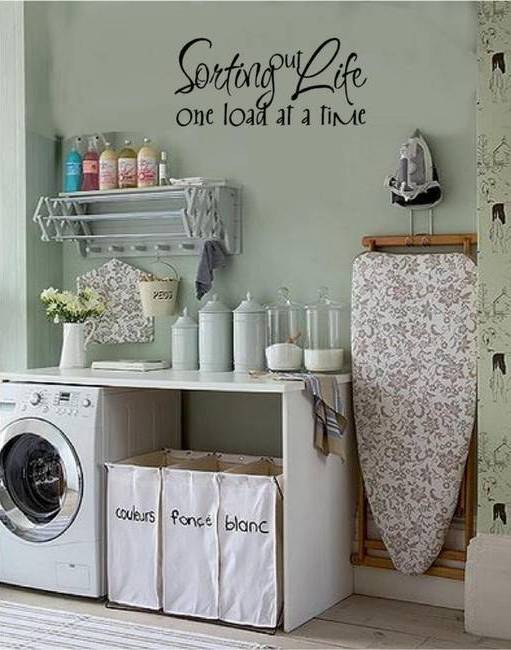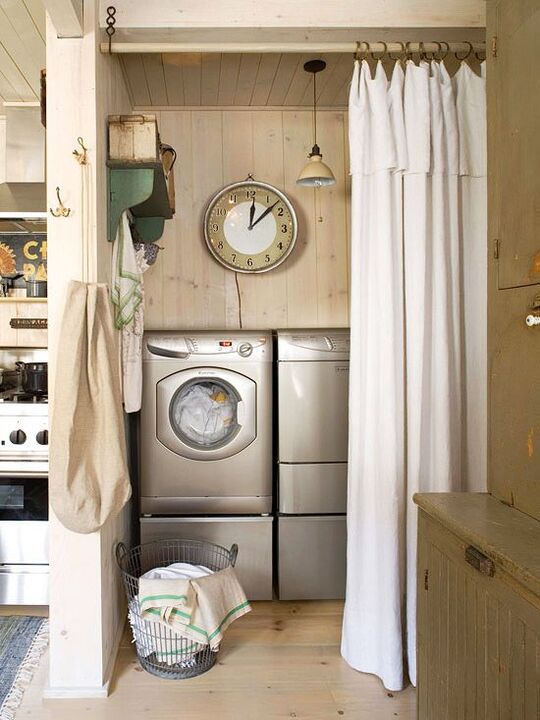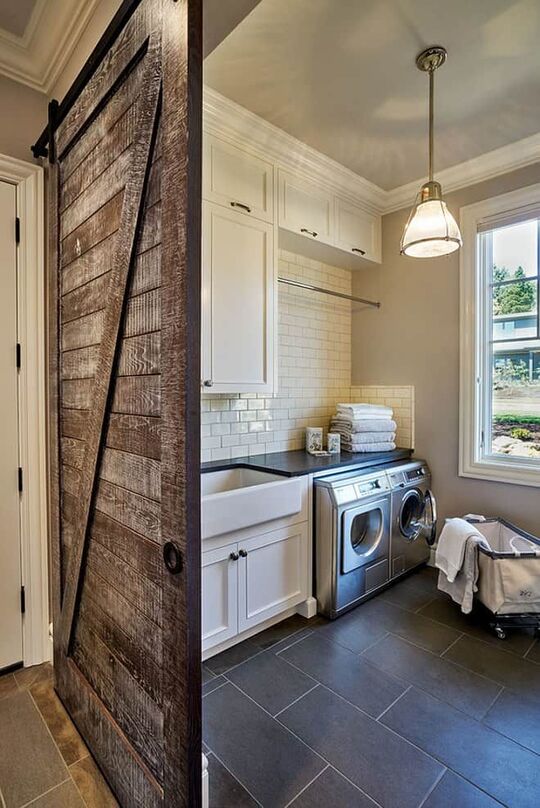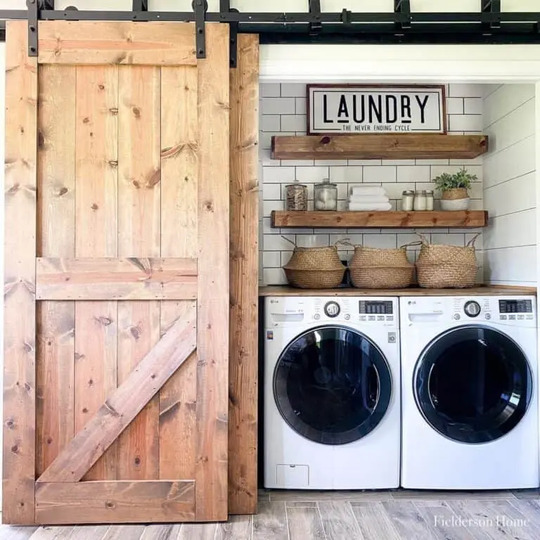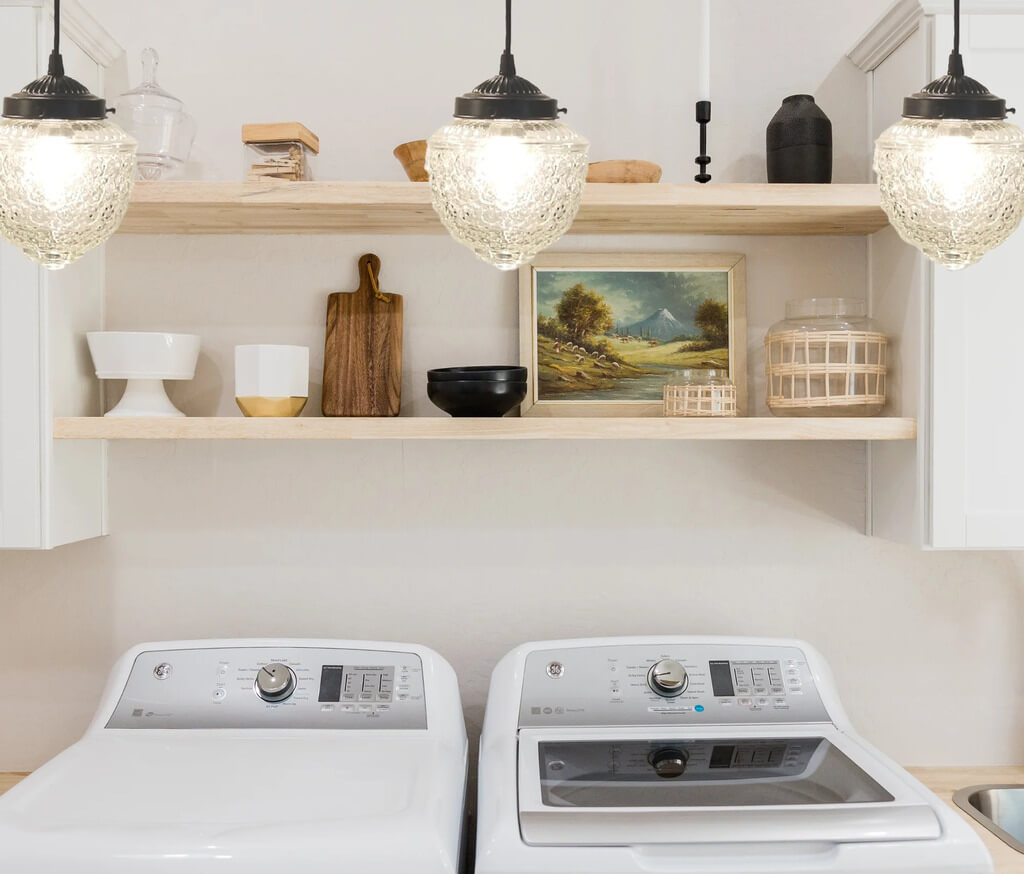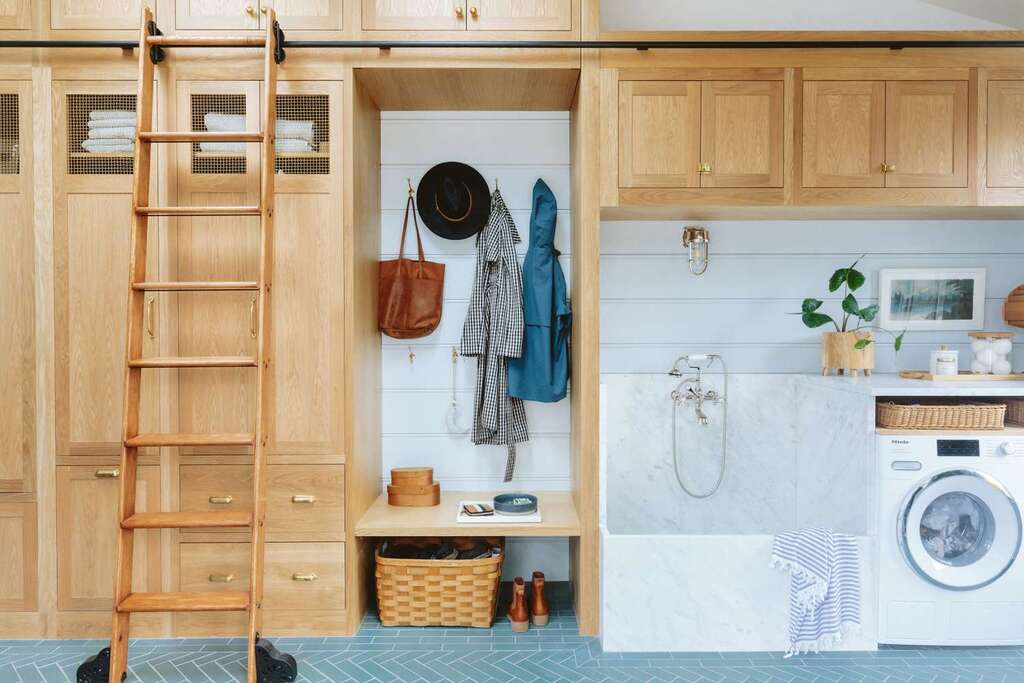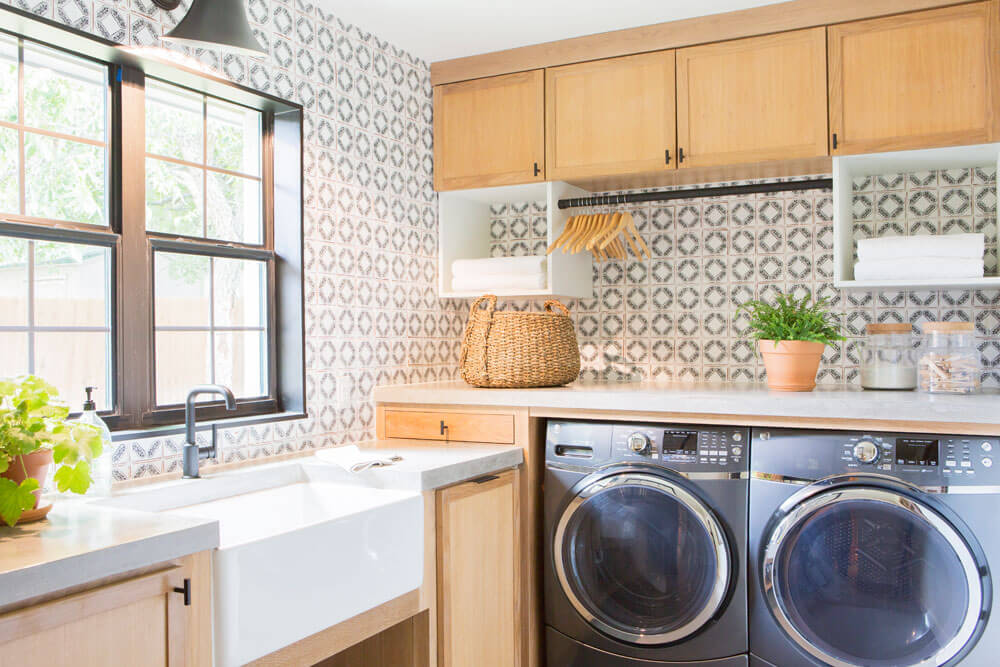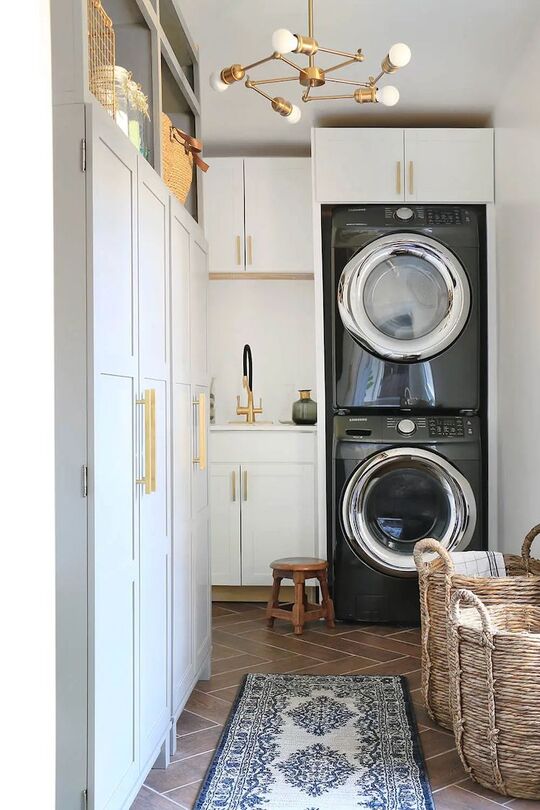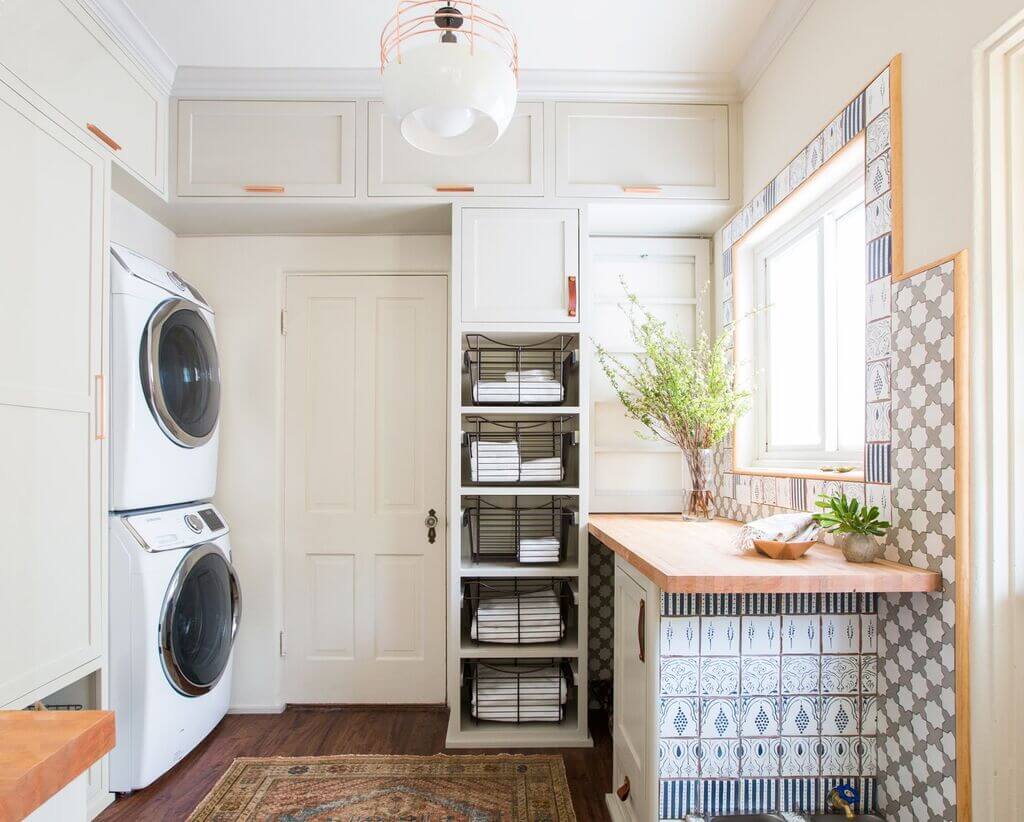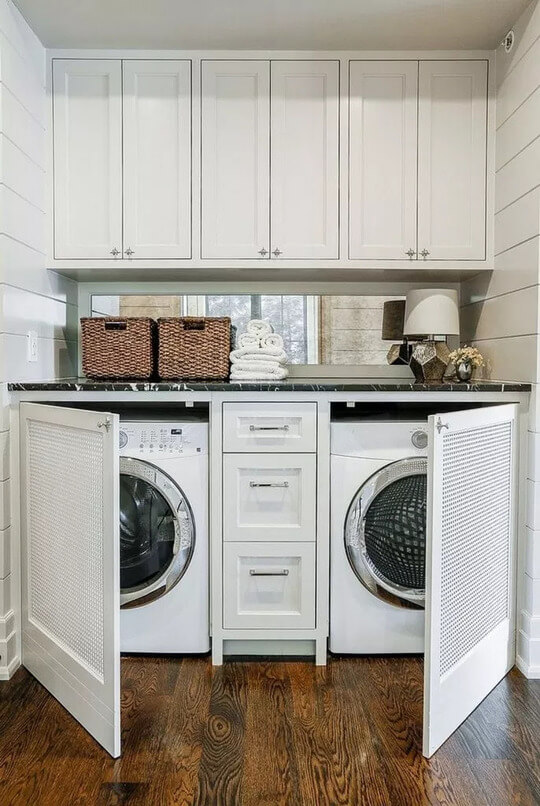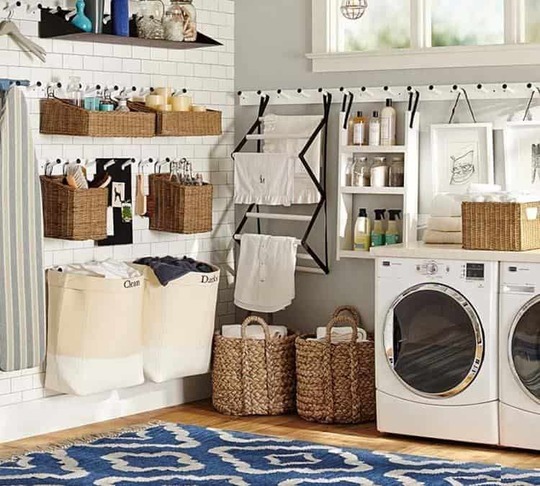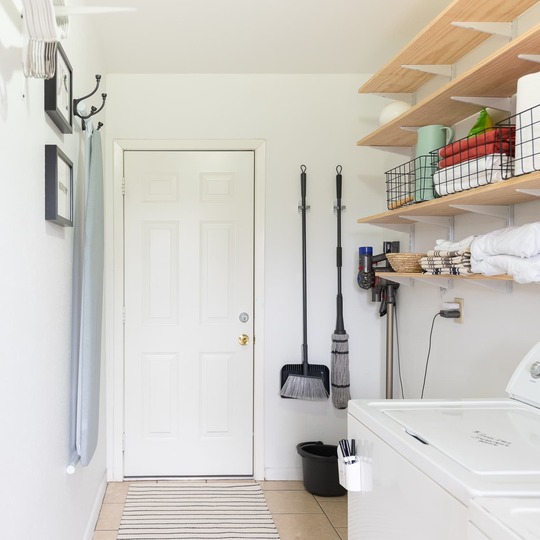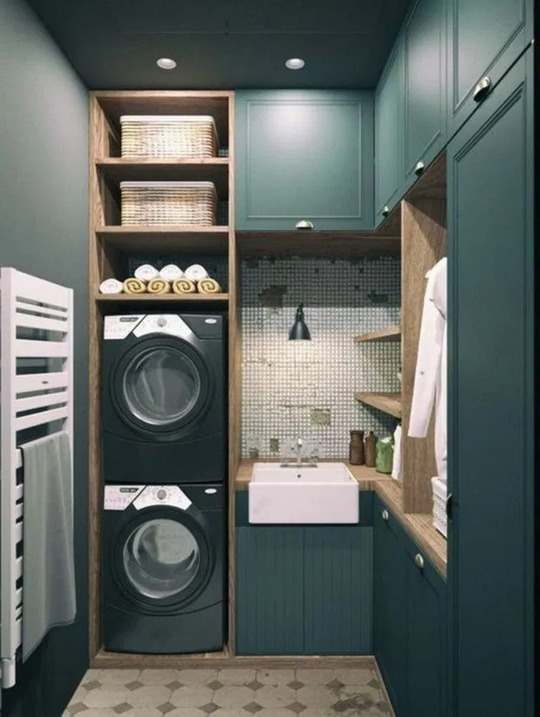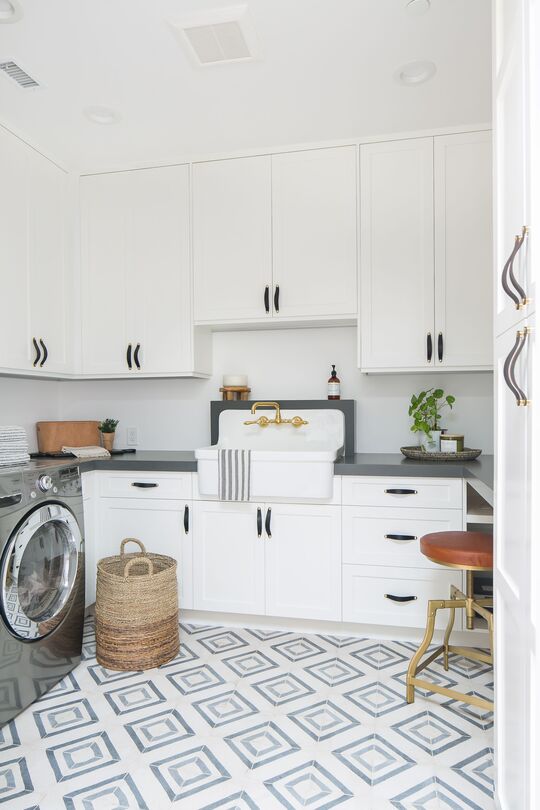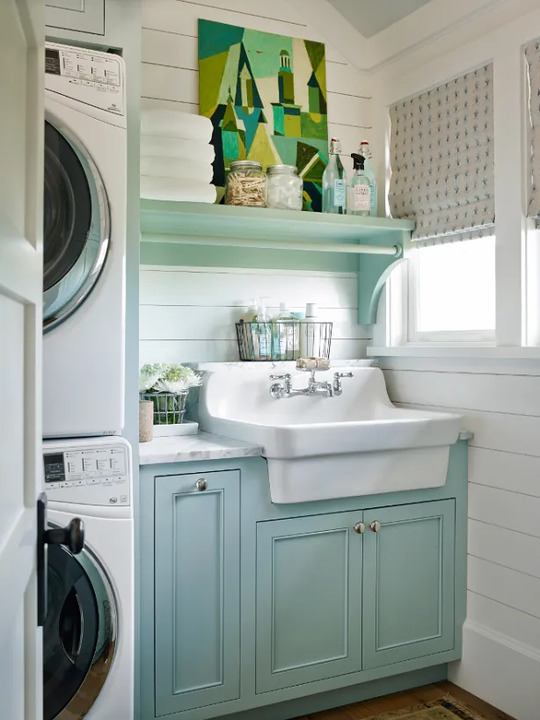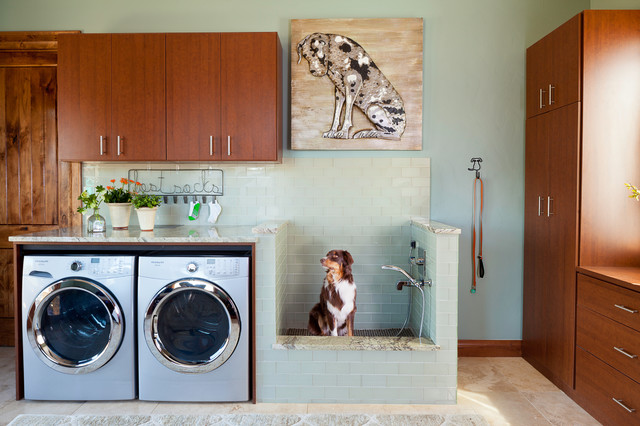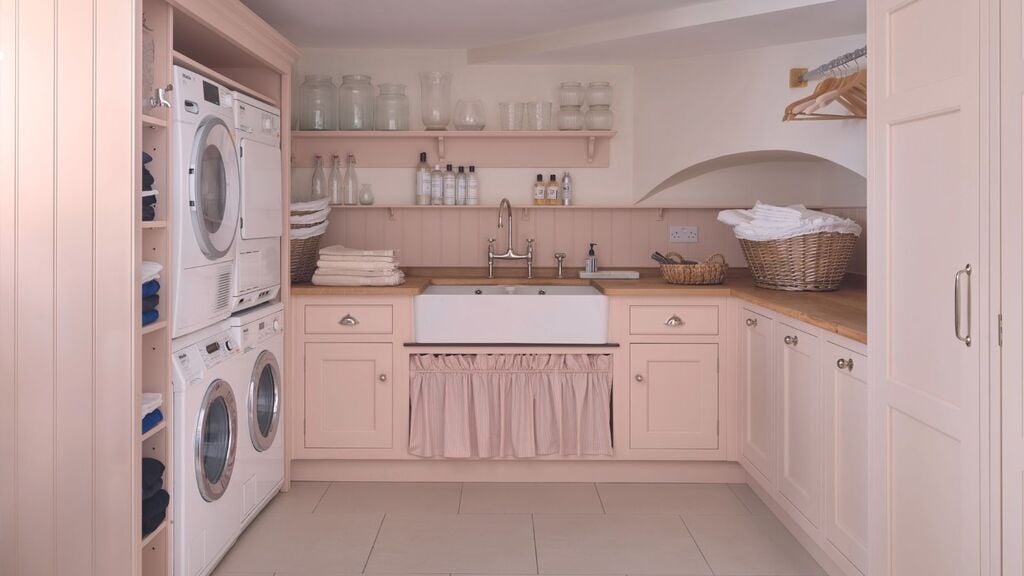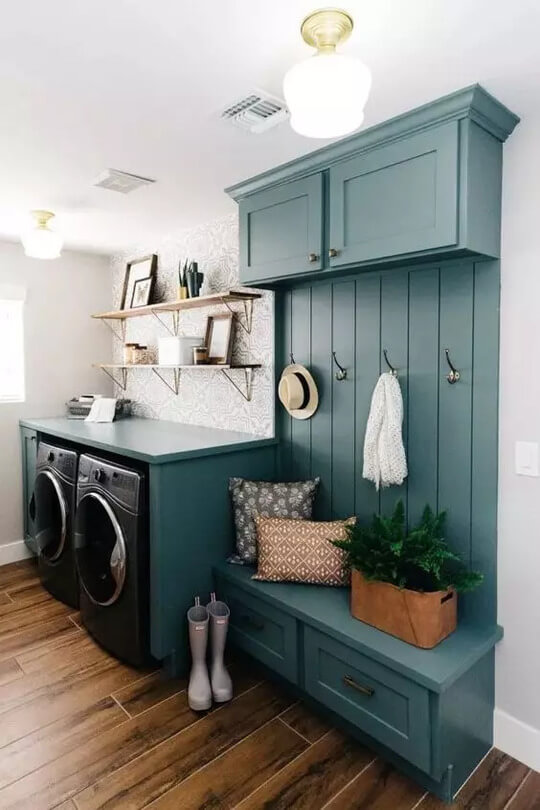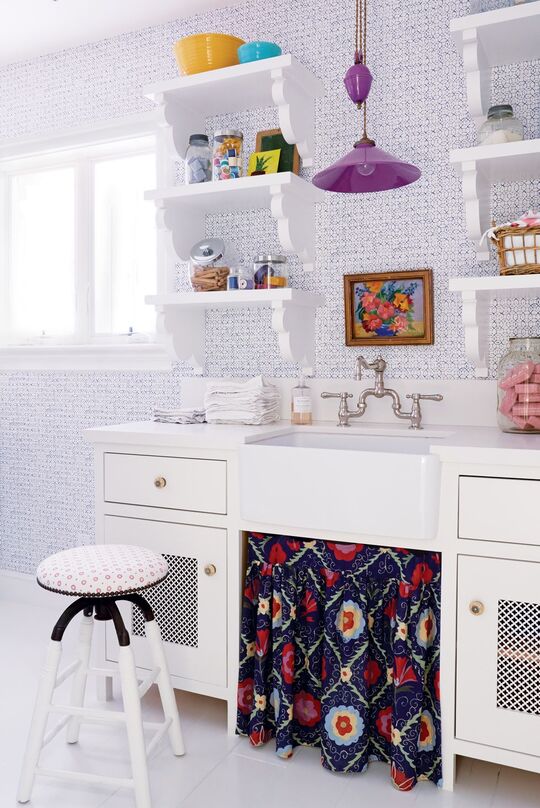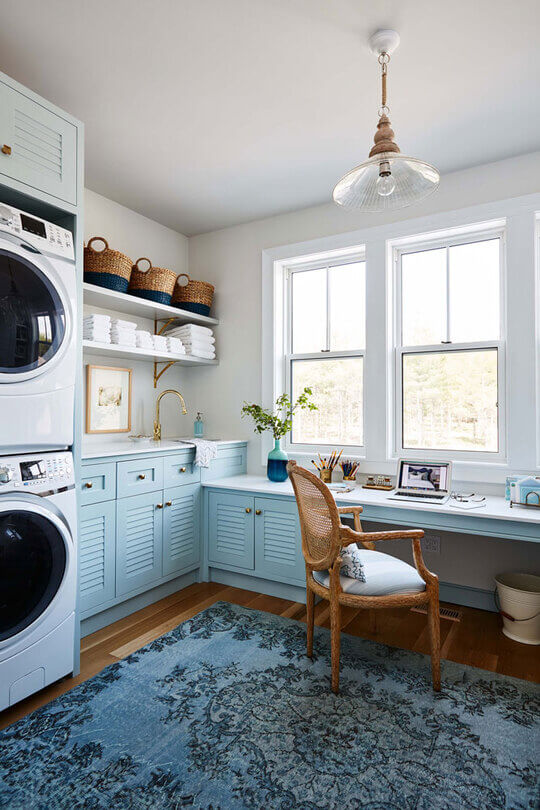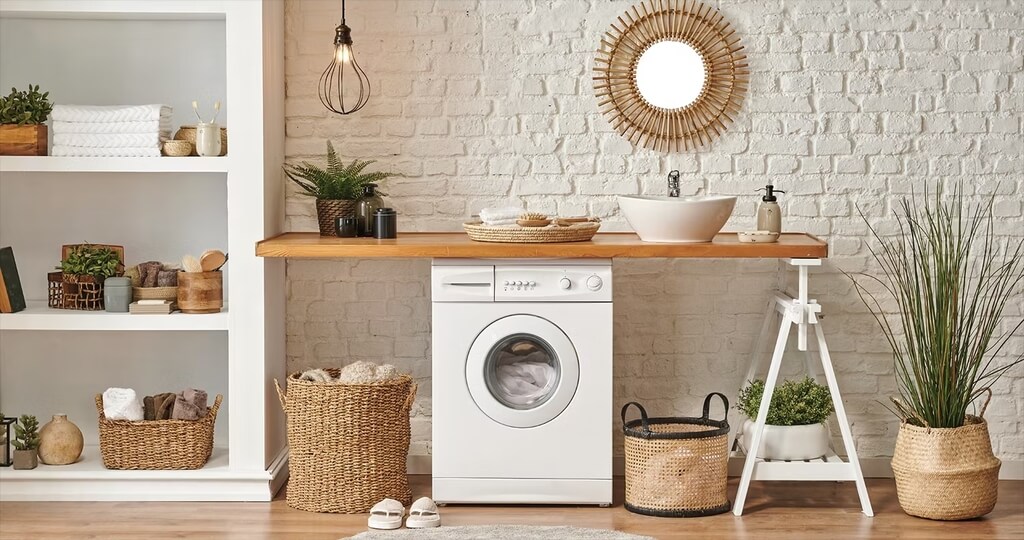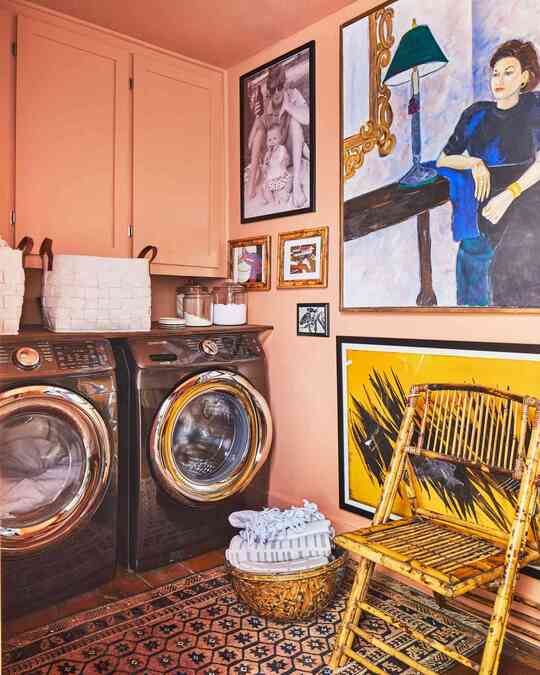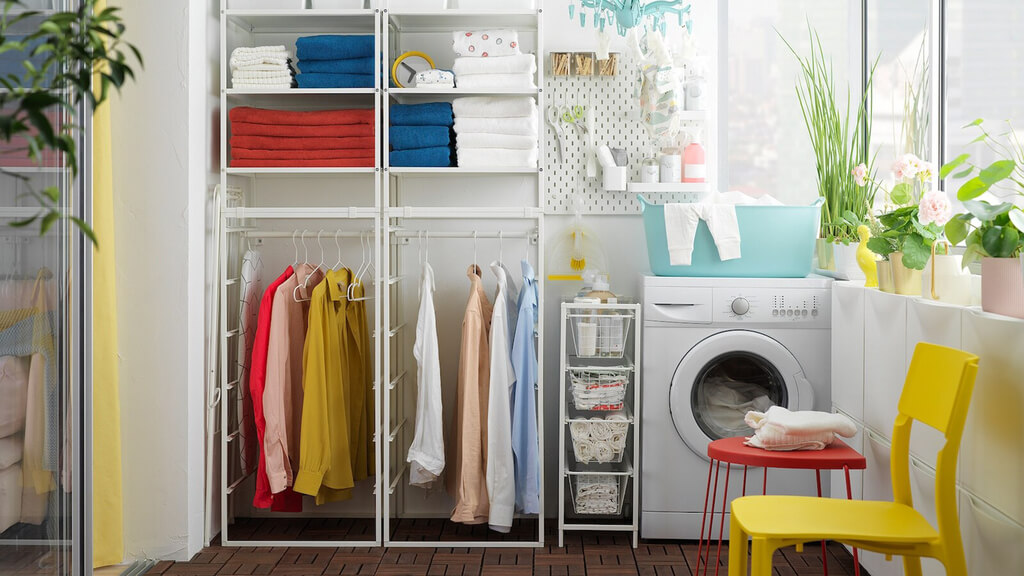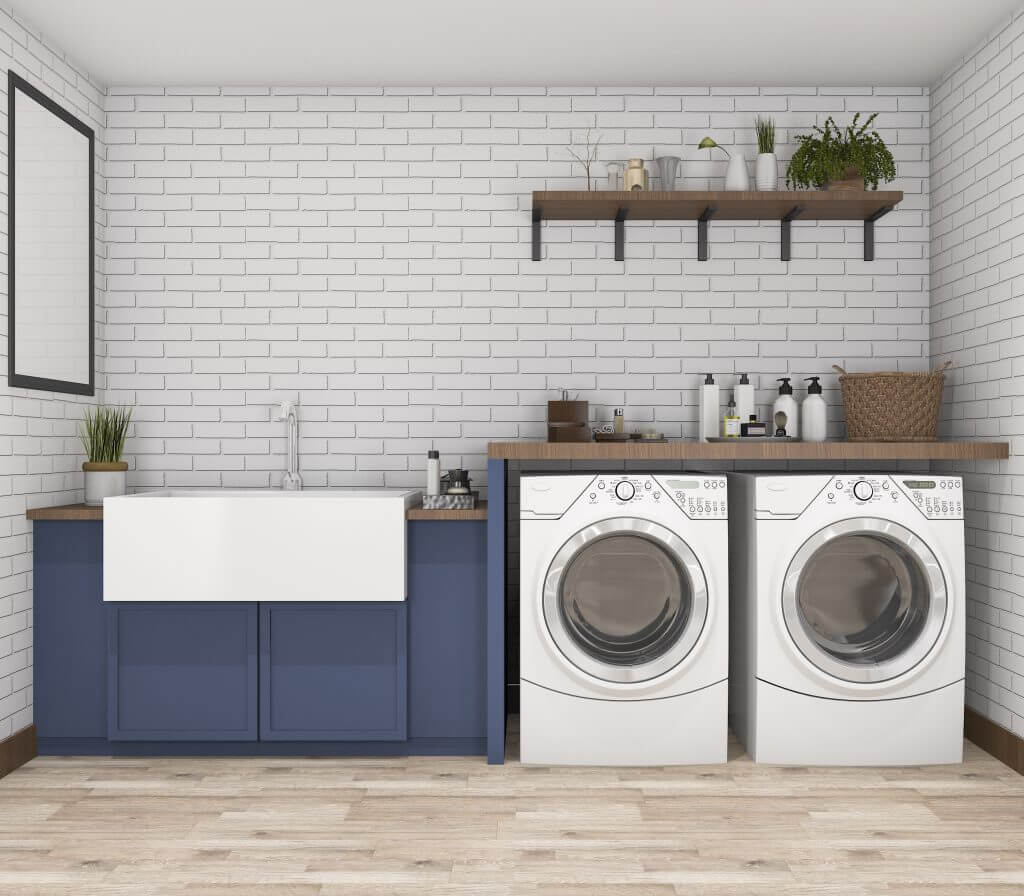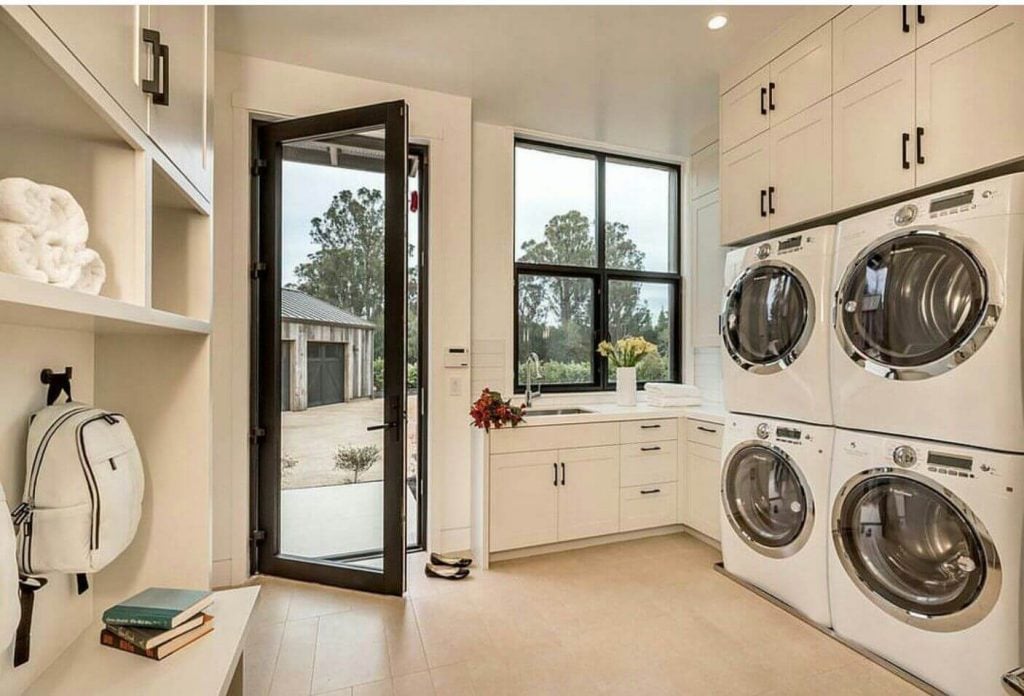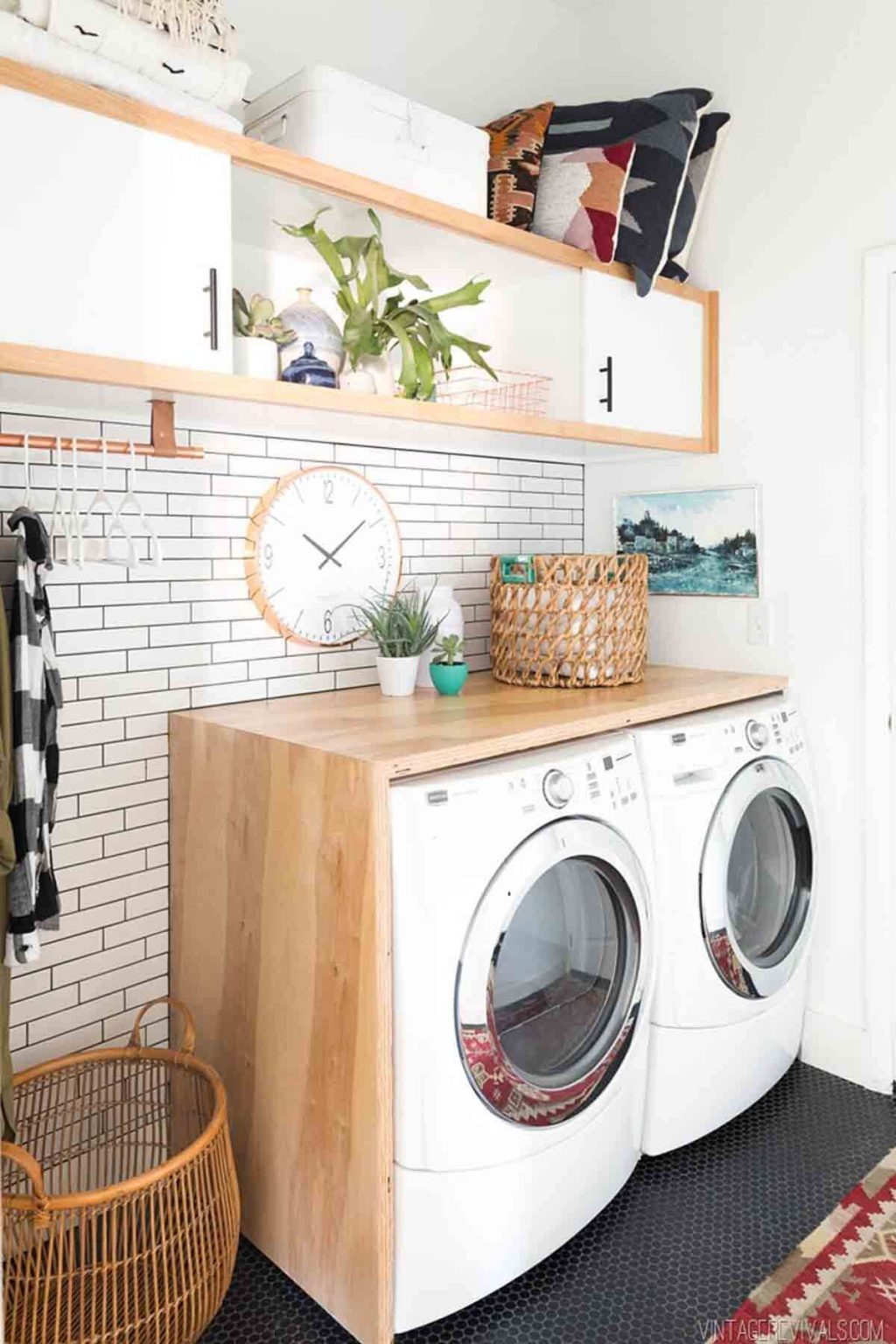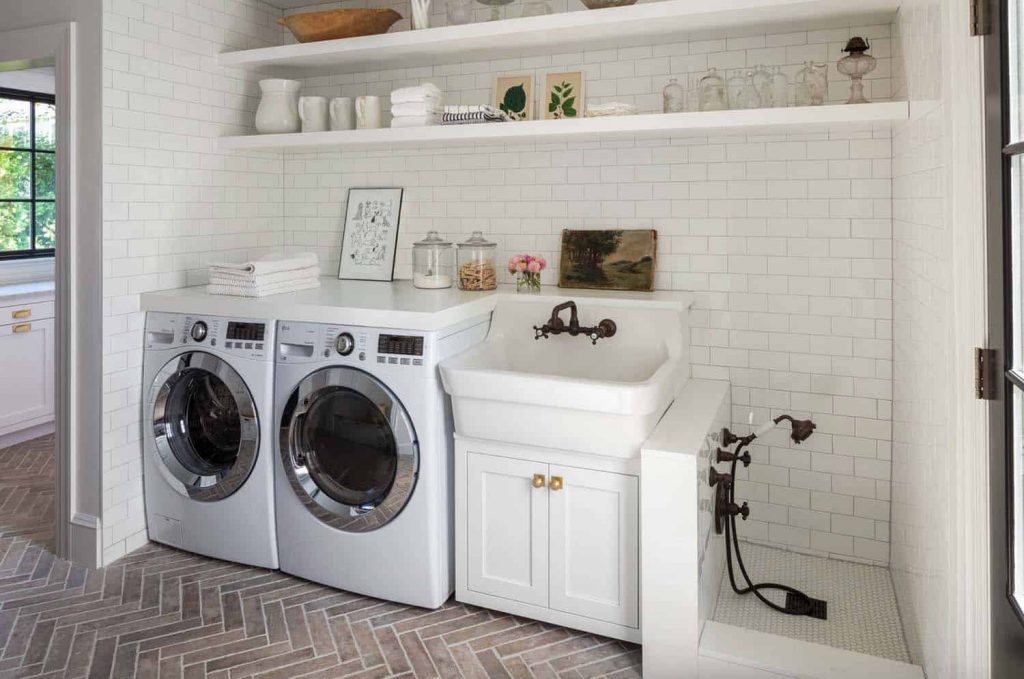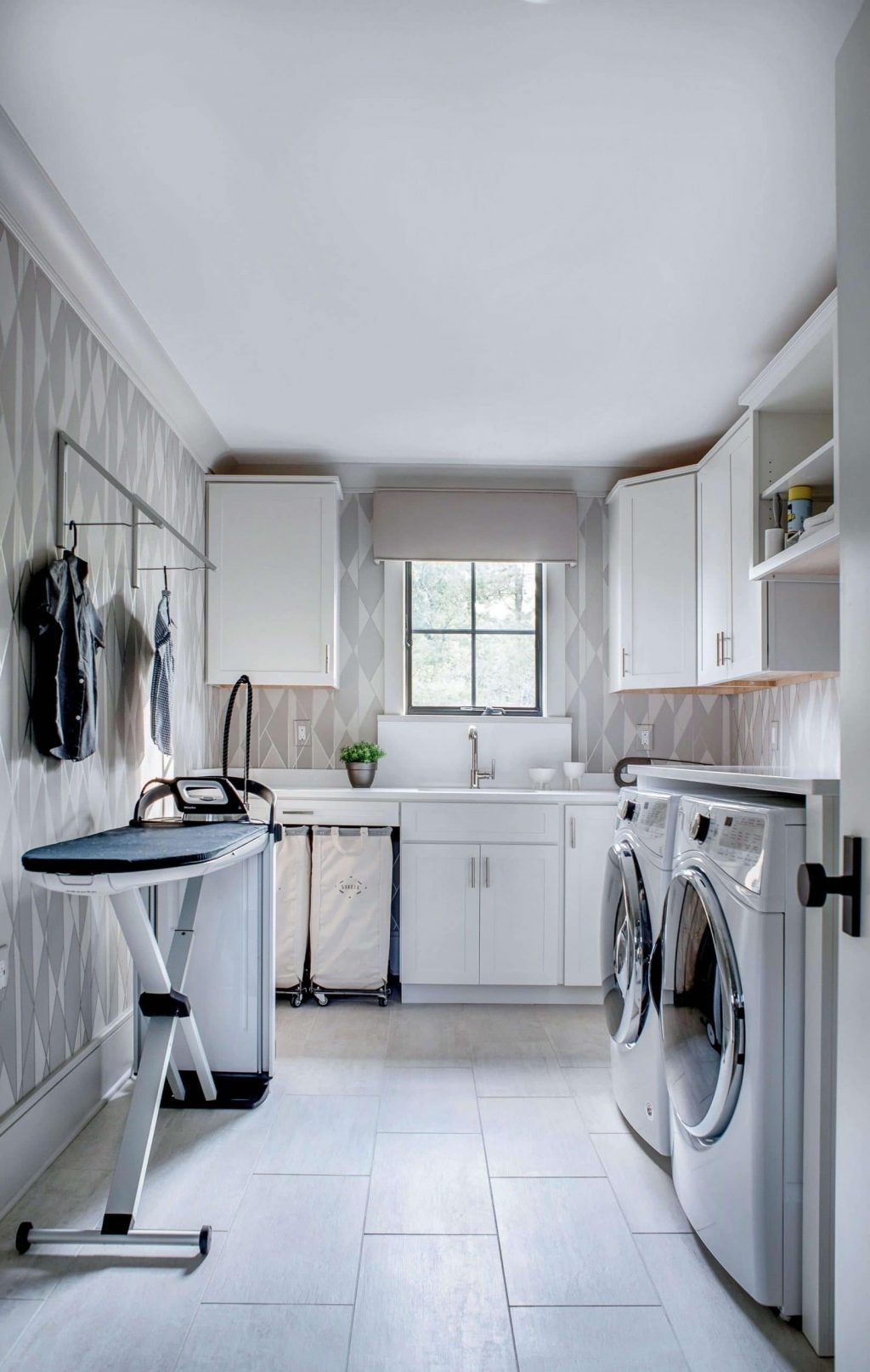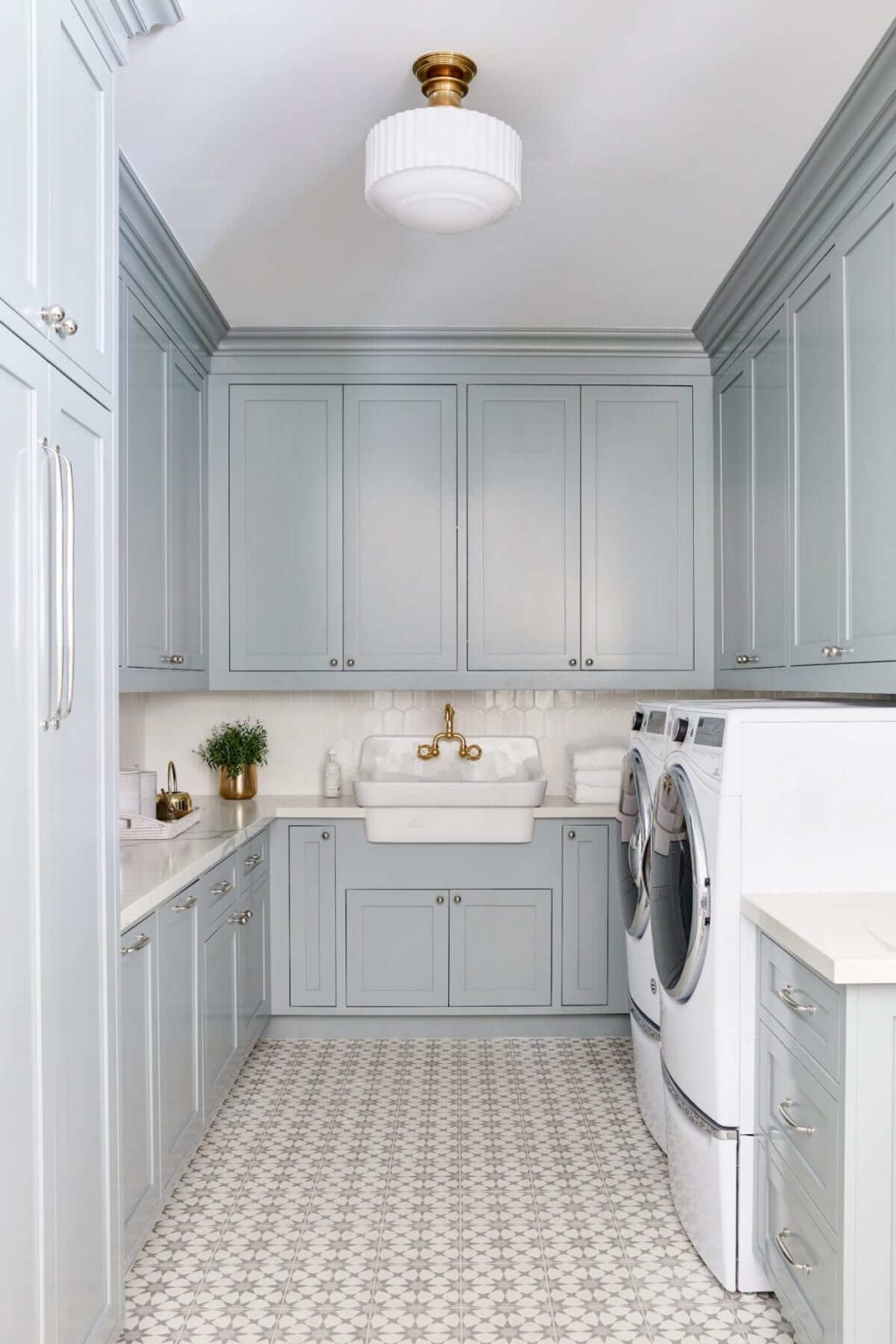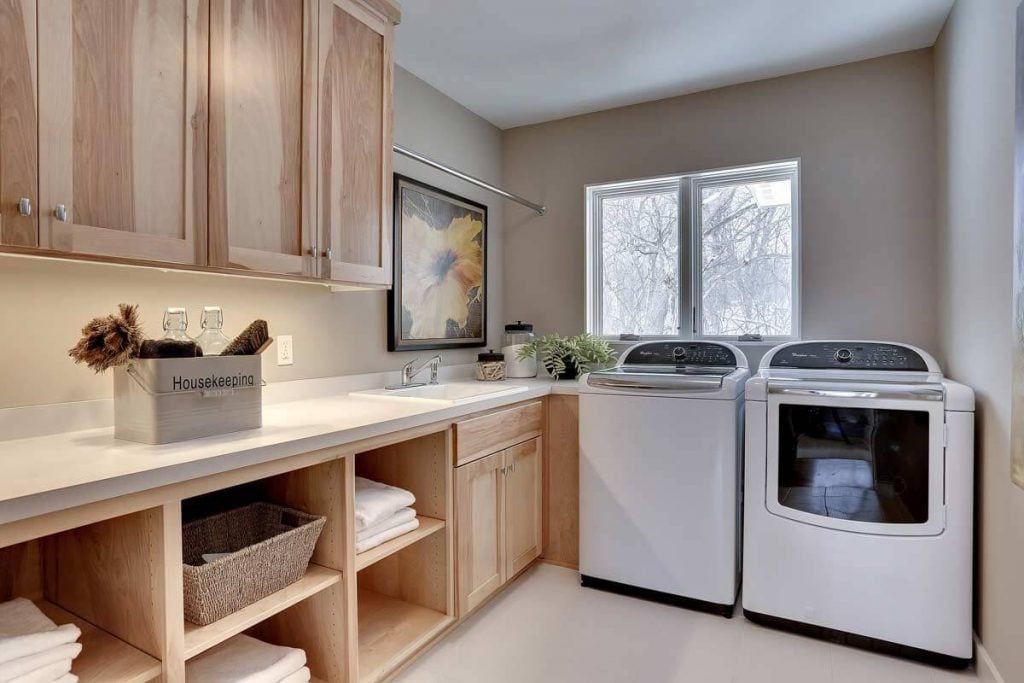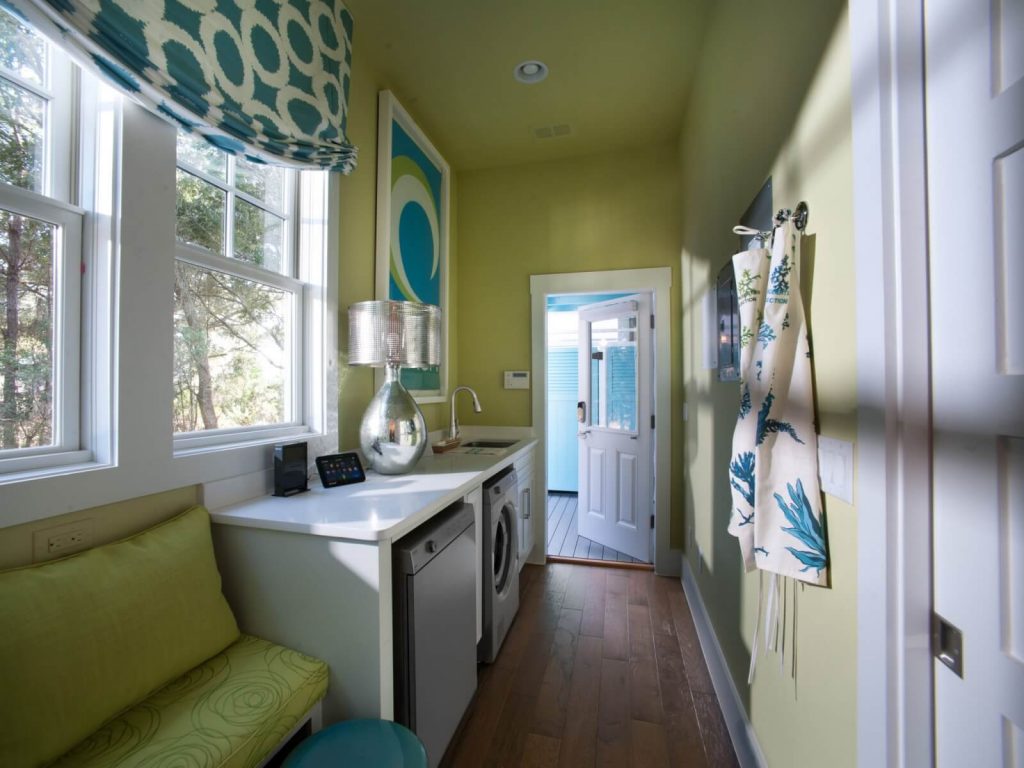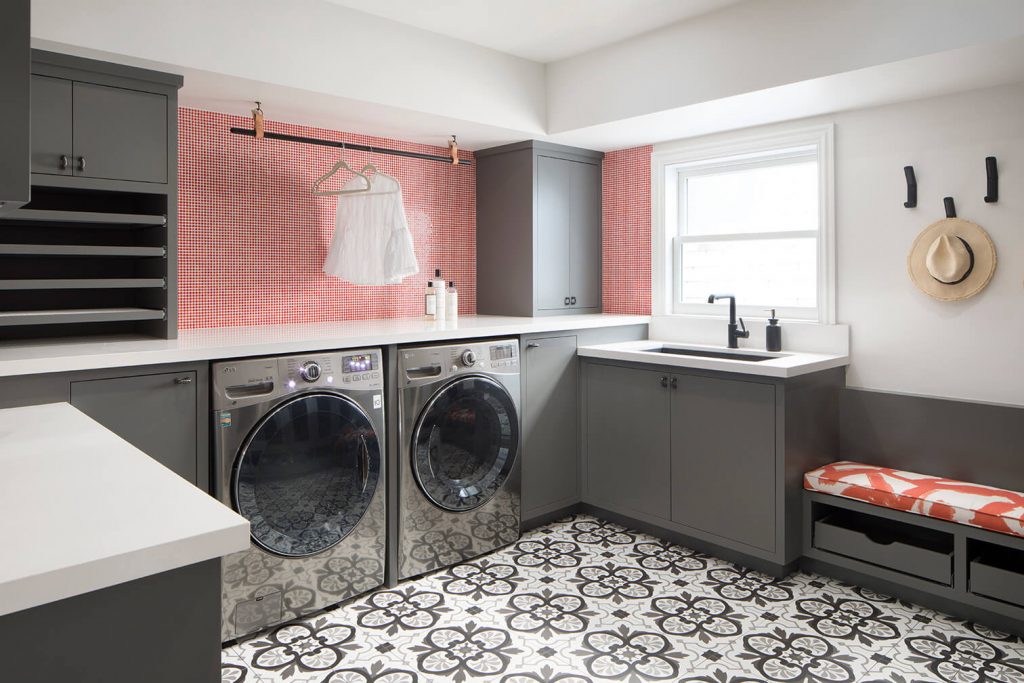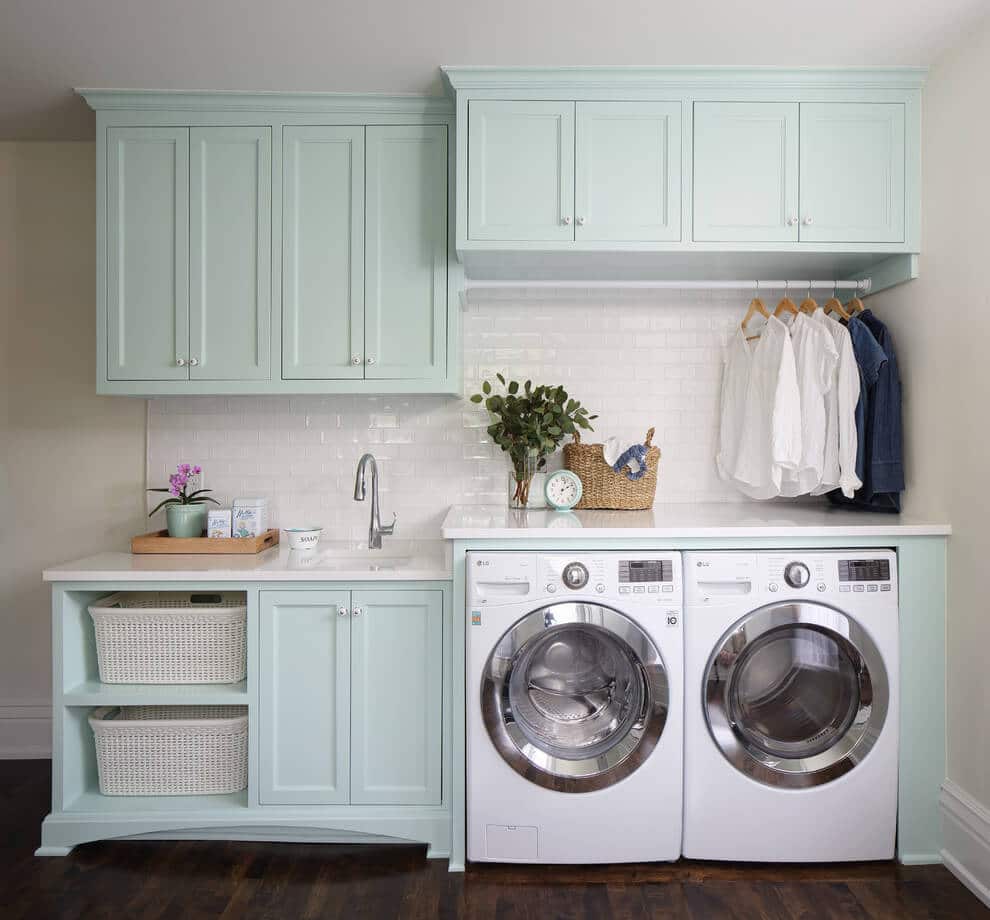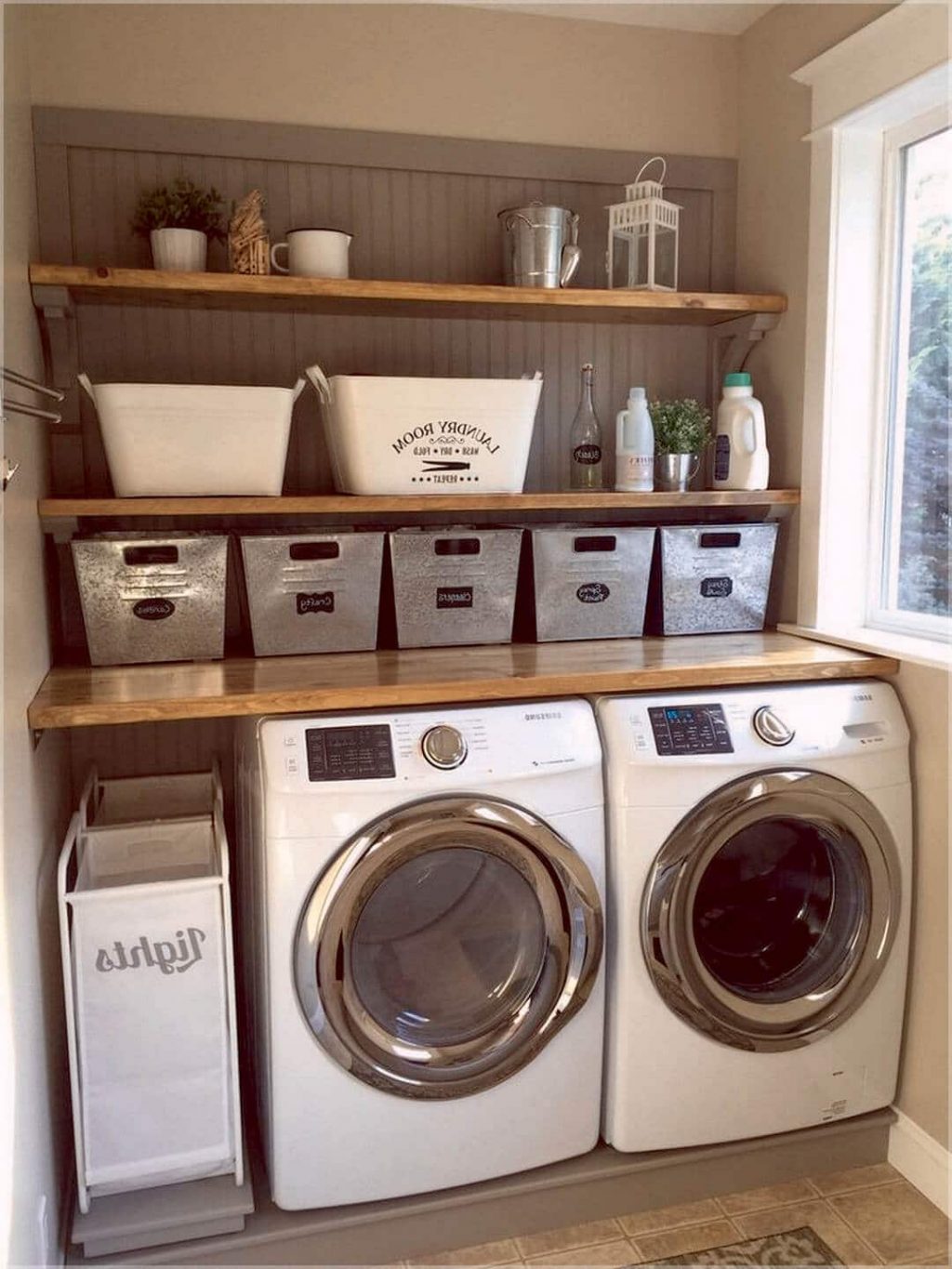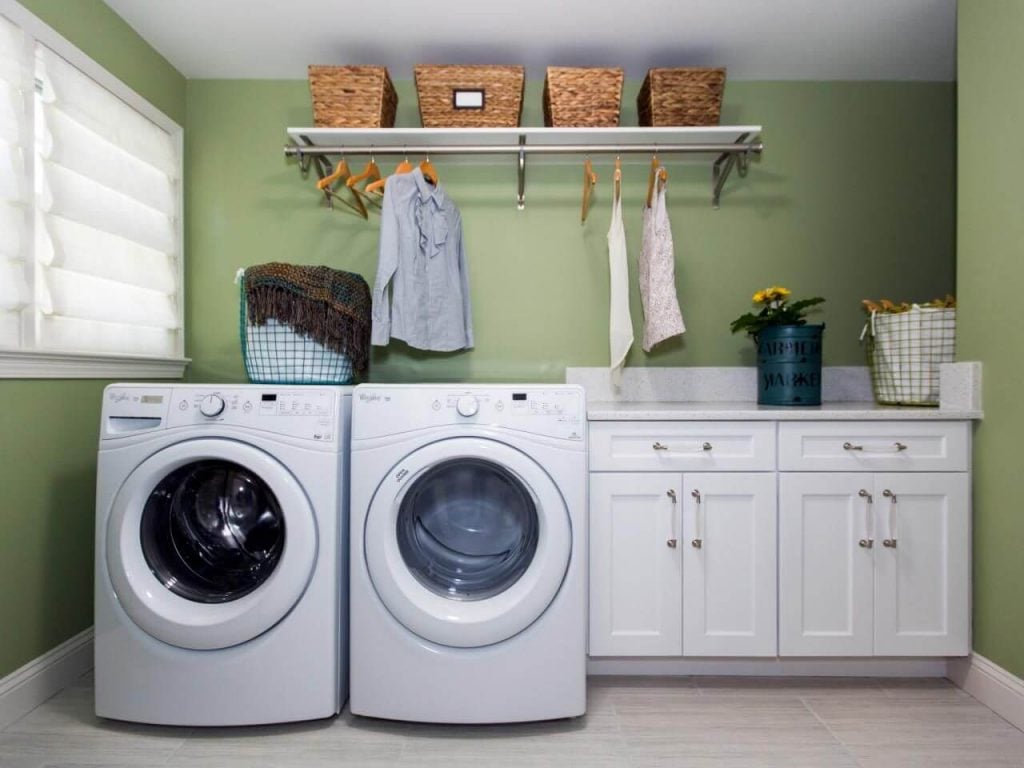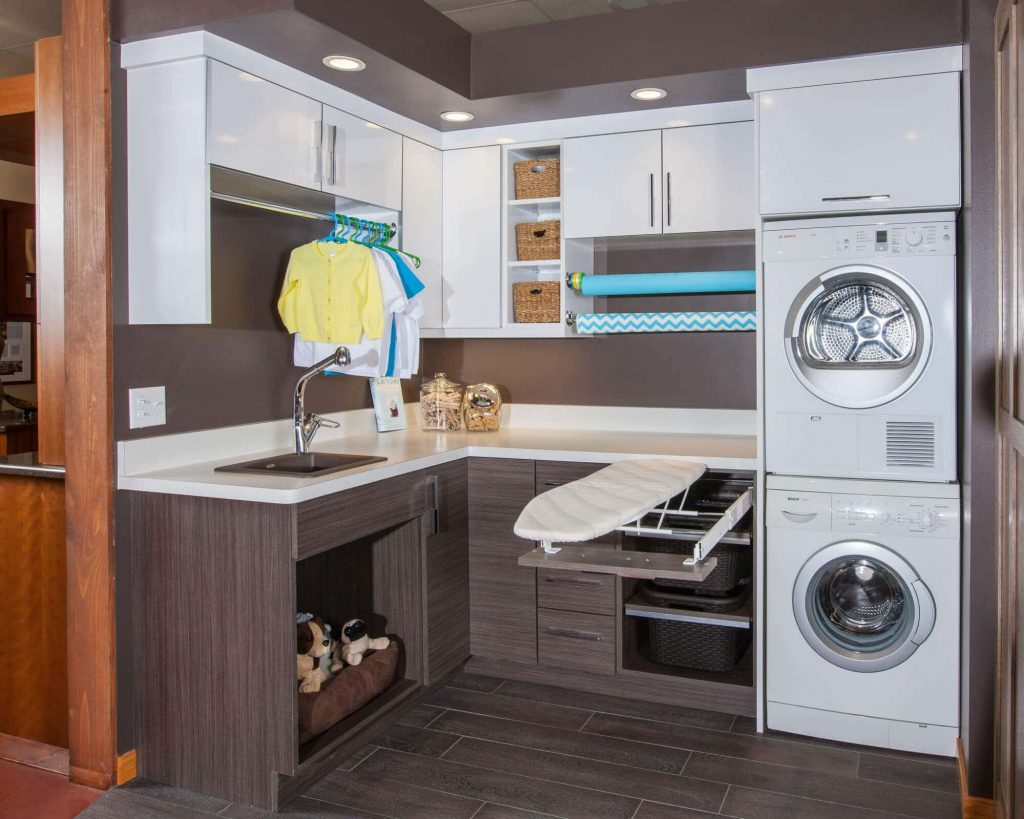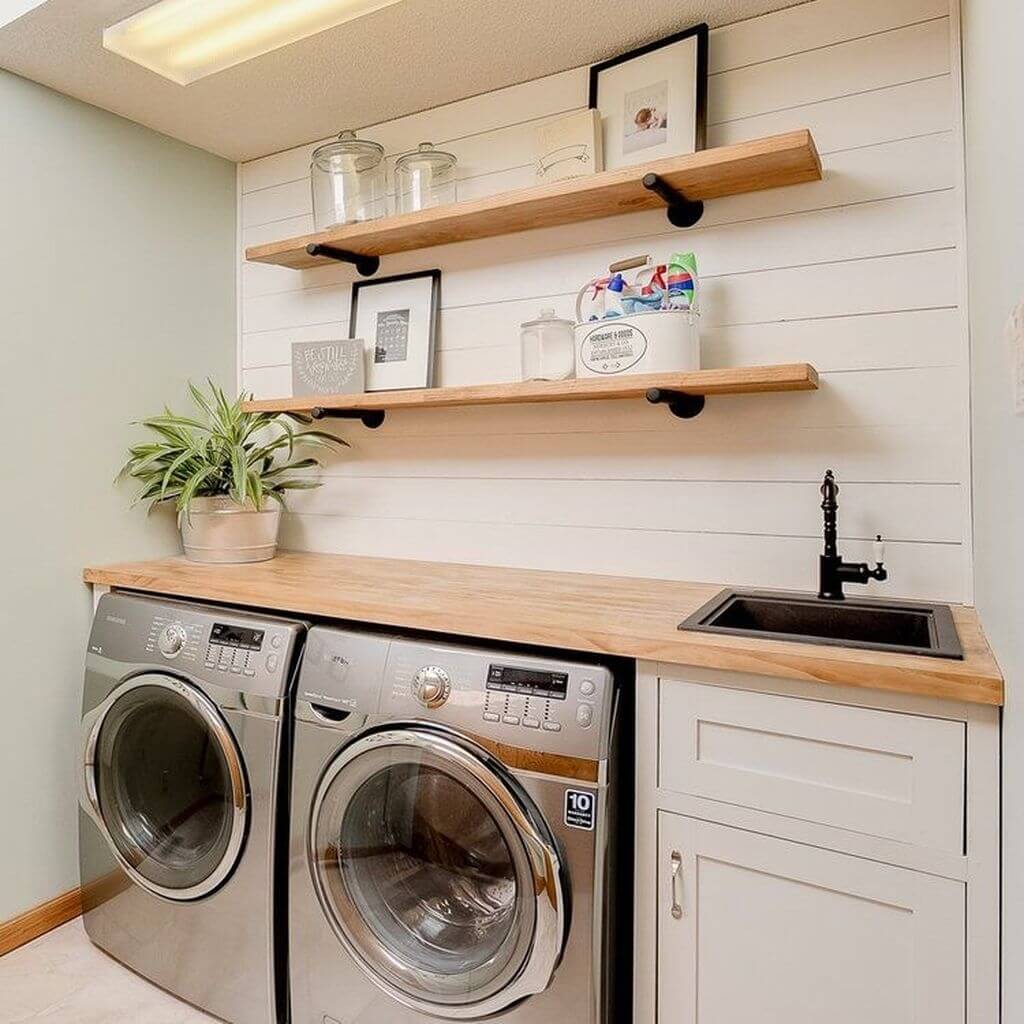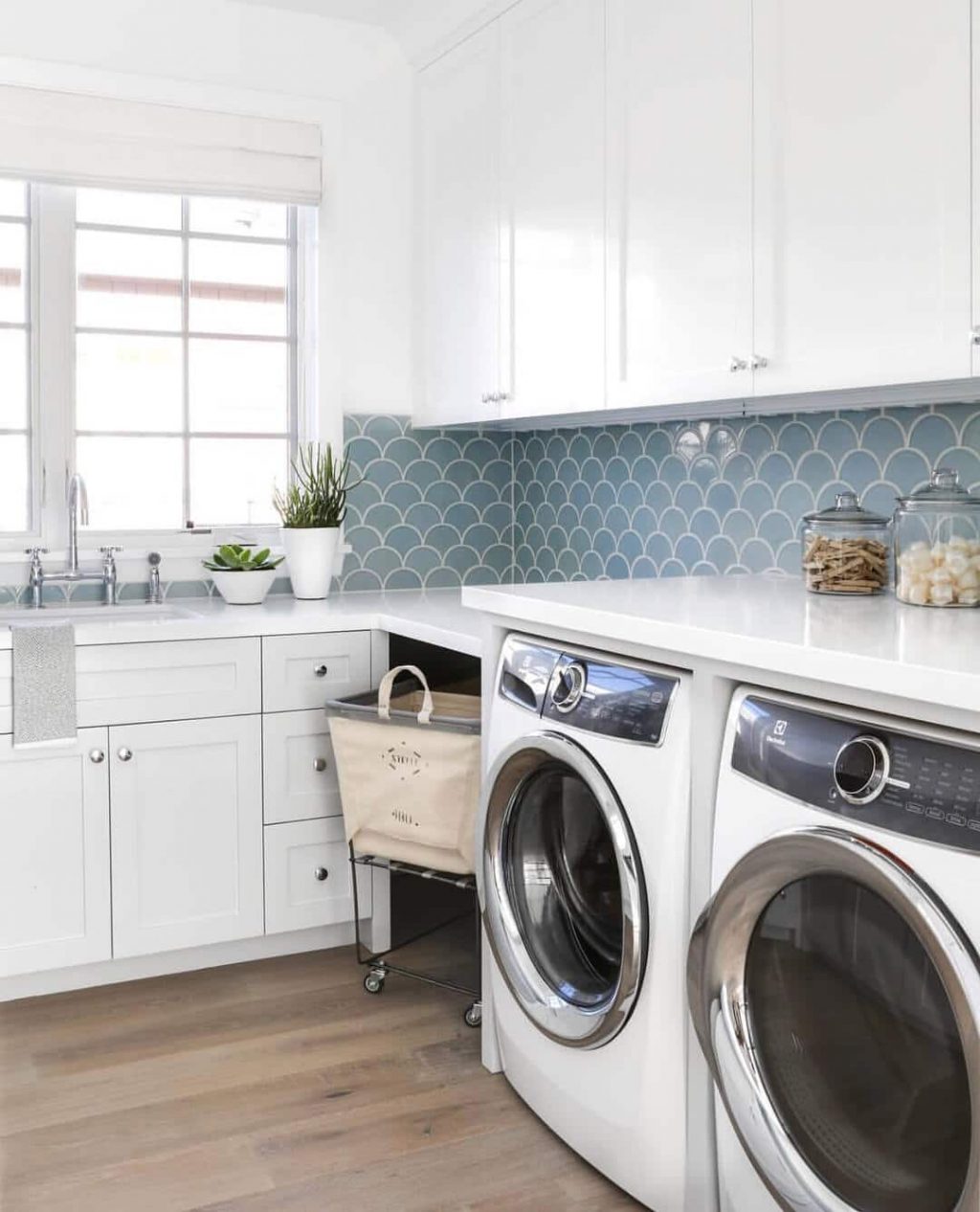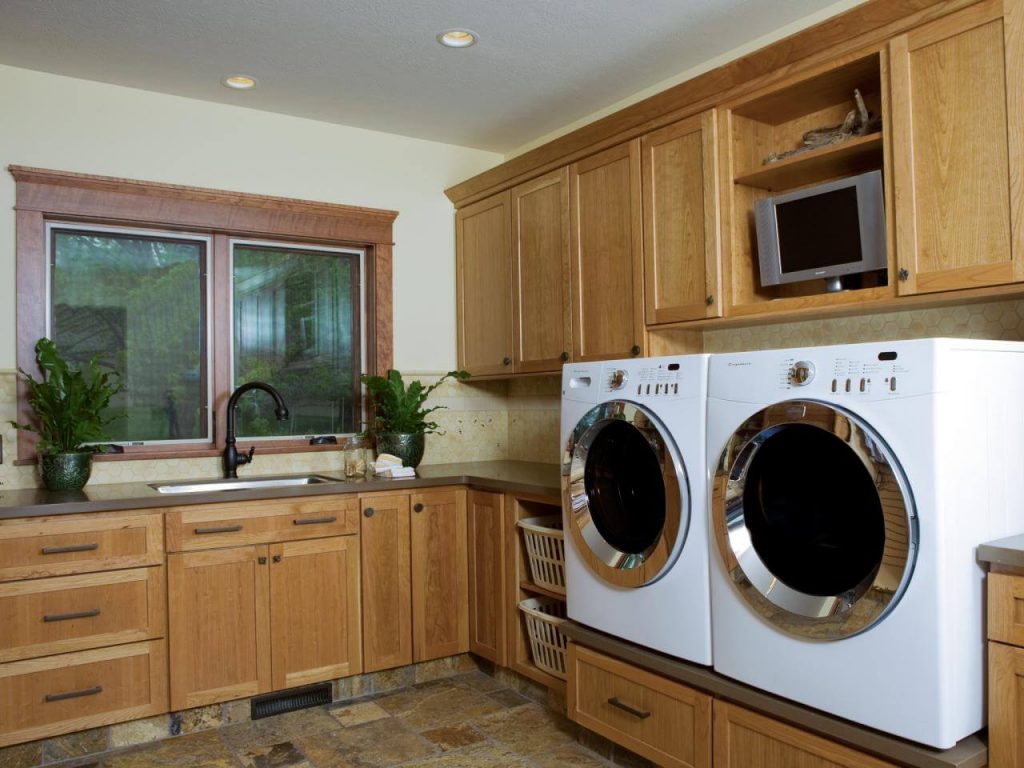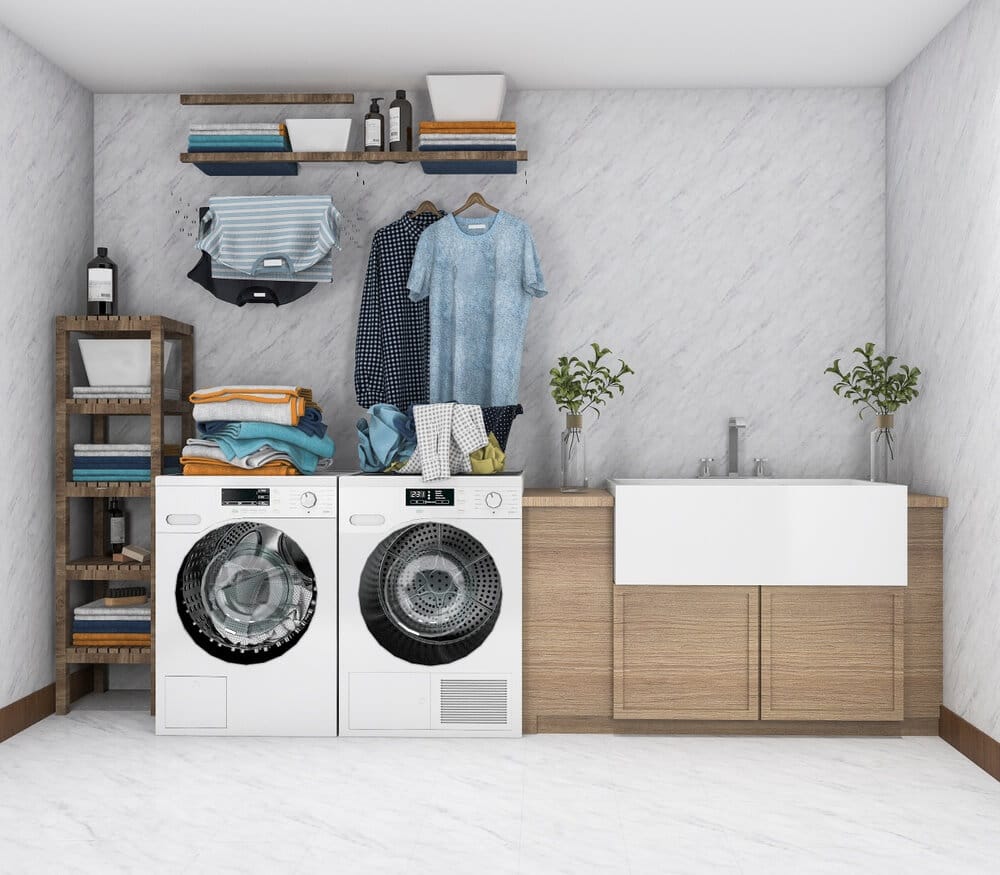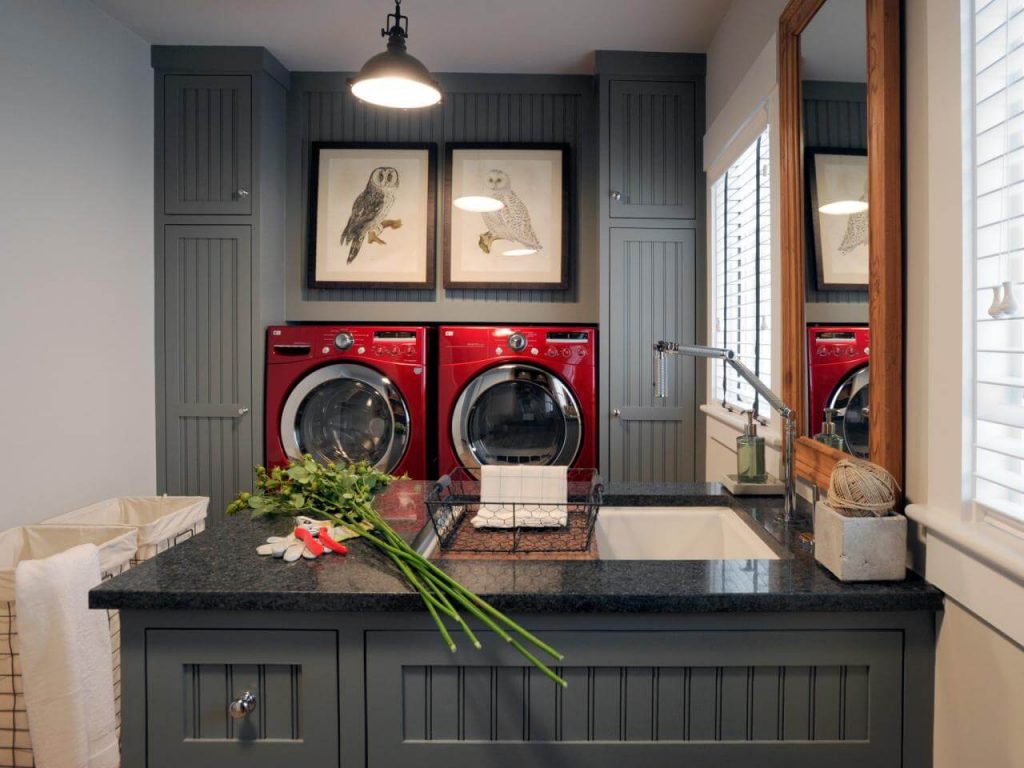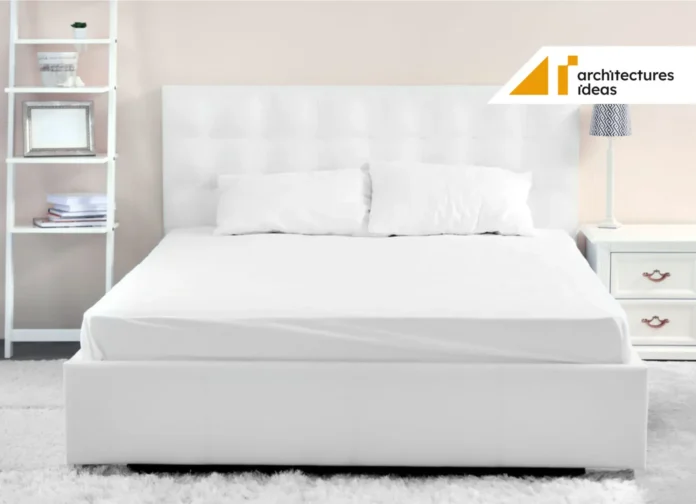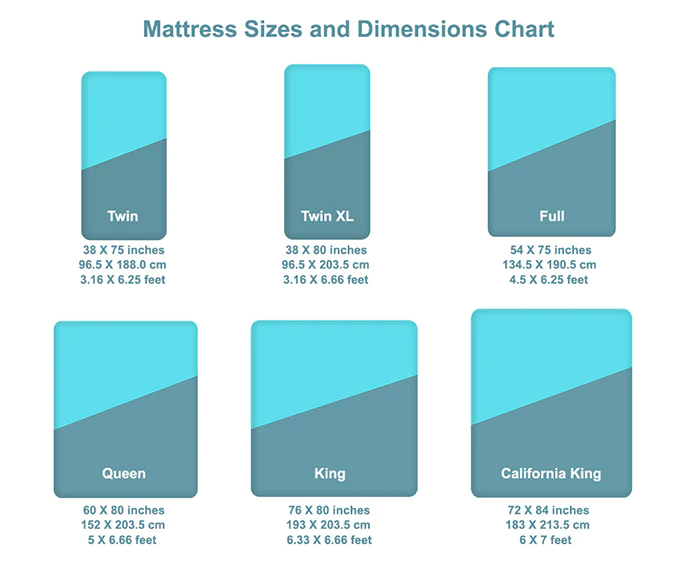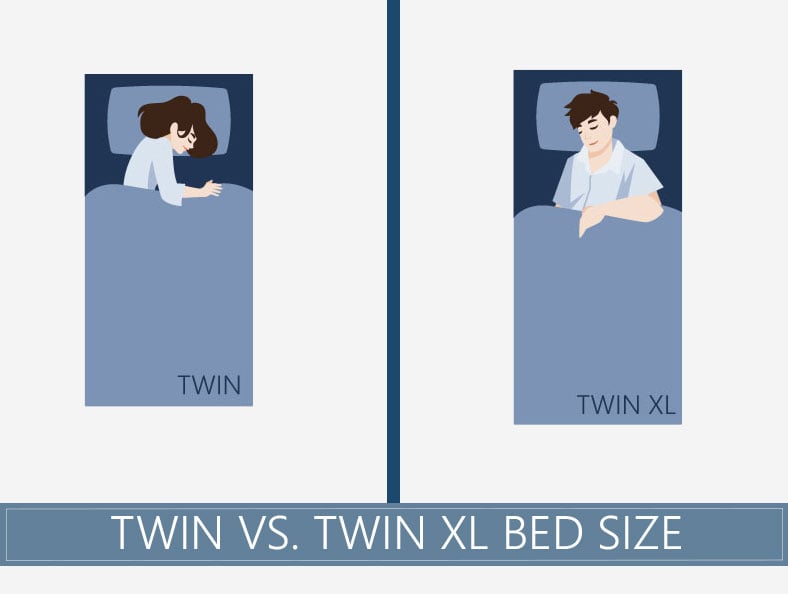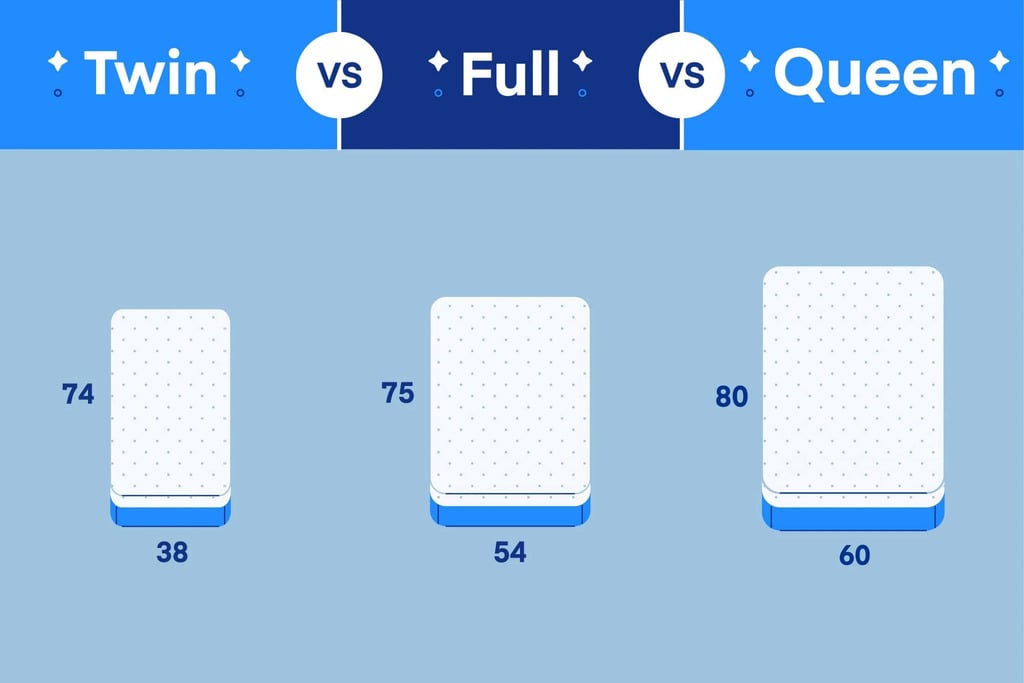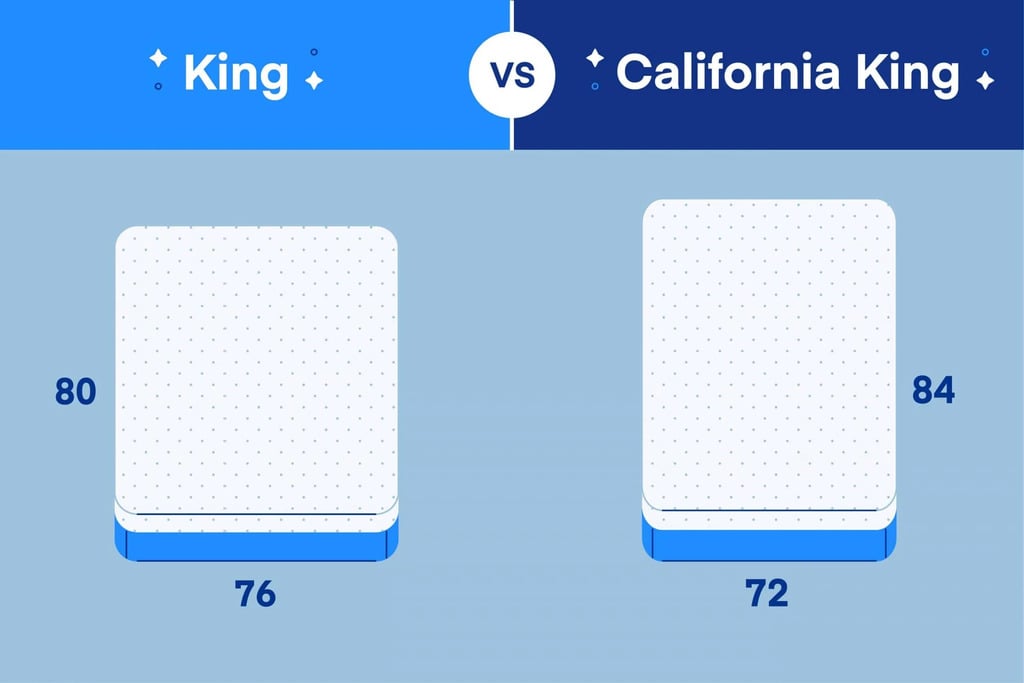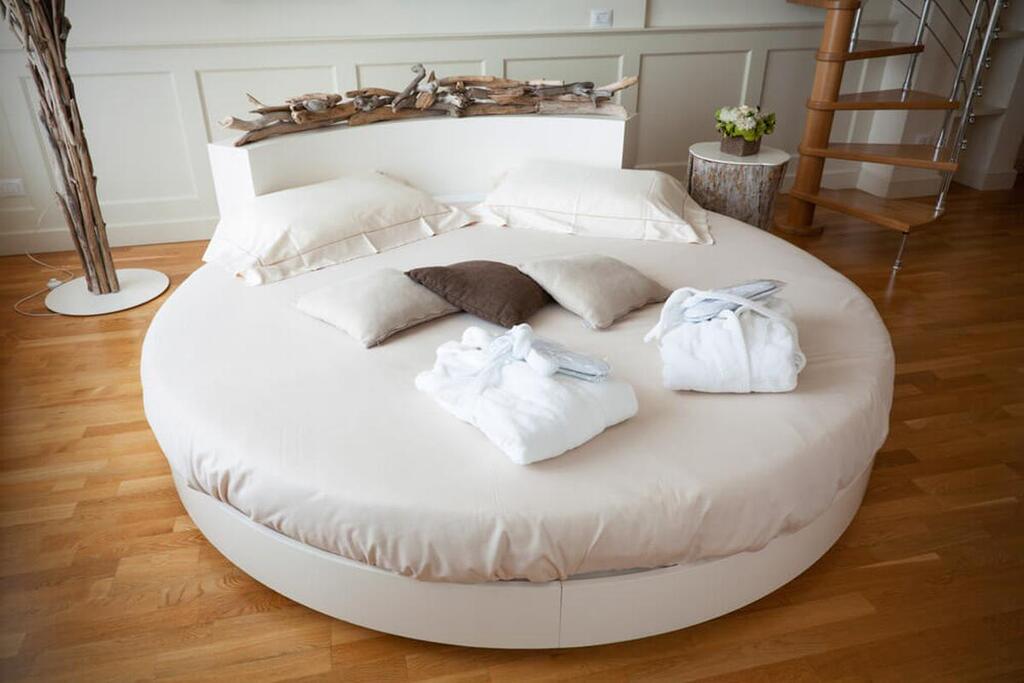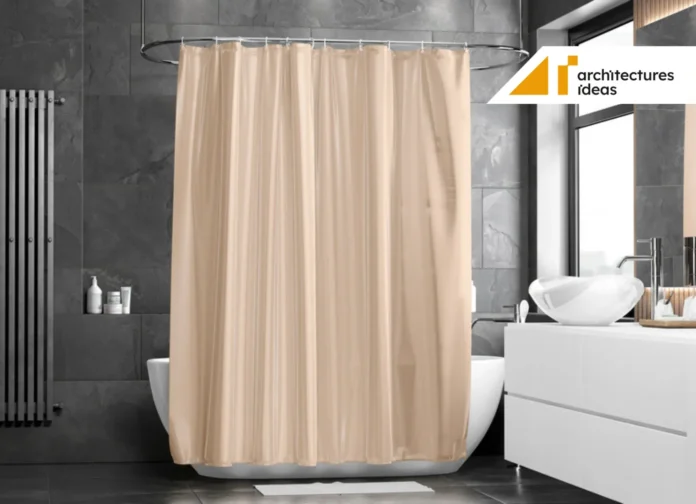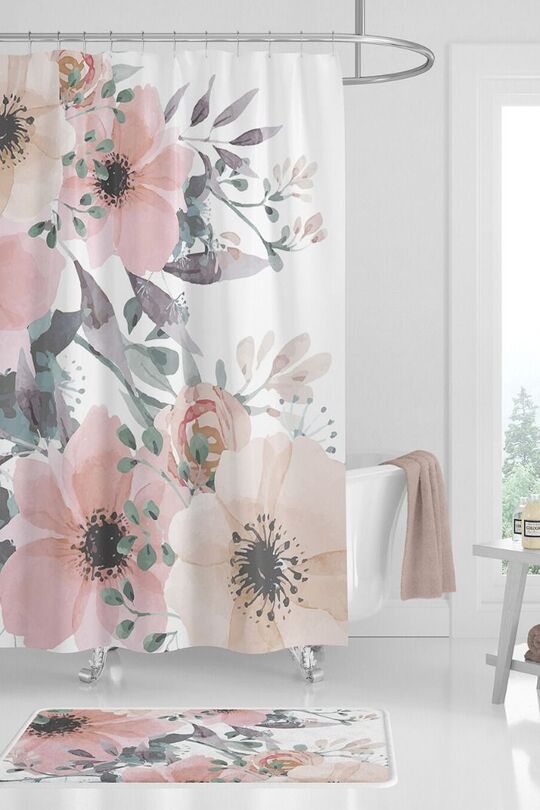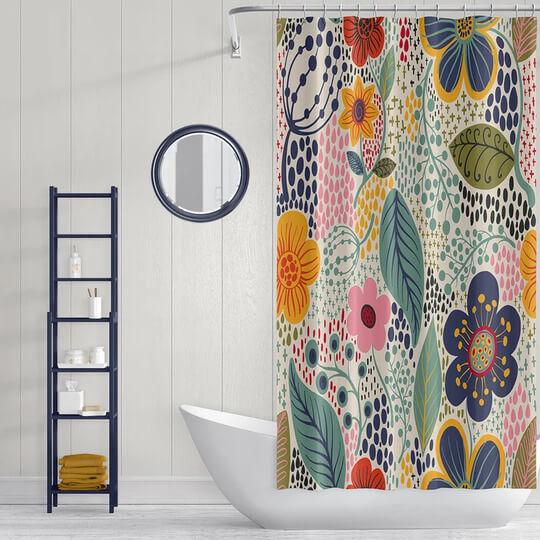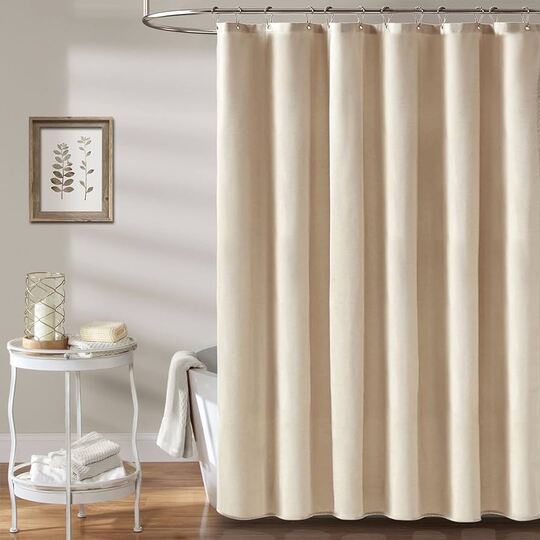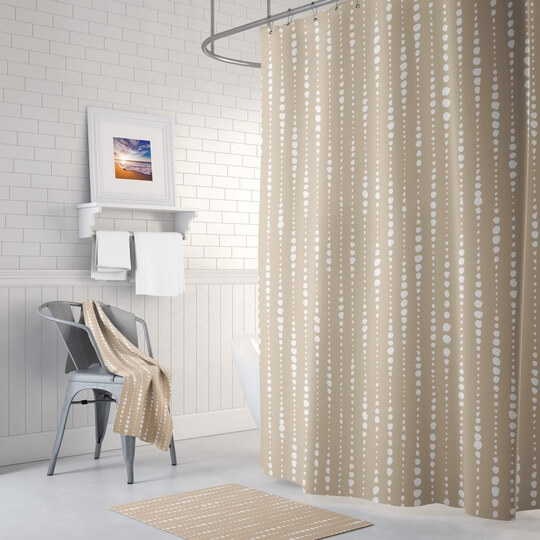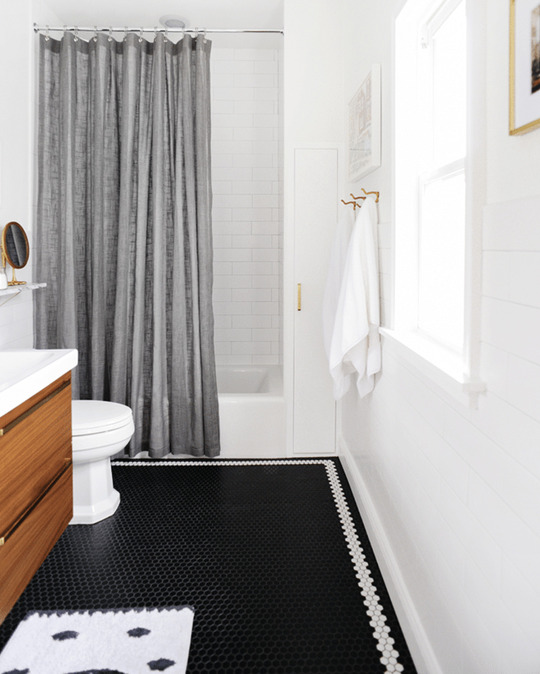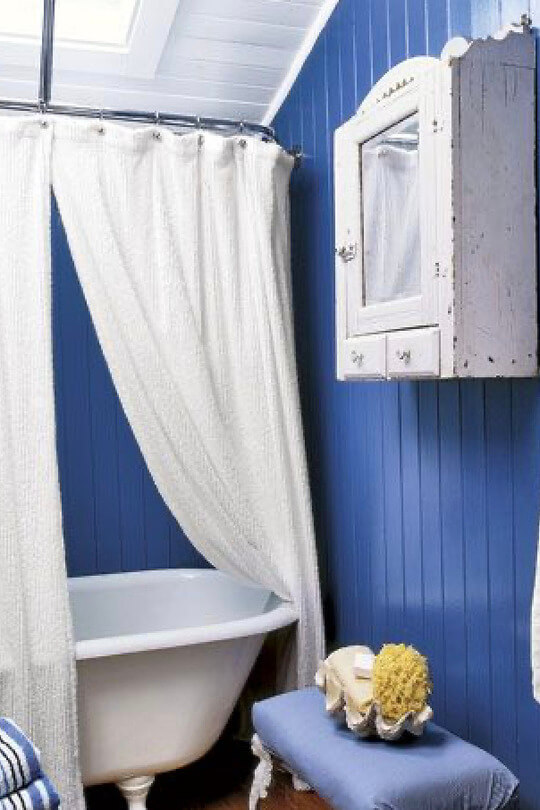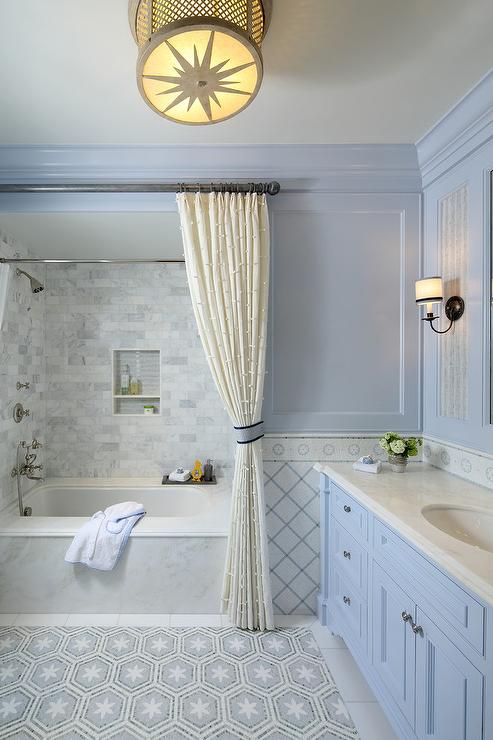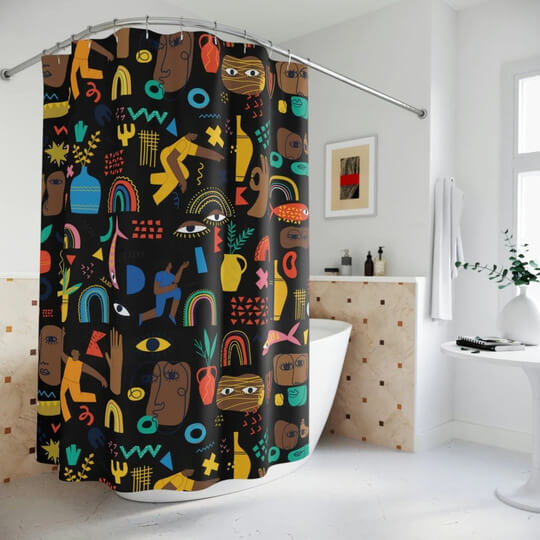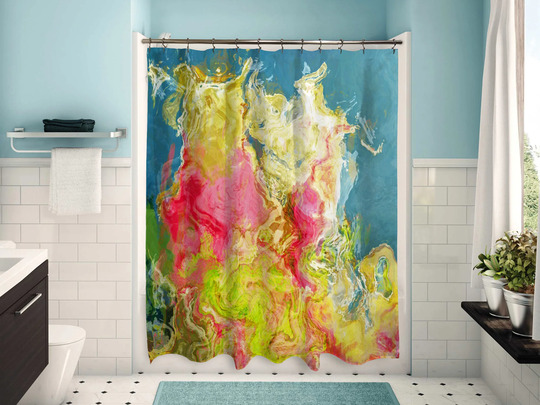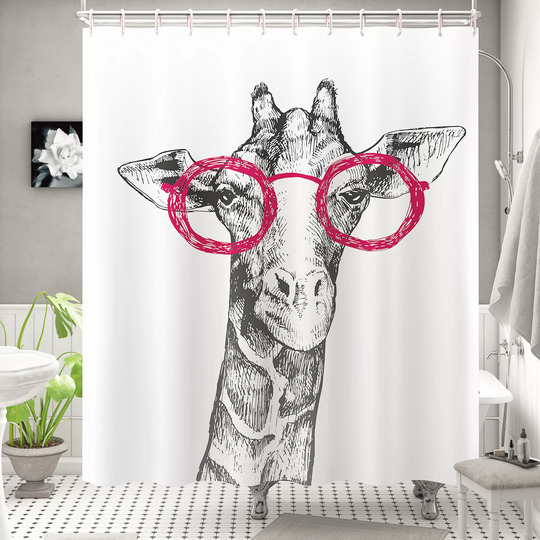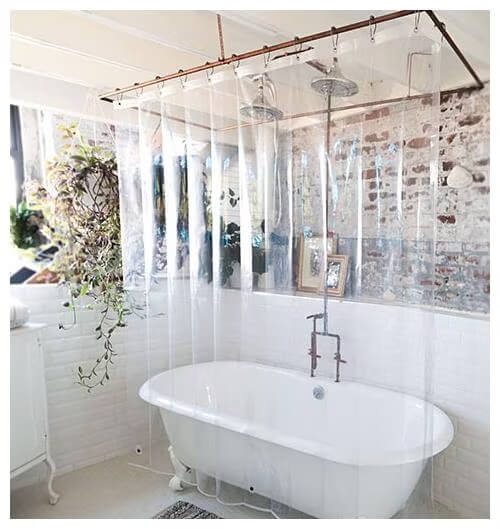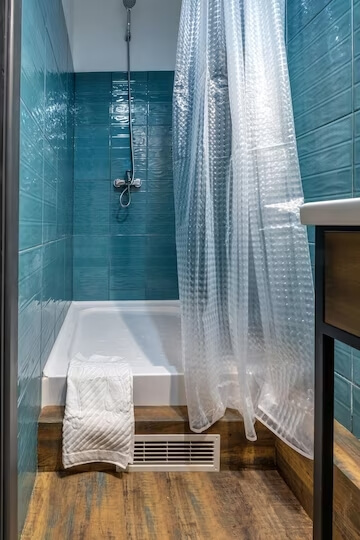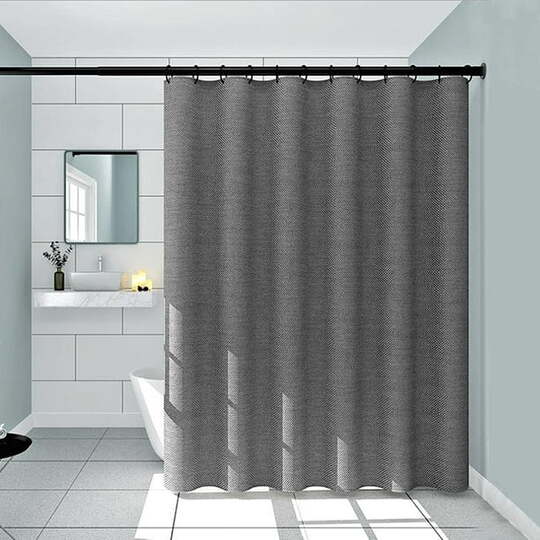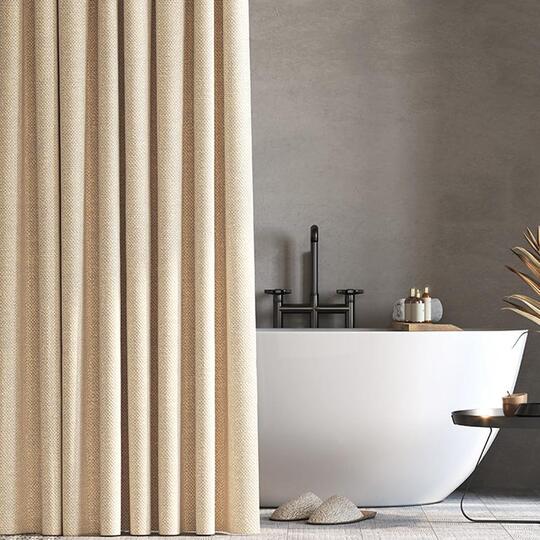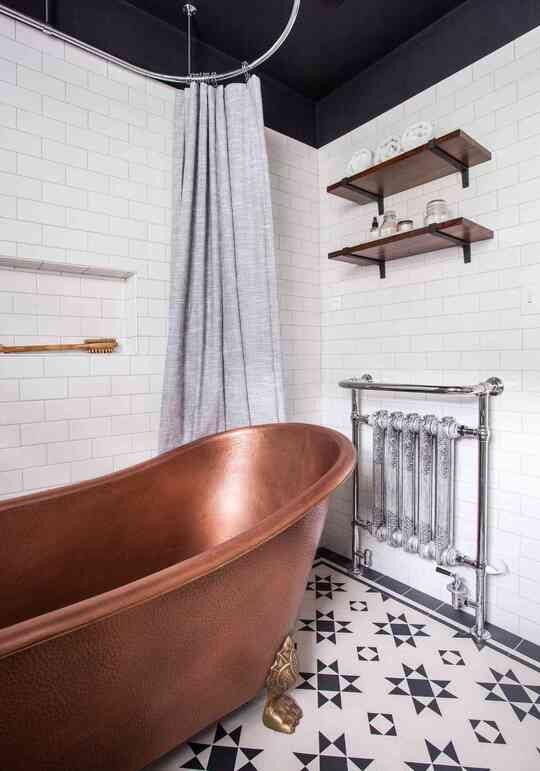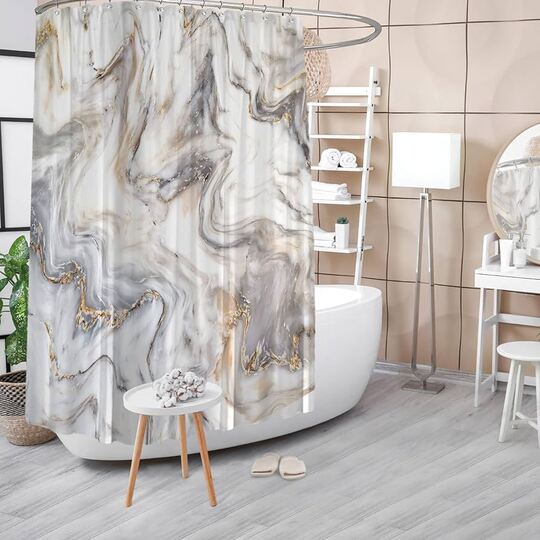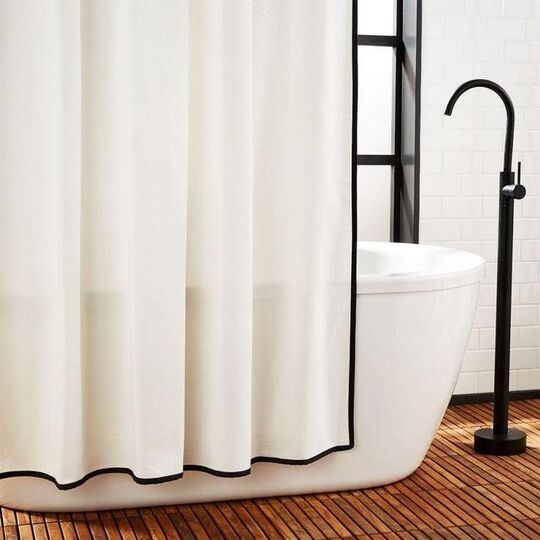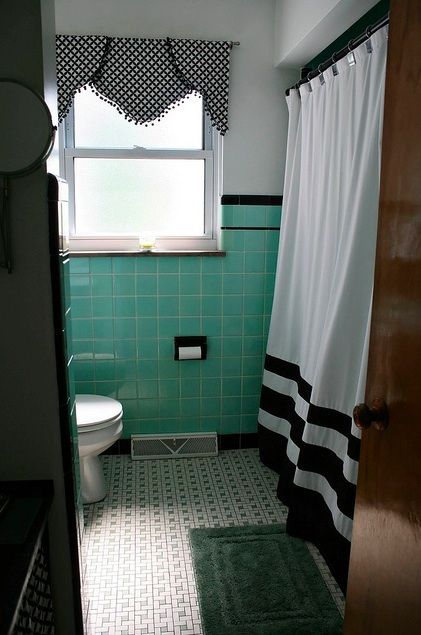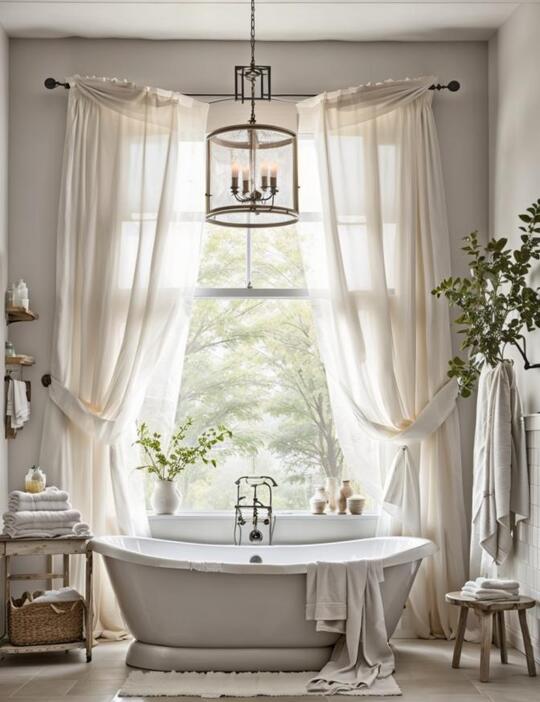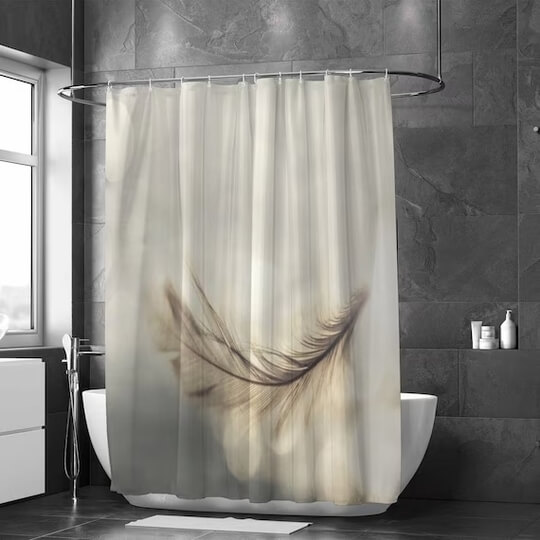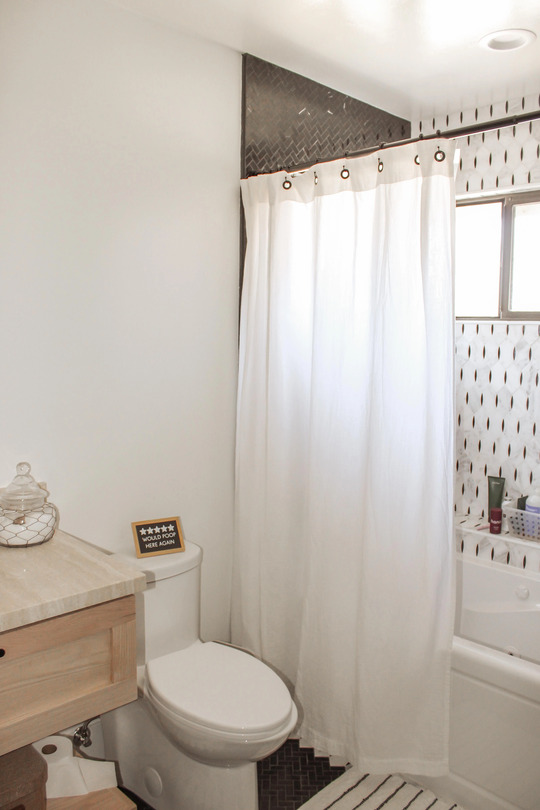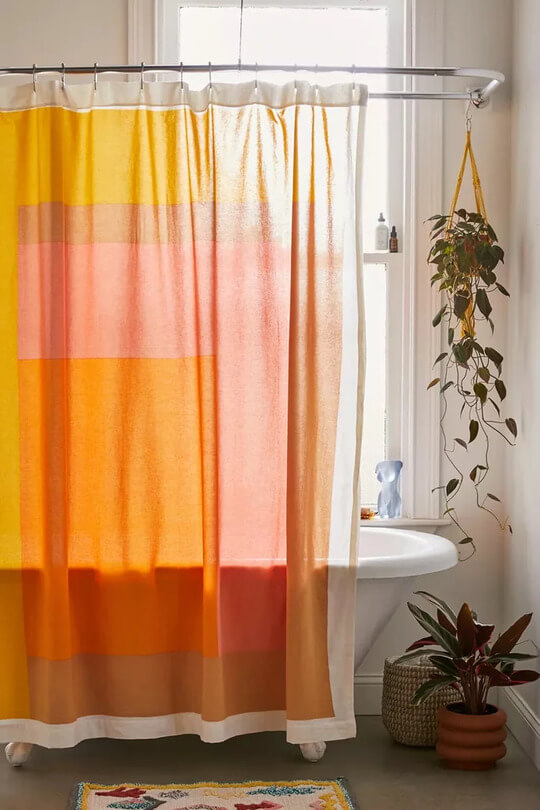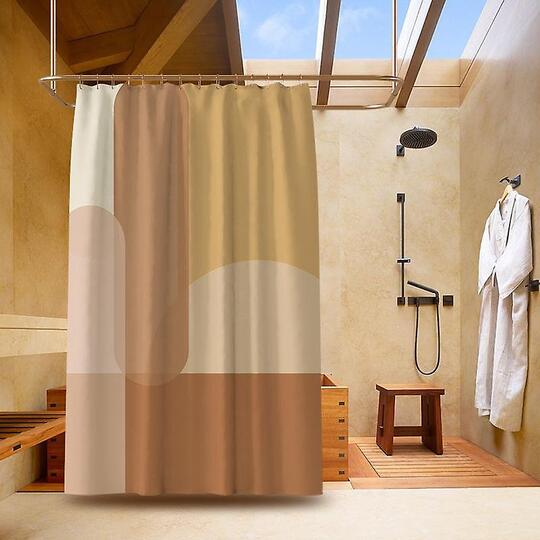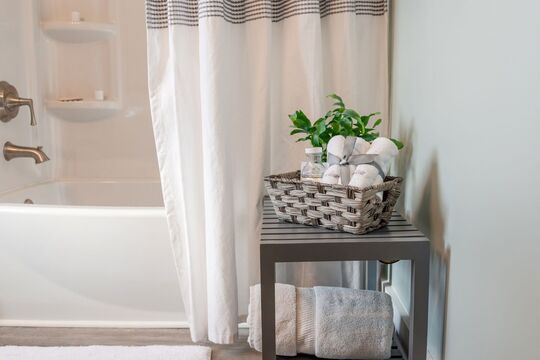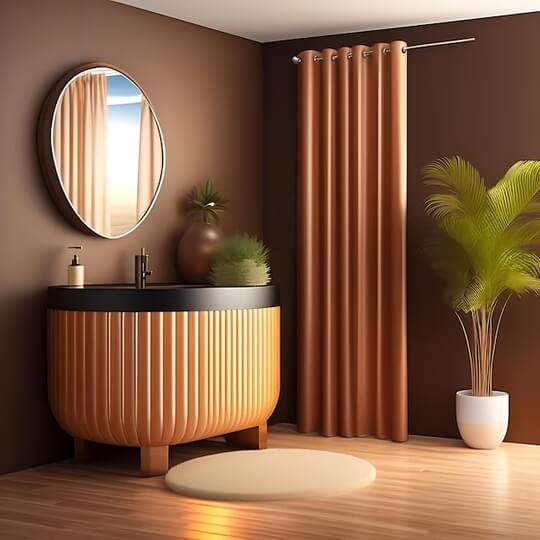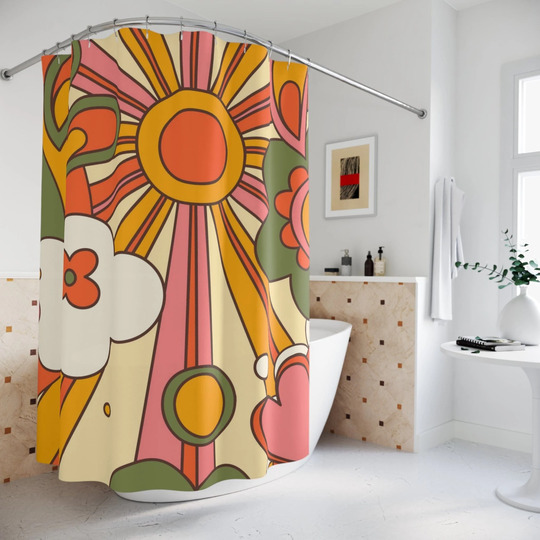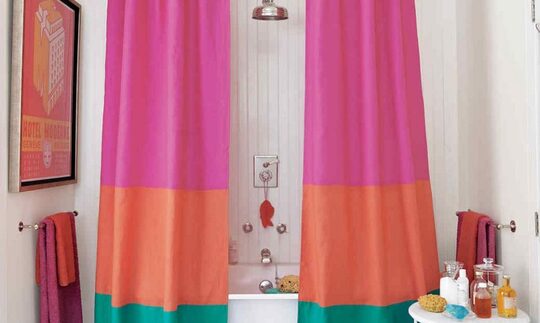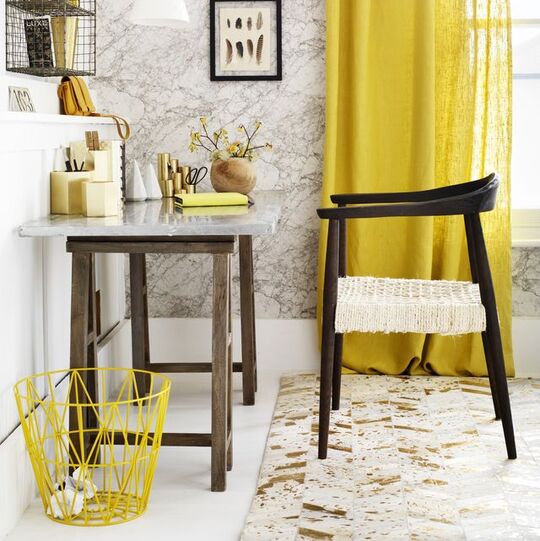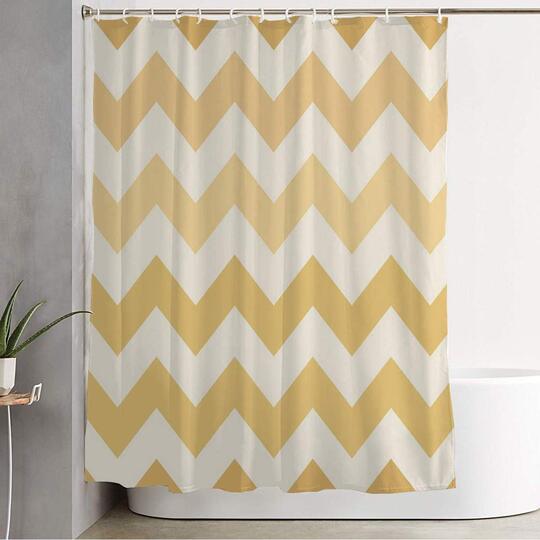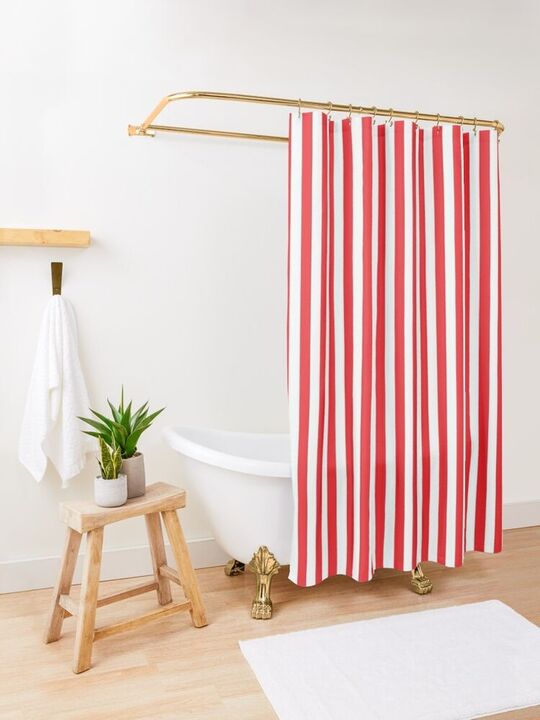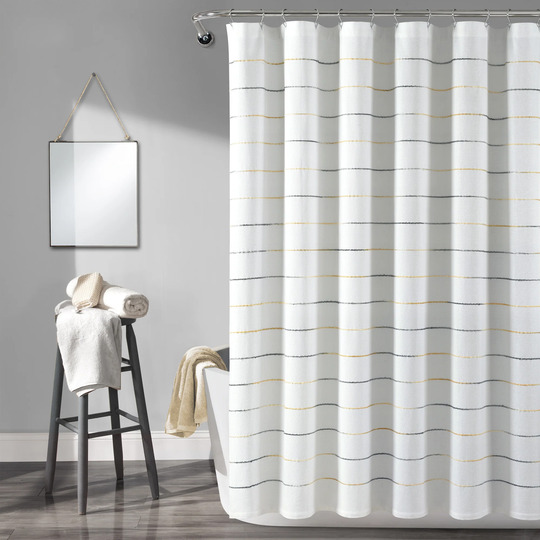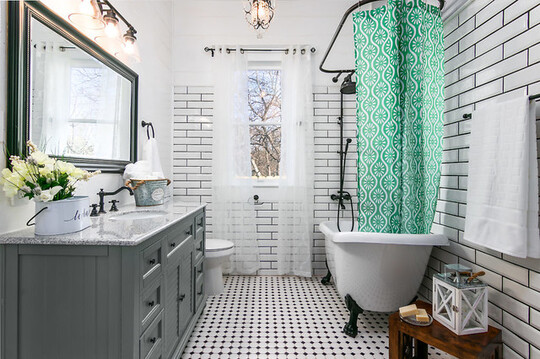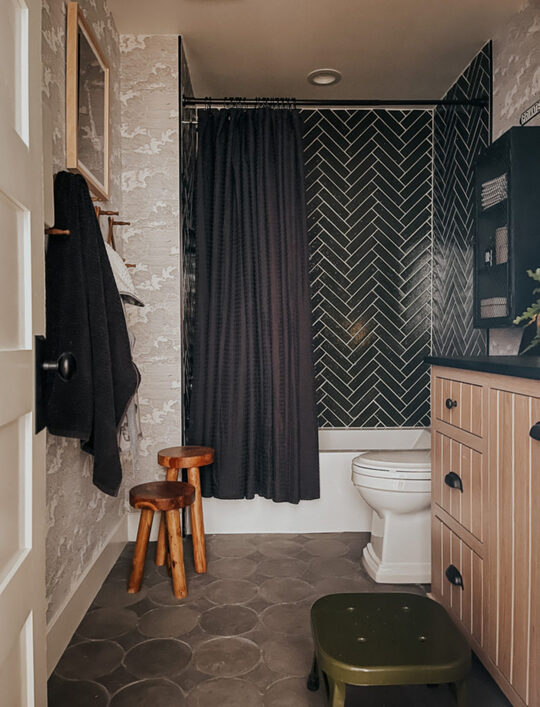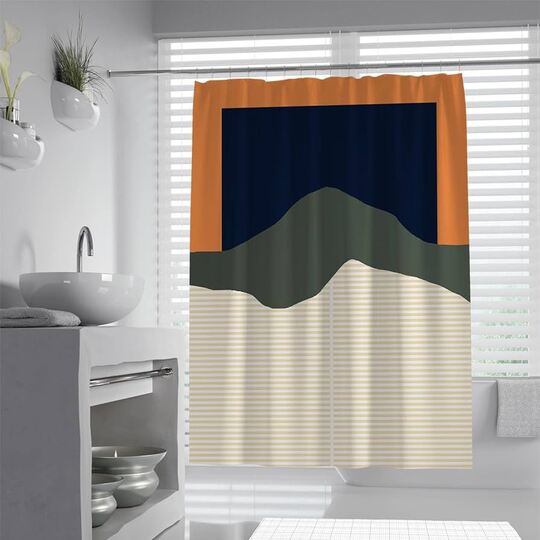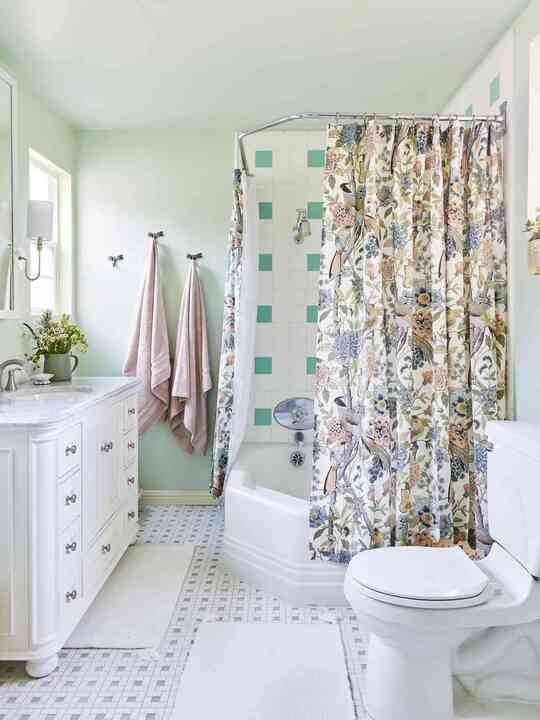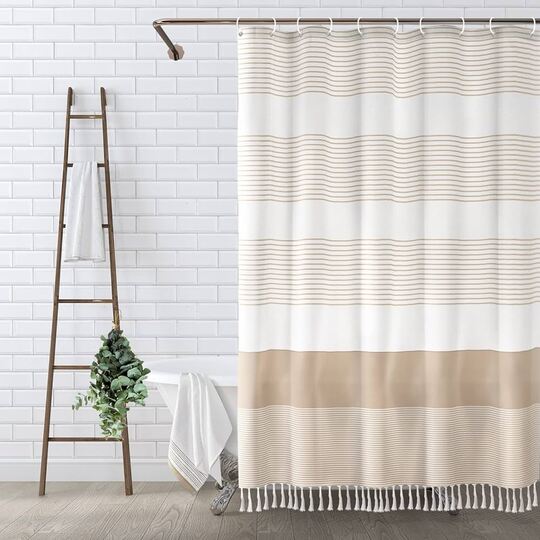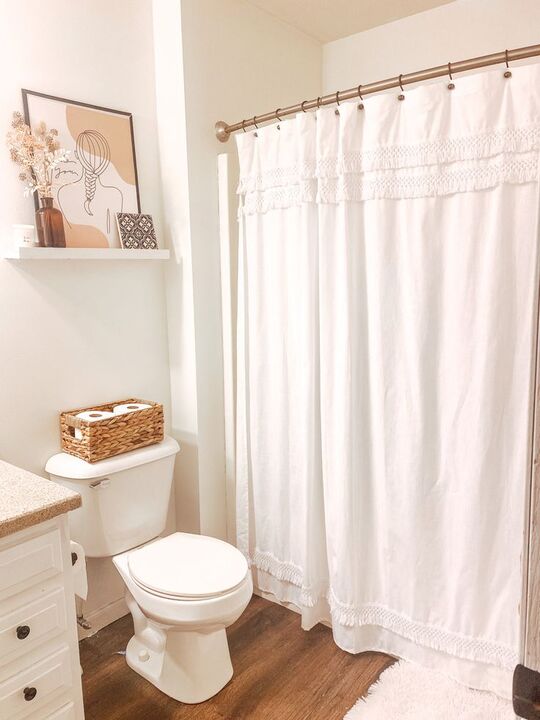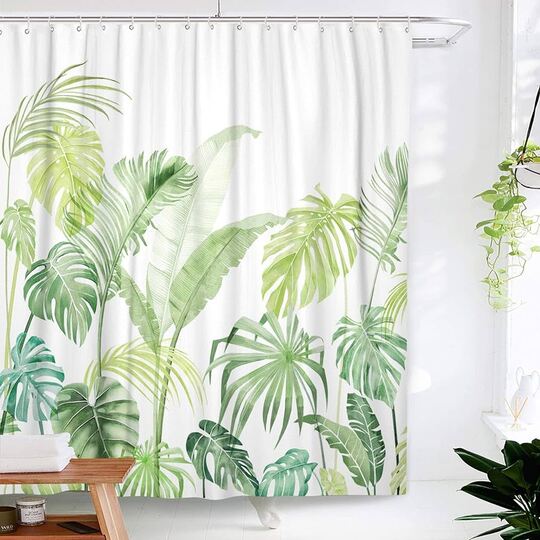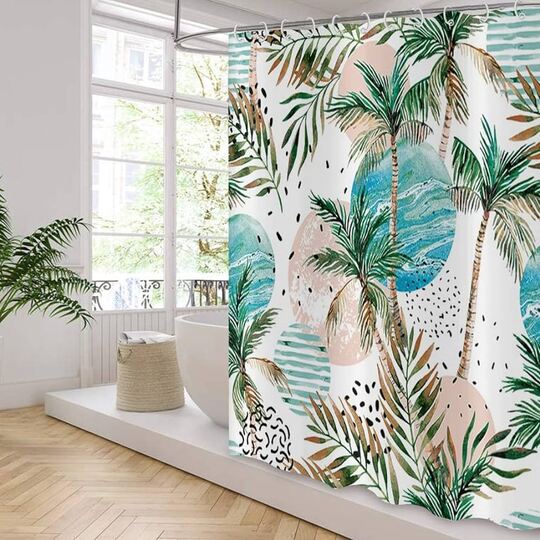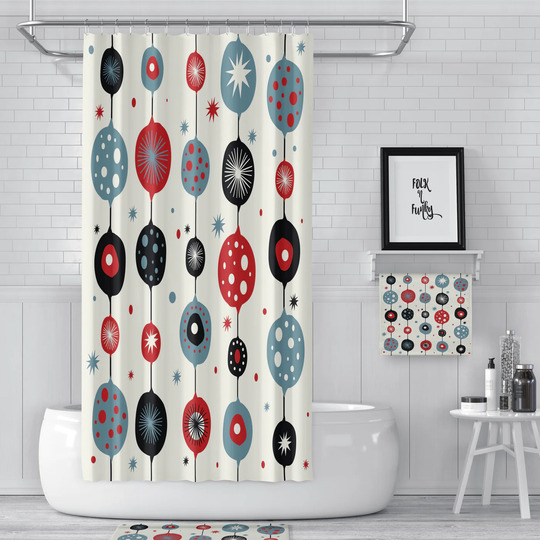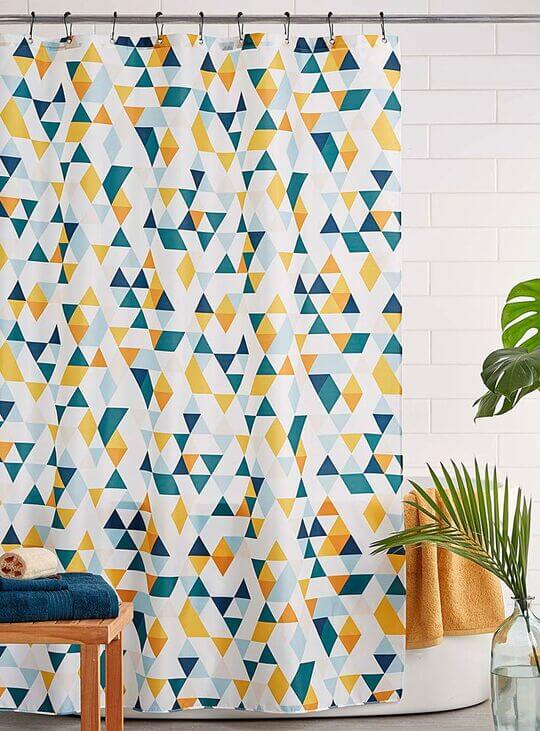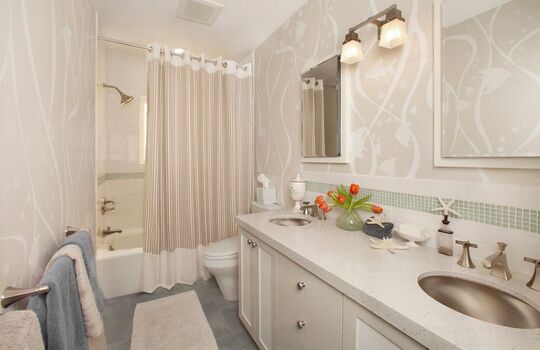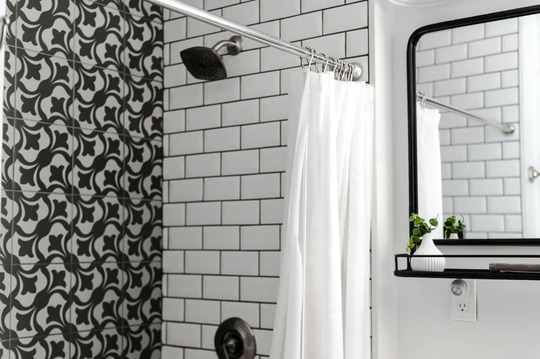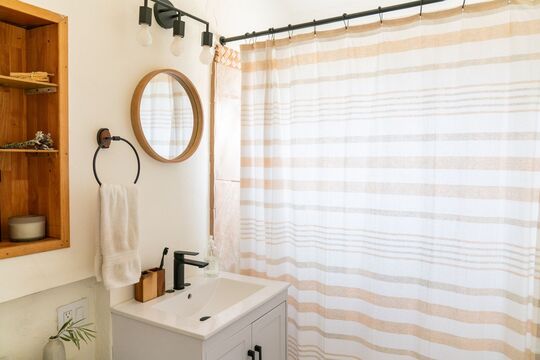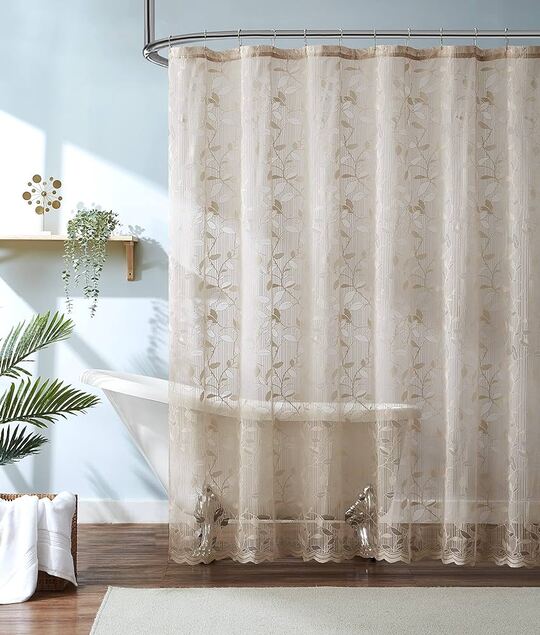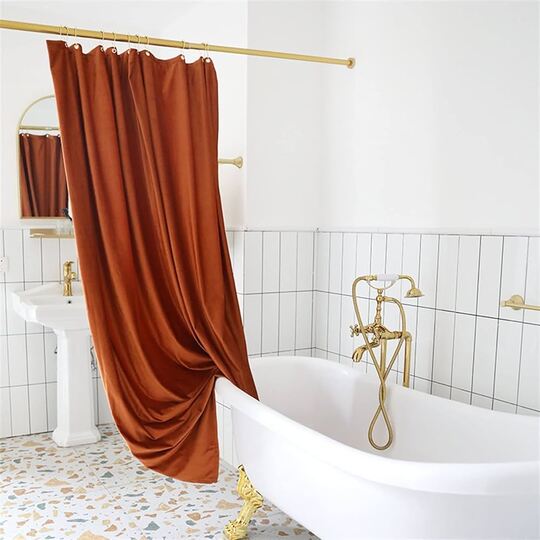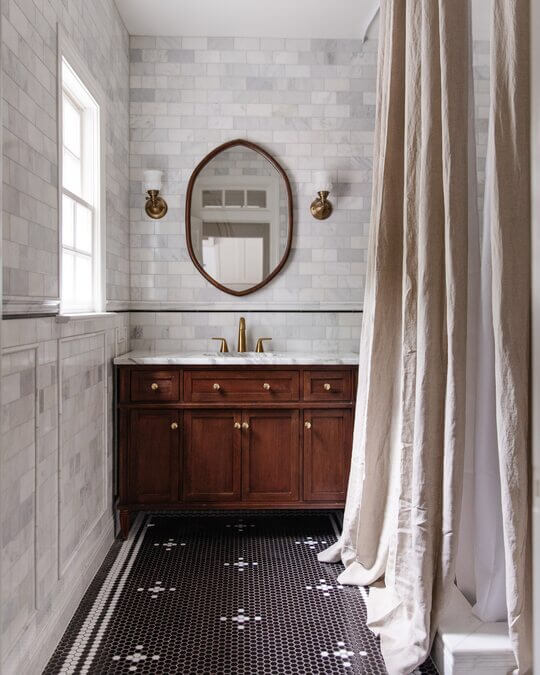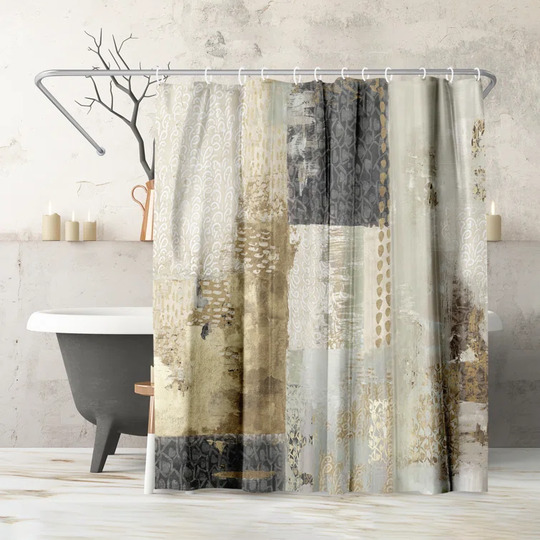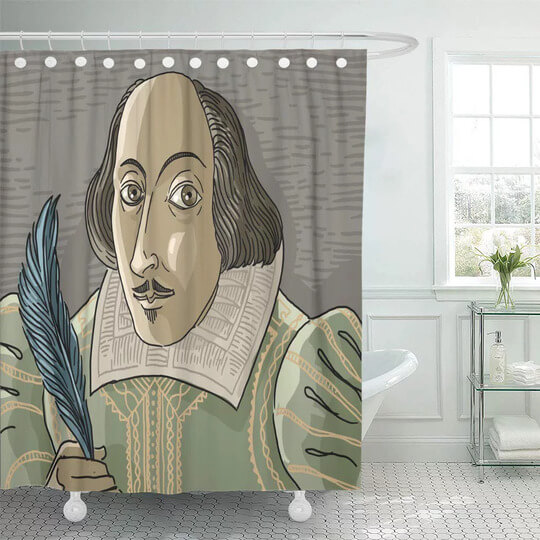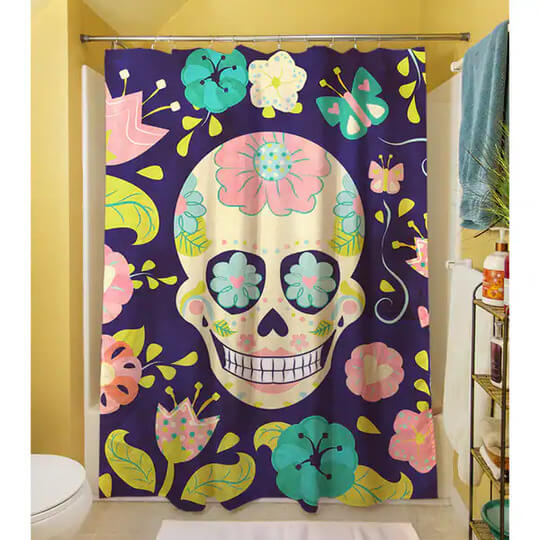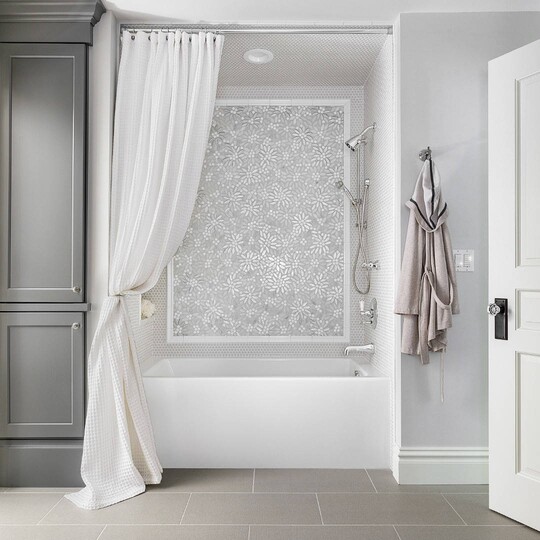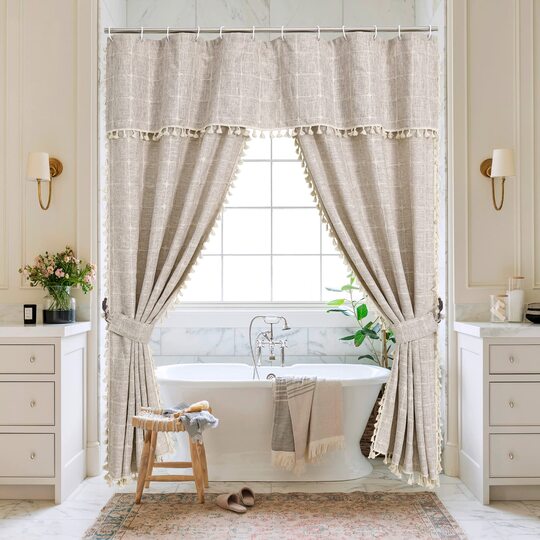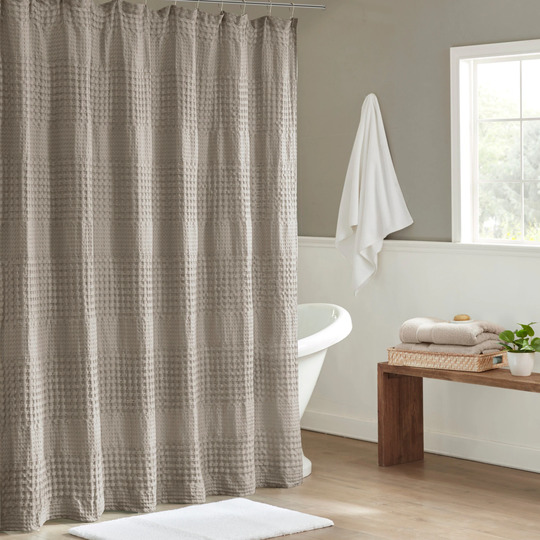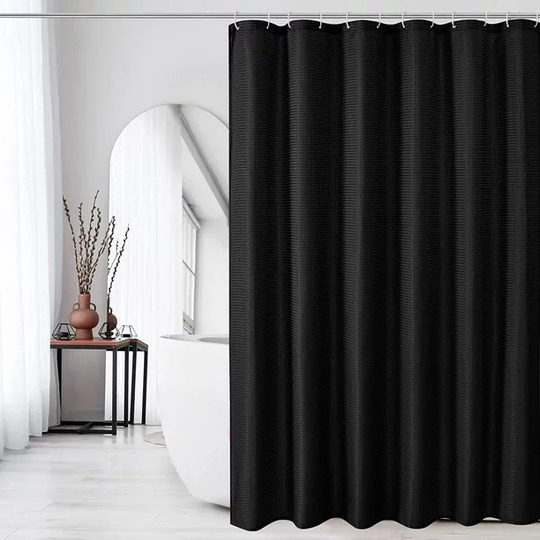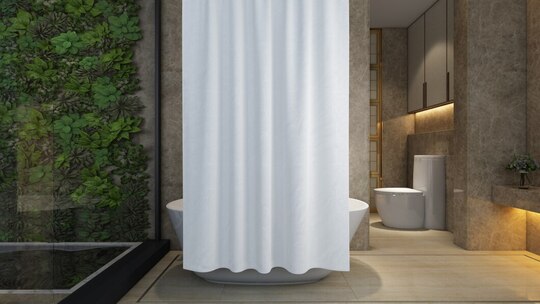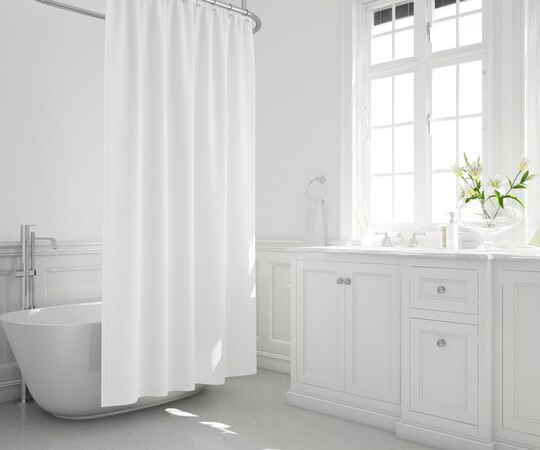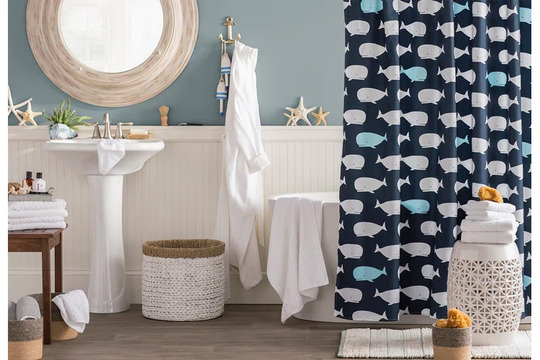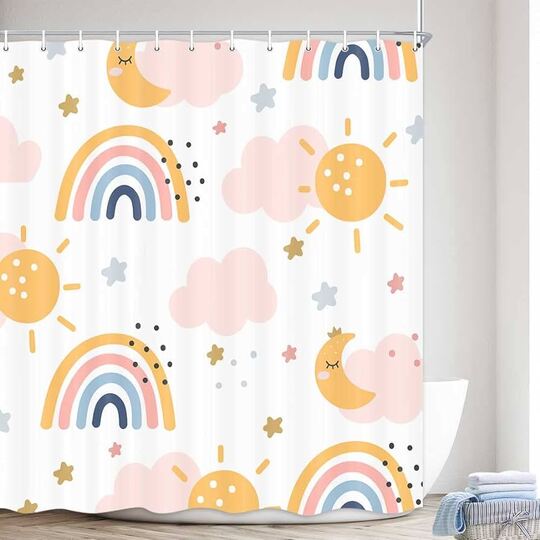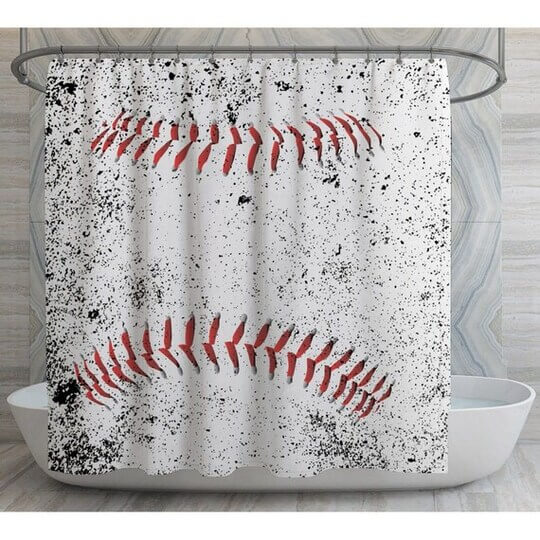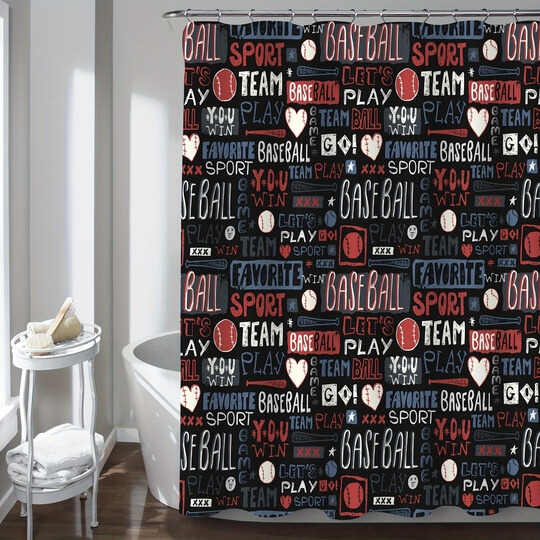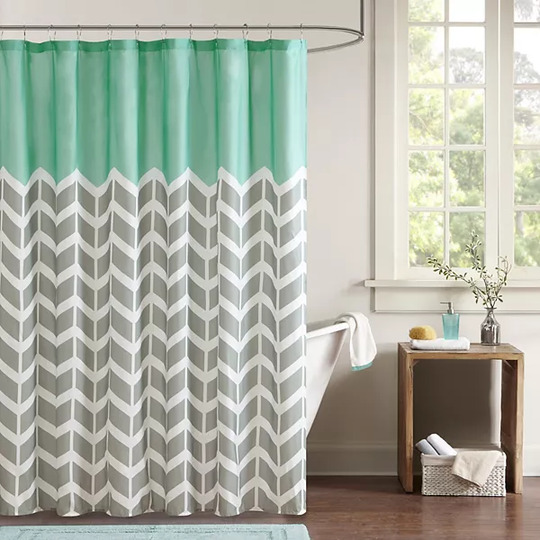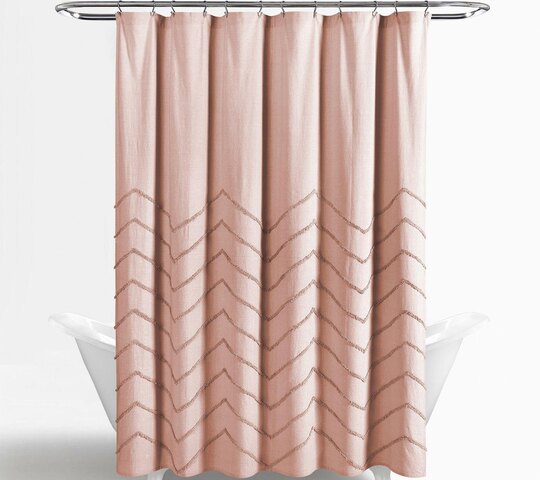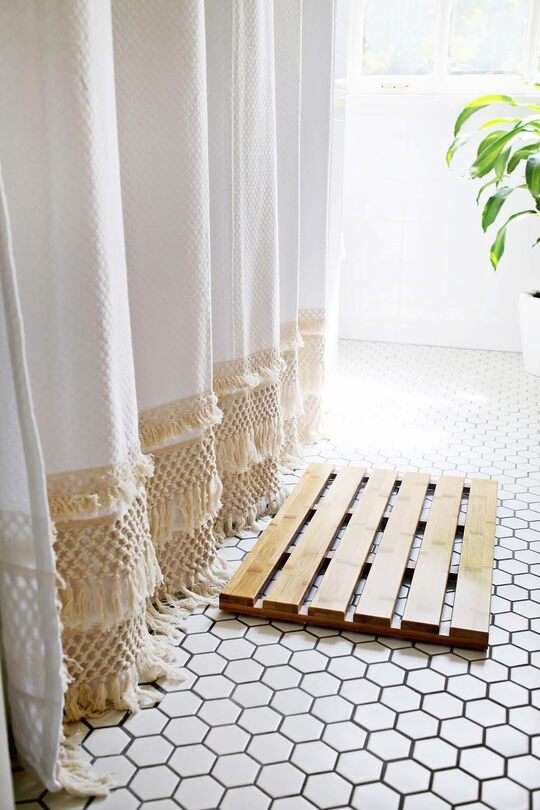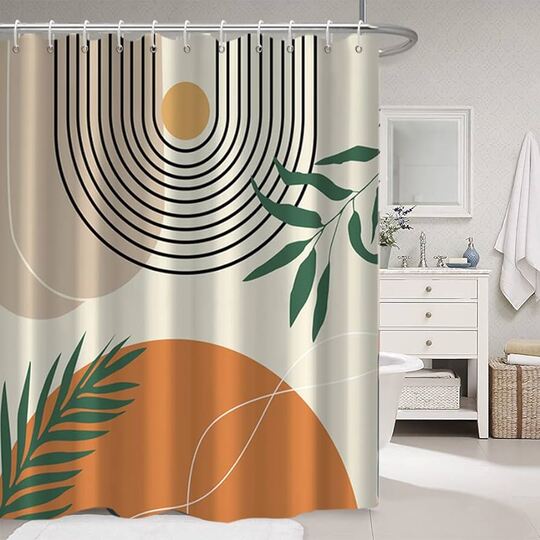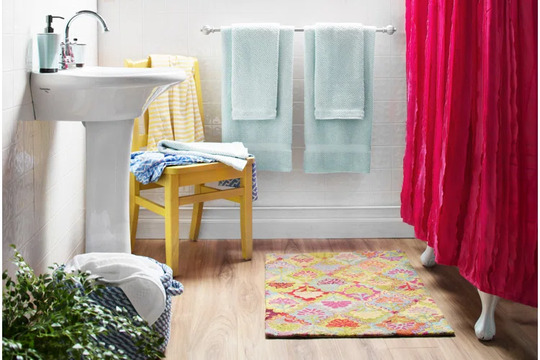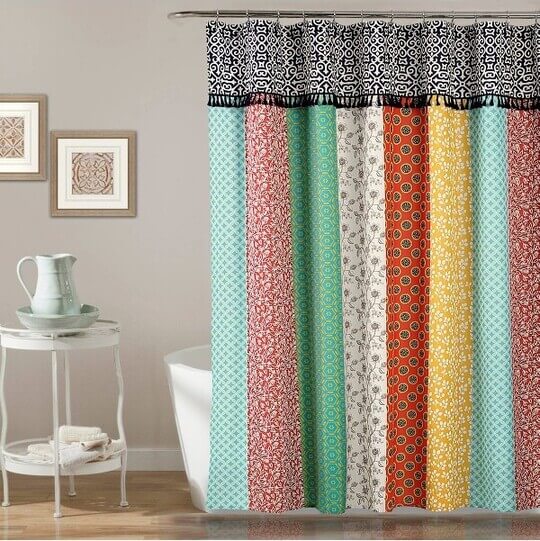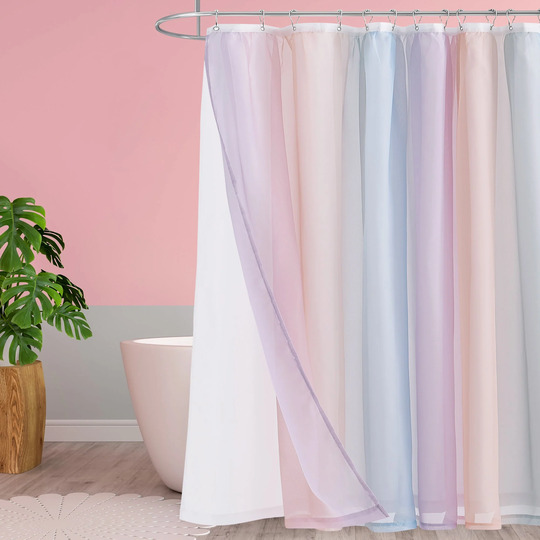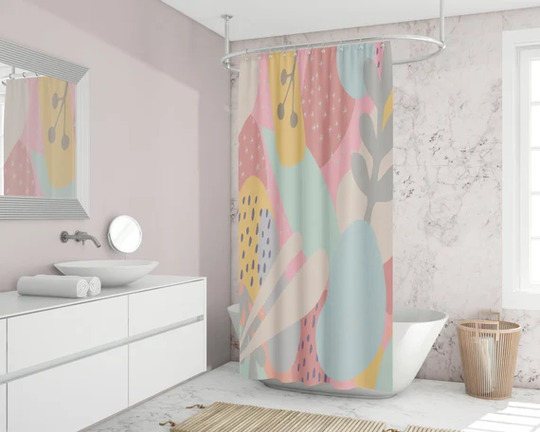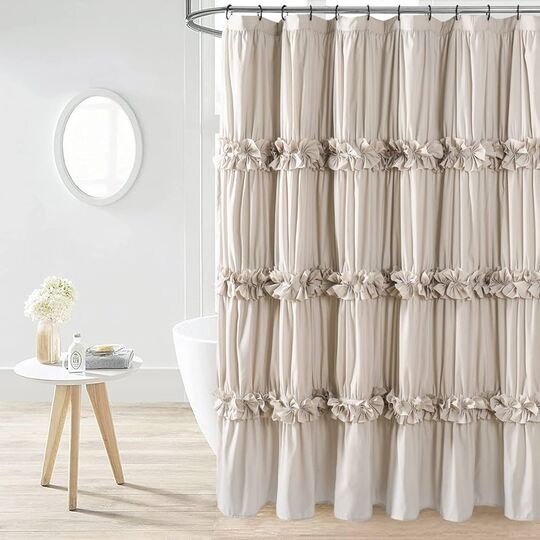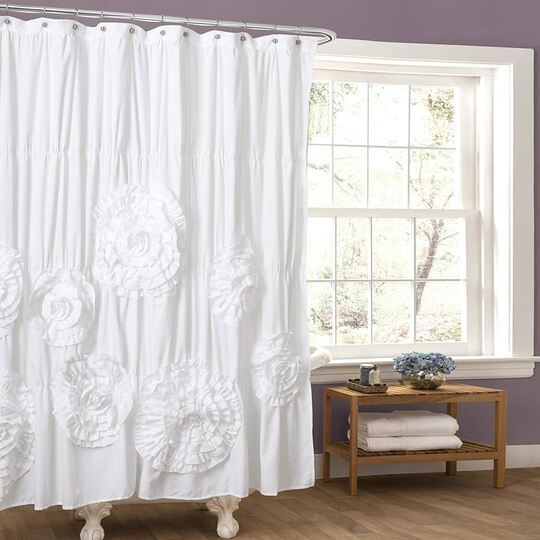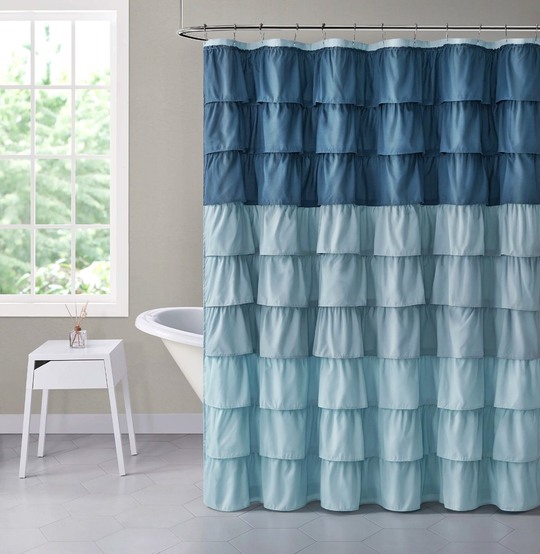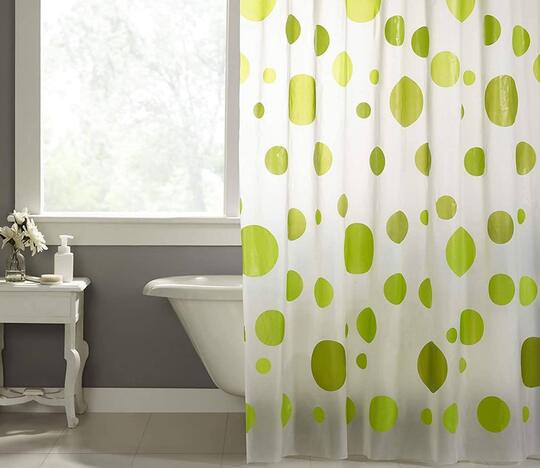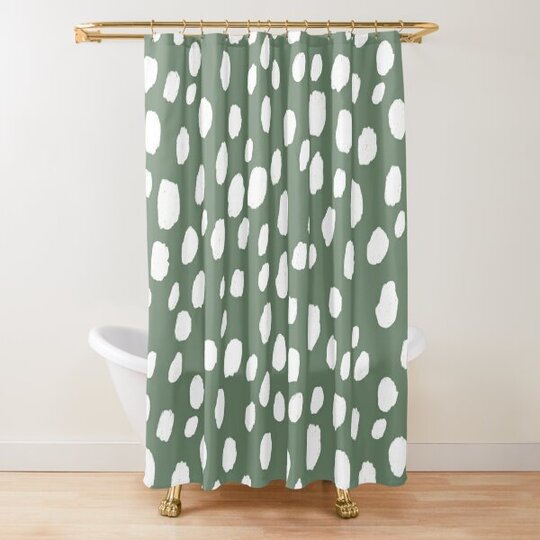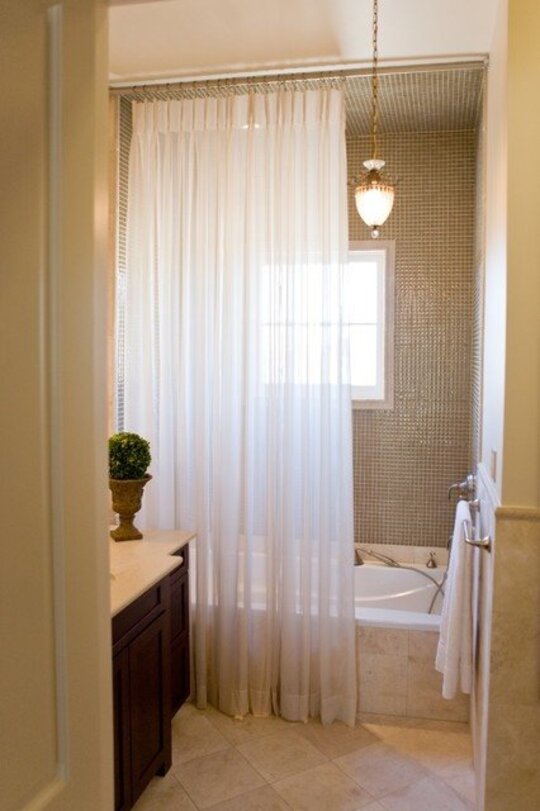The garage is a space that can be used in numerous ways, from a workstation to an extra storage area. However, just storing extra stuff randomly in this space will make it look messy and cluttered. This is why it’s vital to plan the layout to keep this place clean and organized!
So, even after parking your vehicles, there is some extra space remaining that you want to utilize, so keep reading. Today, I’ve gathered some of the best ways to maximize garage space efficiently. These amazing garage storage ideas on a budget will turn your ordinary garage area into something functional and aesthetic. With the help of these hacks, you can easily store tools, gardening gear, sports equipment, cleaning supplies, and more.
So, let’s get started with the list.
1. Wire Shelving
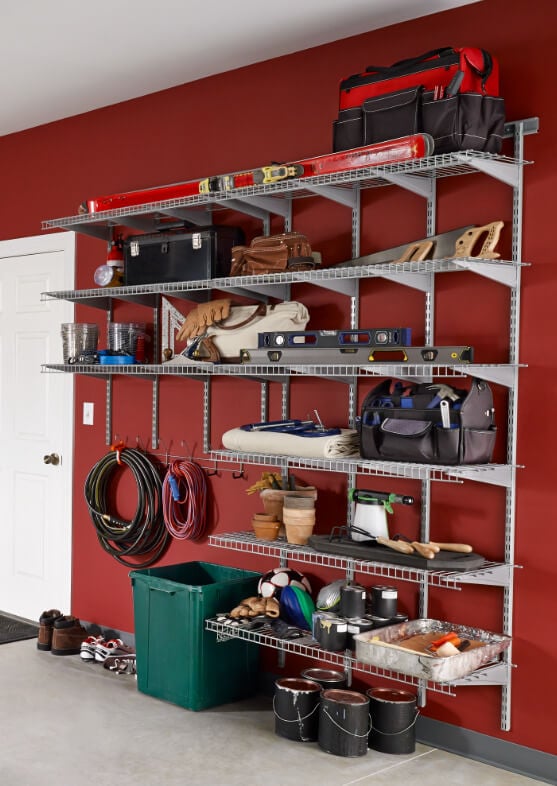
Let’s start with the simplest way to organize your garage: wire baskets. Instead of regular baskets, go with wall-mounted shelves. This will utilize the wall space and provide more floor space. Add wooden shelves to the wall and hang baskets with the help of hooks. You can use these wire baskets for shoes, tools, or any random stuff. They are great DIY garage storage ideas for the weekend project.
2. DIY Fishing Gear Storage

Do you love fishing? If yes, you’ll surely have fishing gear. Fish rods can get easily tangled, and it takes patience to untangle them. No worries, here is the perfect way to store them: build a pipe rack! This pipe has holes where you can put the fish rods and other gear. These storage ideas for garage are really helpful.
3. Pegboard Shelves
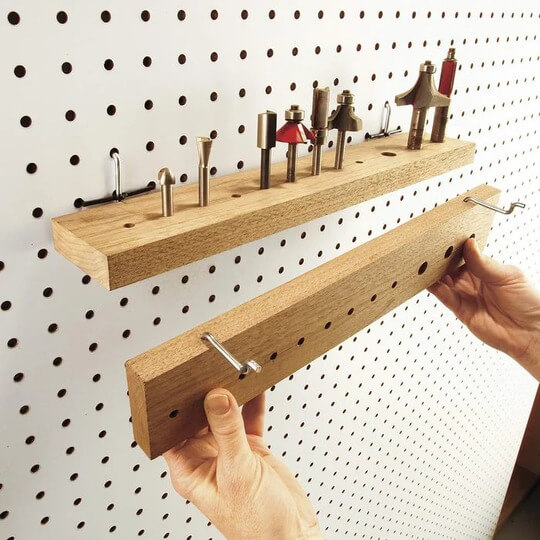
Pegboards have been used for storage for many years, and it’s a brilliant way to utilize the garage space. If you don’t have a large area, you can use just two pegs with mini wooden shelves. Now tightly put these sticks, hooks, or shelves on the board and use them to hang your supplies and stuff.
4. Stack Plastic Bins Vertically
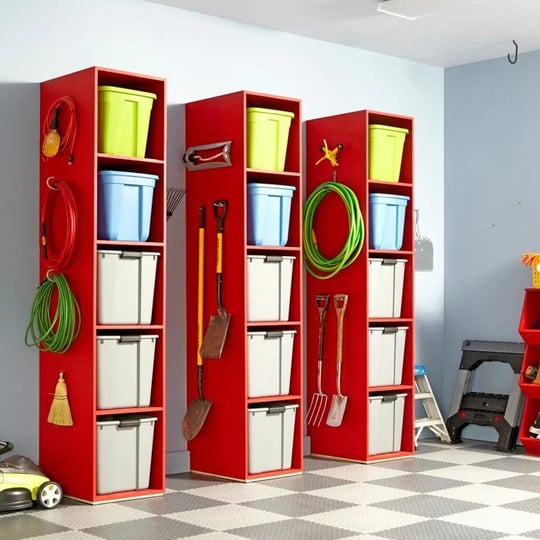
If you’re struggling with floor space in your garage, use the vertical space. Yes, look at these small garage storage ideas where plastic bins are vertically stacked. They’re easy to access and don’t take up any space on the floor. These are easy-to-build storage towers that are multi-functional. You can also add hooks at the side to hang pipes, ropes, or tools.
5. Canvas Storage Bags
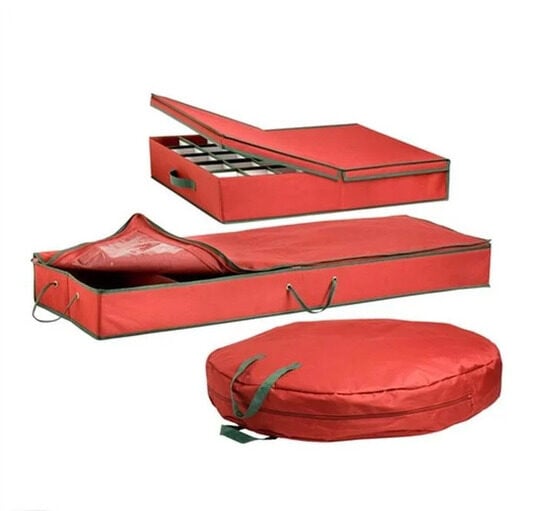
We often put out-of-season decorations in our garages. However, over time, these things can get dirty or get damaged unknowingly. This is why it’s better to put them in canvas storage bags or vacuum storage bags. From heavy artificial Christmas trees to bulky autumn wreaths, you can use these bags to protect them from insects and dust.
6. Garage Ceiling Storage
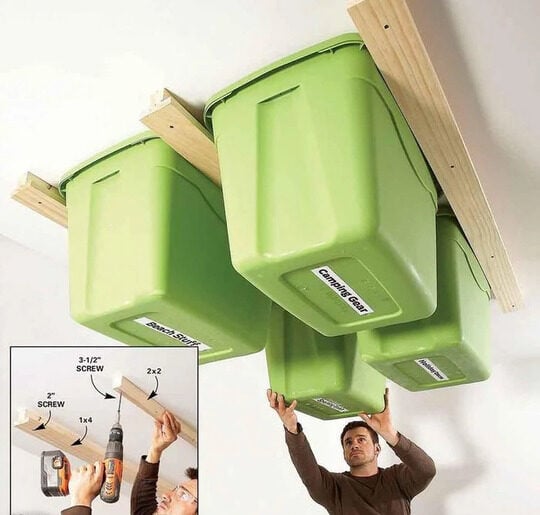
Just like the walls, you can also use your garage ceiling for storage. How? Take a look at the above image. Here, plastic bins are placed on a steel frame that securely holds the bins. You can put your seasonal decorations, camping gear, or sports equipment in them. This will be another fun DIY garage storage system that will bring more functionality to your garage.
7. Utilize Storage Tubes
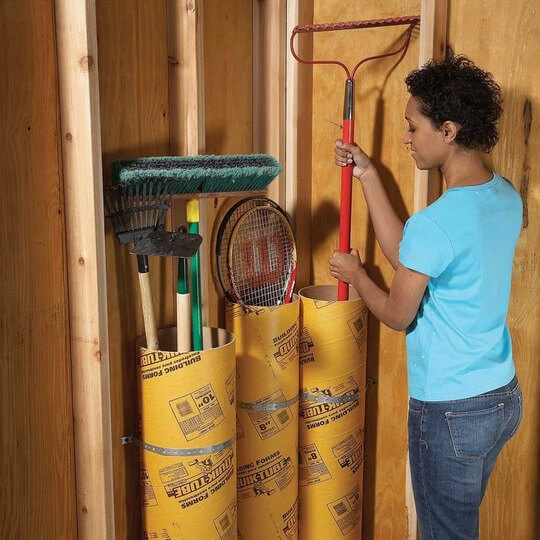
Sometimes, storing long and large tools becomes a challenging task. Worry not; here are fantastic DIY garage tool storage ideas! This is the tube storage made from cardboard concrete-forming tubes. In the above picture, you can see how neatly you can store your baseball bats, long-handled tools, or any extra supplies in these tubes.
8. Heavy Iron Rack
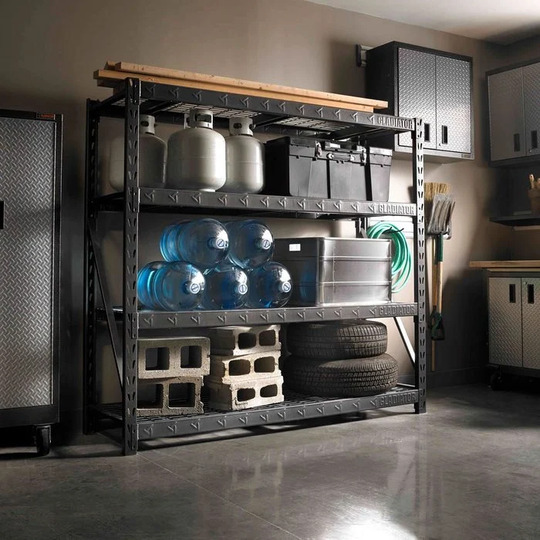
Do you have lots of heavy stuff that you want to store securely? If yes, get this gladiator shelving unit. This is made from high-quality and durable materials like iron and steel, which can hold up to 2,000 lbs. per shelf. These racks are available in various sizes, such as 48-inch, 60-inch, and 77-inch, so pick the one according to the ceiling height of your garage space.
9. Hang Bikes and Boats
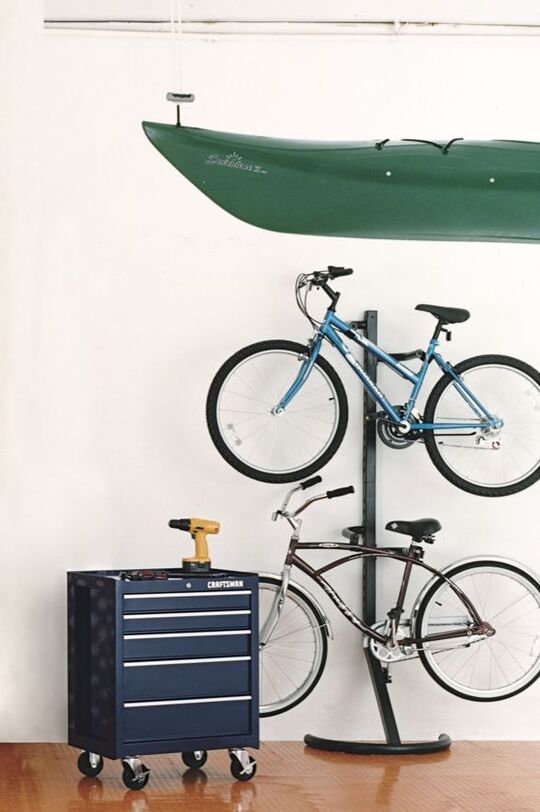
Have a small garage? No problem! Buy the hanging racks and put them on the wall to hang your bicycles, boats, ladders, and kayaks. Additionally, you can add plastic bins next to it to store helmets and other riding safety gear. Try these garage storage ideas now!
10. Mini Locker Room
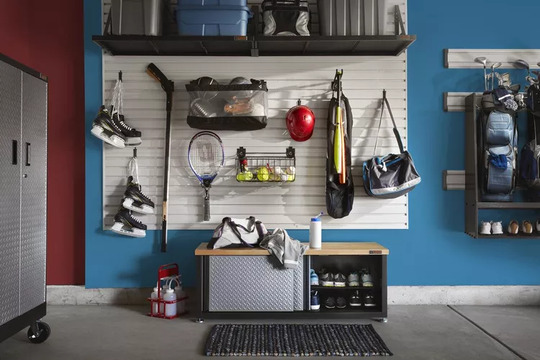
If your kids like to play sports or games, there will surely be plenty of stuff, including gear and tools. So, this time, instead of putting them anywhere in your garage, build a mini locker in the corner. This will keep your things safe and dust-free. You can store anything from gym bags and water bottles to helmets and hand skates.
11. Add More Garage Cabinets
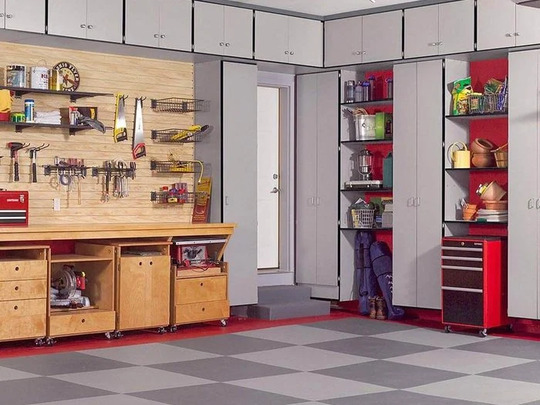
If you lack storage space in your garage, you can add more storage bins. This is quite obvious, isn’t it? But the real task is to put them strategically, meaning adding garage storage cabinets that will take less space but provide more space for storage! Take inspiration from the above garage storage ideas. Here, different types of storage units and solutions are implemented to maximize the garage area.
12. Corner Shelves
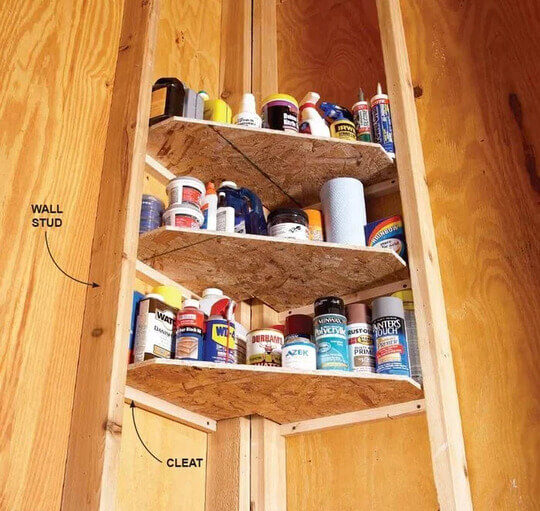
Sometimes, while adding more storage cabinets and wall-mounted accessories, we tend to forget about nifty corners. Yes, don’t leave this space empty and utilize it with garage corner shelves. These corner floating shelves can store a lot of stuff, such as glues, oils, waxes, and polishes. Moreover, they’re cheap and easy to build. You can use either scrap plywood you already have in your garage or buy wooden planks from the hardware store.
13. Rake Rack Garage Organization
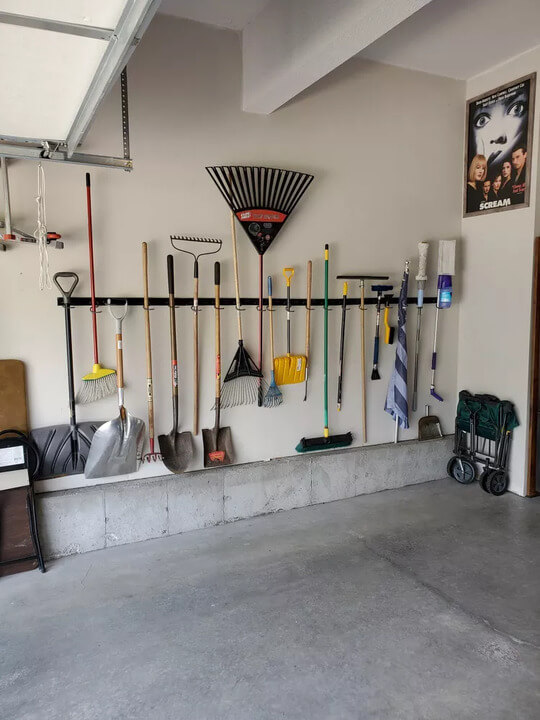
Just like a coat or hat rack is essential at the entryway of a house, the rake racks are a necessary element to add in the garage! Yes, many people struggle to find the right space to store rakes, dustpans, and brooms. Most of the time, they have been lying on the floor, taking up ample space. This storage method has a separate wall-mounted space for these useful tools.
14. Double-Duty Shelf Brackets
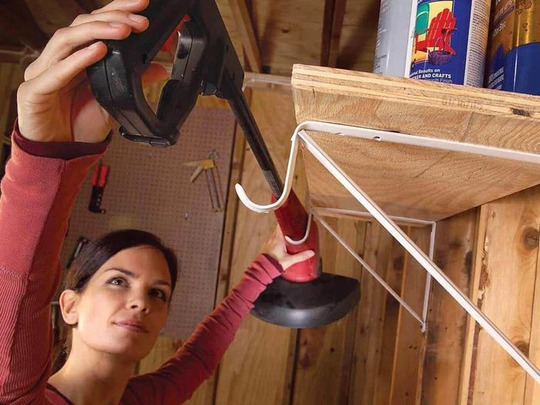
If you’re planning to add floating shelves to your garage, add these types of brackets or hooks with them. These double-duty shelf brackets and rod-holding hangers are quite helpful in workshops and garages. Put two hooks on one floating wooden shelf for support, and they can easily hold heavy items.
15. Ceiling-Mounted Shelves
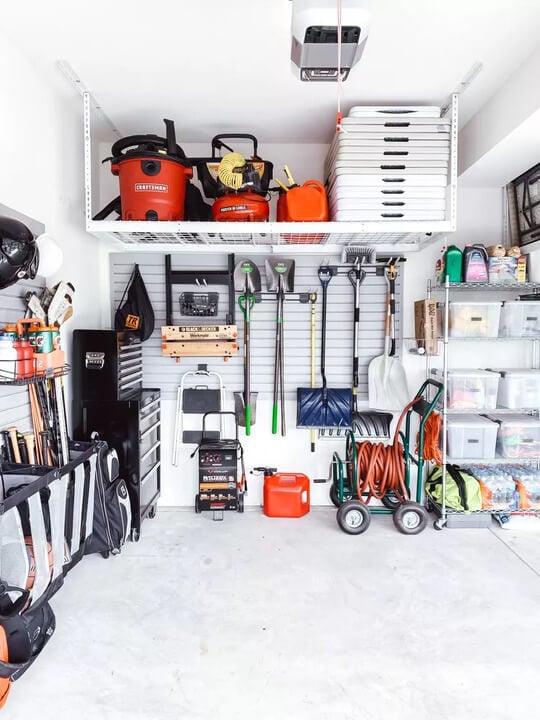
Are you searching for simple and quick garage storage ideas? This idea is for you! All you need to do is buy ceiling storage racks and install them on your garage ceilings. These overhead garage storage ideas are the perfect place to store all your camping gear and equipment.
16. Built-in Garage Storage
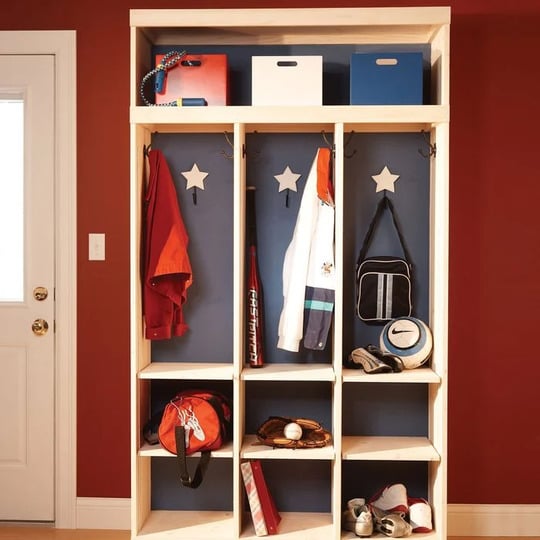
Do your kids enjoy playing soccer? If yes, make their dream come true by converting your unused garage space into a dedicated sports equipment storage space. From sports accessories to clothes, these built-in storage units can be used to store anything. This will help to keep everything in place, minimizing the clutter.
17. Garage Shoe Storage Ideas
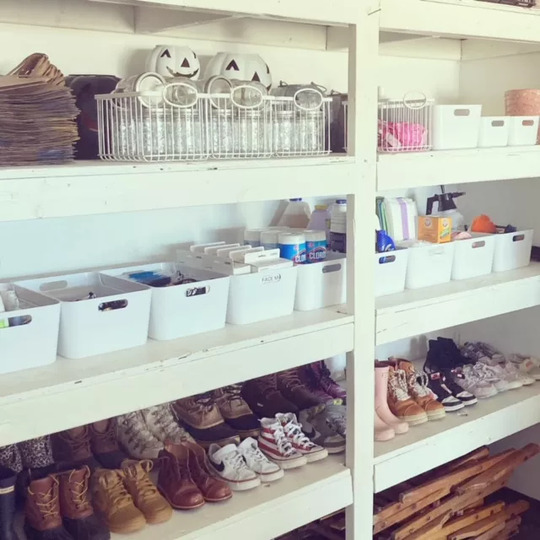
If you have a good collection of shoes at home but no place to store them, use your garage! Transform your old garage into a shoe storage system with these types of open shelves or closed cabinets with transparent covers. This will neatly organize and make it easy for you to find your shoes.
18. DIY Customizable Wall Storage System
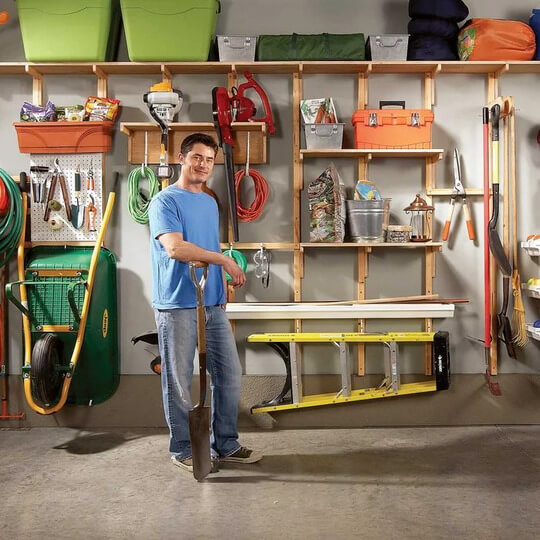
If your garage is in a weird shape or size, or you feel no single storage works for your space, try building customizable wall storage ideas. For example, this one contains various types of baskets, bins, and wall storage to keep tools, ladders, and other random stuff. The best thing about this is that you can build it in a day or two without spending too much! So, if you want to save hundreds of dollars while maximizing your garage space, try this now.
19. Long-Handled Tool Rack Design
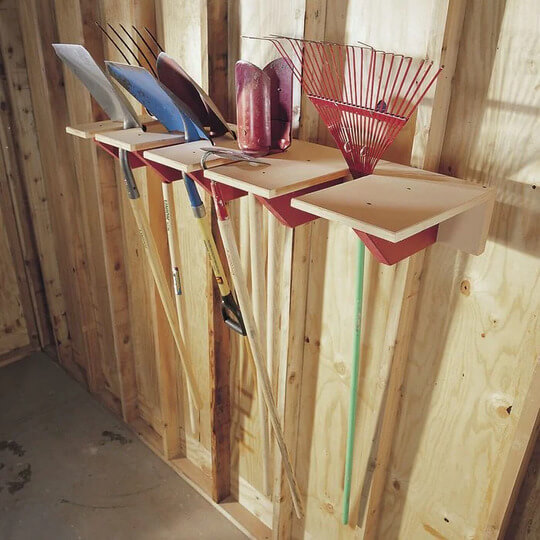
The next garage storage idea is this simple DIY project, which can be done in a day. It is perfect for hanging long-handled tools like shovels, rakes, and a sledgehammer. This will provide easy and flexible access. It looks like a floating shelf with empty spaces in between to store tools conveniently.
20. Labeled Garage Storage
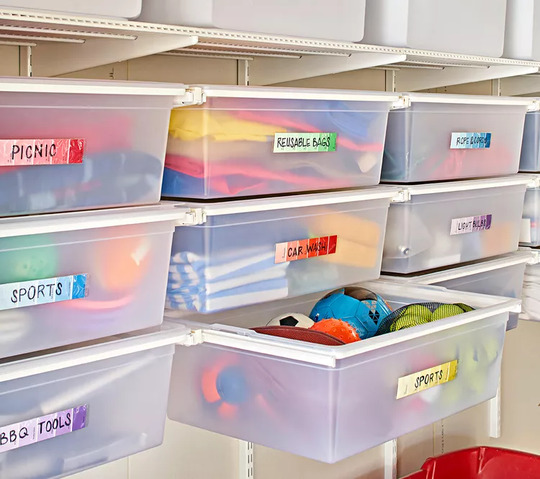
Another tip for you while keeping your things in your garage storage is to put labels on everything. You may remember when you kept things, but after some time you will completely forget where you kept your things. To save your precious time, put colorful labels on the bins, sliding drawers, and cabinets.
21. Clutter-Hiding Cabinets
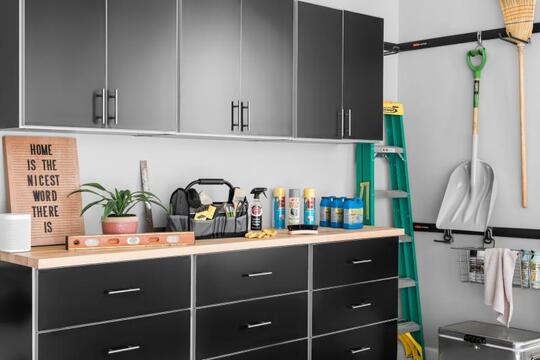
Whether it’s your bedroom or garage, a messy and untidy space always looks unpleasant to look at. This problem can be easily tackled by using clutter-hiding wooden cabinets. These types of garage storage ideas are both functional and practical. This way, you can maximize the space while keeping all the mess out of sight and keep your garage in good shape.
22. All-in-One Garage Workstation
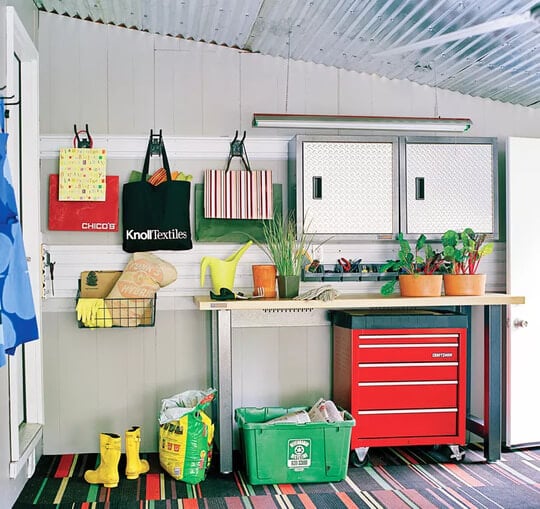
No matter whether your garage is small or large, you can make it more functional and space-efficient. All you need to do is use your imagination and creativity to create the perfect storage space. Let’s take an example of the above space where a large work table, a steel rack, and overhead cabinets have been installed. Similar to this, you can also add wall-mounted hooks to hang aprons and bags. A rug has been added to the hard flooring to make it comfortable to walk on.
FAQs
Add storage solutions like overhead storage racks, hanging organizers, and wall-mounted shelves to maximize your garage space.
You can use small boxes, pegboards, or magnetic strips to keep tools organized and easily accessible.
To keep your holiday decorations and seasonal items organized and accessible, use clear plastic bins, overhead wire baskets, and built-in cabinets.
Final Thoughts
So, these are the best garage storage ideas. The key to creating an organized and tidy garage is to add all types of storage solutions, including shelving, cabinets, built-ins, and wall organizers. It also requires proper planning and design. You should consider your garage size, shape, and the things you want to store. On the basis of these factors, you can either go with DIY garage storage ideas or ask professionals to remodel your garage for you. Go with a plan that offers plenty of storage with quick access and convenience.
Explore Further


